Cold exposure, joint pain, and injuries

Why you should layer up this winter...
You probably know someone who claims that when they feel a certain ache in their knees, they know cold weather is coming. (Or maybe you are that someone!) While it’s fair to be skeptical, studies actually show that cold weather does significantly impact our joints. A quick look at Reddit shows many people complaining about knee pain when cold weather hits.
Studies have shown that occupational cold exposure can lead to musculoskeletal disorders in workers. But it’s not all about work – even in play, cold can cause more injuries. Take skiing and snowboarding, for example. Though it’s hard to state definitively how many injuries accrue per year from skiing and snowboarding, in 2017 it seemed that there were approximately 7000 annual hospital admissions in the US alone. Skiing and snowboarding are obviously considered very high risk sports, especially because of the speed and unpredictable outdoor conditions required. But when taking a closer look at Alpine skiing injuries, studies have shown that temperature plays a part in the high volume of injuries.
In fact, an article in Physical Therapy in Sport from 2017 asked why ACL injuries, which are some of the most common knee injuries in sports, occur even more frequently in the cold. This particular study looked at ten healthy female athletes, which they believed would be more severely impacted (perhaps because of a study from 2011 that found, when comparing injuries between the two sexes, a higher number of injuries). Put very simply, what they found was that “cold knee flexor muscles” operated at a “reduced capacity,” and this meant that the also cold hamstring muscles had less of a chance to counteract opposing force, causing ACL strain.
What actually causes injuries in cold weather sports?
Since “muscles operating at a reduced capacity” is rather vague, let’s look at what actually leads to these cold weather injuries. Of course, this phrase is also vague because there’s a number of variables depending on the activity. For example, cold weather athletes that work at higher altitudes, such as skiers, snowboarders, and mountaineers or climbers, have other conditions that their body must battle, like hypoxia (low oxygen availability in the blood). Even at a mild level, the difference altitude makes in oxygen levels can add to the strain muscles feel from cold weather to begin with.
First, studies have shown that cold exposure, even very little, often resulted in a reduction of balance and strength for athletes. They also have shown that cold temperatures reduce endurance. Cold exposure can also lead to an impairment in cognitive function: reaction time, reasoning, attention, information processing, and memory can all be affected.
How to prevent injury in the cold:
It might sound like cold weather sports are too dangerous to undertake, but that’s of course not the case. People have lived in cold geographic regions for thousands of years, and have enjoyed outdoor winter recreation for a significant portion of it. Inclement weather just means that active people need to take more precautions to keep themselves – and their joints – safe.
Though while you’re enjoying your winter sports like skiing, snowboarding, skating, snowshoeing, or even running, you might want to keep these tips for optimal joint health in mind. They mostly come from peer reviewed research in an article from the International Journal of Environmental Research and Public Health (2021).
- Put lots of time into your warm up: Warm ups are always crucial, but never more so than in cold conditions. Getting your blood circulating well and your muscles and joints limber is essential to make sure everything is working out in the snow.
- Keep moving, even during short rest breaks: Try to fight the urge to sit or go otherwise sedentary, even if you come inside from the cold for a bit. You don’t want to waste all the warmth and extra circulation you’ve generated while doing your warm up and the first bits of activity, either having to start all over or risk injuring cold muscles.
- Wear proper clothing: according to the IJERPH, “athletes should consider adequate clothing during the entire time of exposure (i.e., during exercise as well as during breaks) to prevent significant falls in skin temperature.” The authors note that during activity, some winter sport athletes might be reluctant to wear extra layers, fearing the reduction in movement or alteration in balance. That’s why it’s essential to choose the best base layer for skiing, snowboarding, or whatever outdoor sport you love to do.

What makes the perfect base layer?
If you like to be active outside during the winter, you know the importance of a good thermal base layer. But what exactly makes a good thermal base layer?
According to the IJERPH, cold weather athletes should choose clothing that:
- does not retain moisture during warm-ups
- has high insulative value
- and is highly wickable
Meet the pants that have been called the ultimate skiing base layer:

Like the IJERPH recommends, Bracelayer’s knee compression pants are:
- built on moisture-wicking Stabiluxe™ compression fabric
- Available in insulated, thermal designs that have both fleece lining and thermal technology in their Stabiluxe™ fabric.
These are compression pants cold weather can't seep through! They also are available in bootcut length – so skiers and snowboarders, rejoice! No more rolling your plain base layer leggings up over your ankle to fit into your boots. Bracelayer’s Alpine bootcut pants were designed with you in mind.
And the main bonus? Bracelayer’s compression pants have built-in knee support, thanks to our unique Tri-Tech layer! Skiers knee is now a thing of the past!

Protect your most vulnerable joint on the slopes with the thermal support layer you didn’t know you needed.


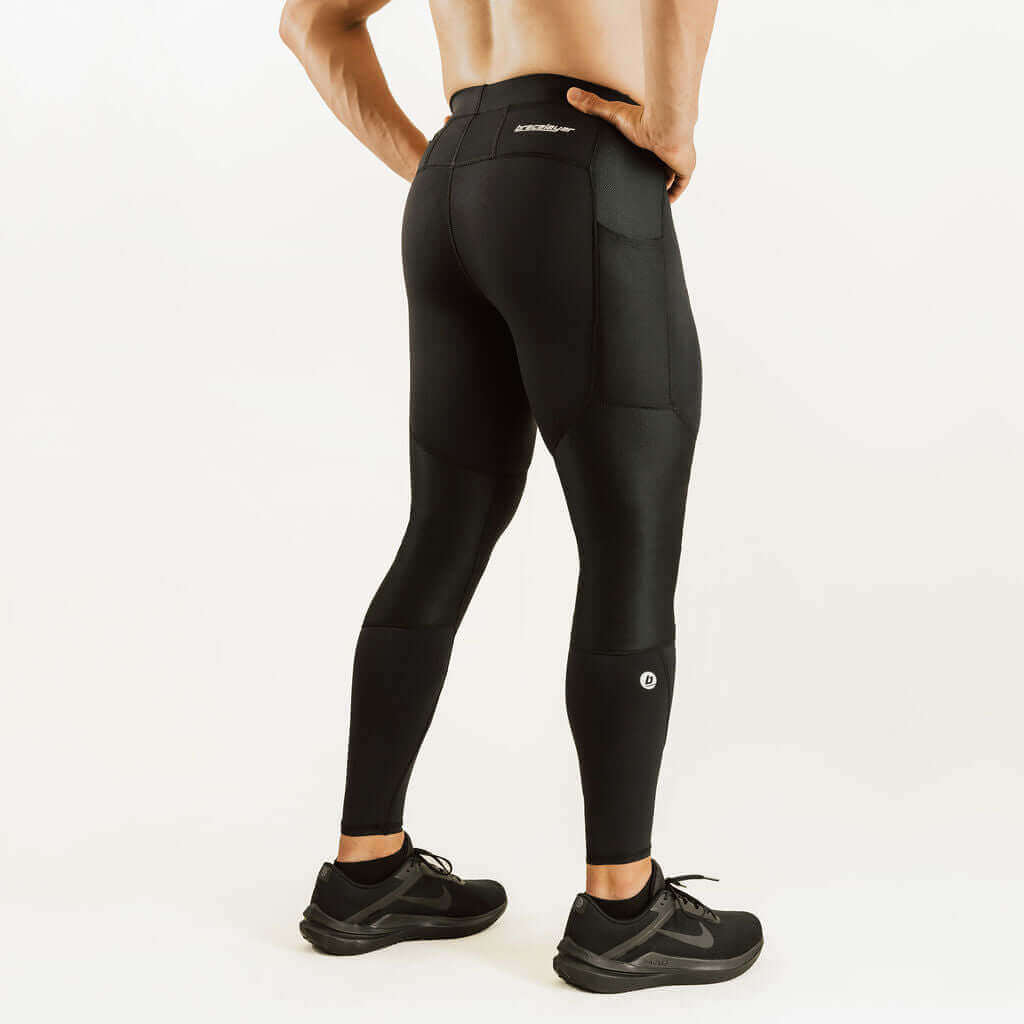




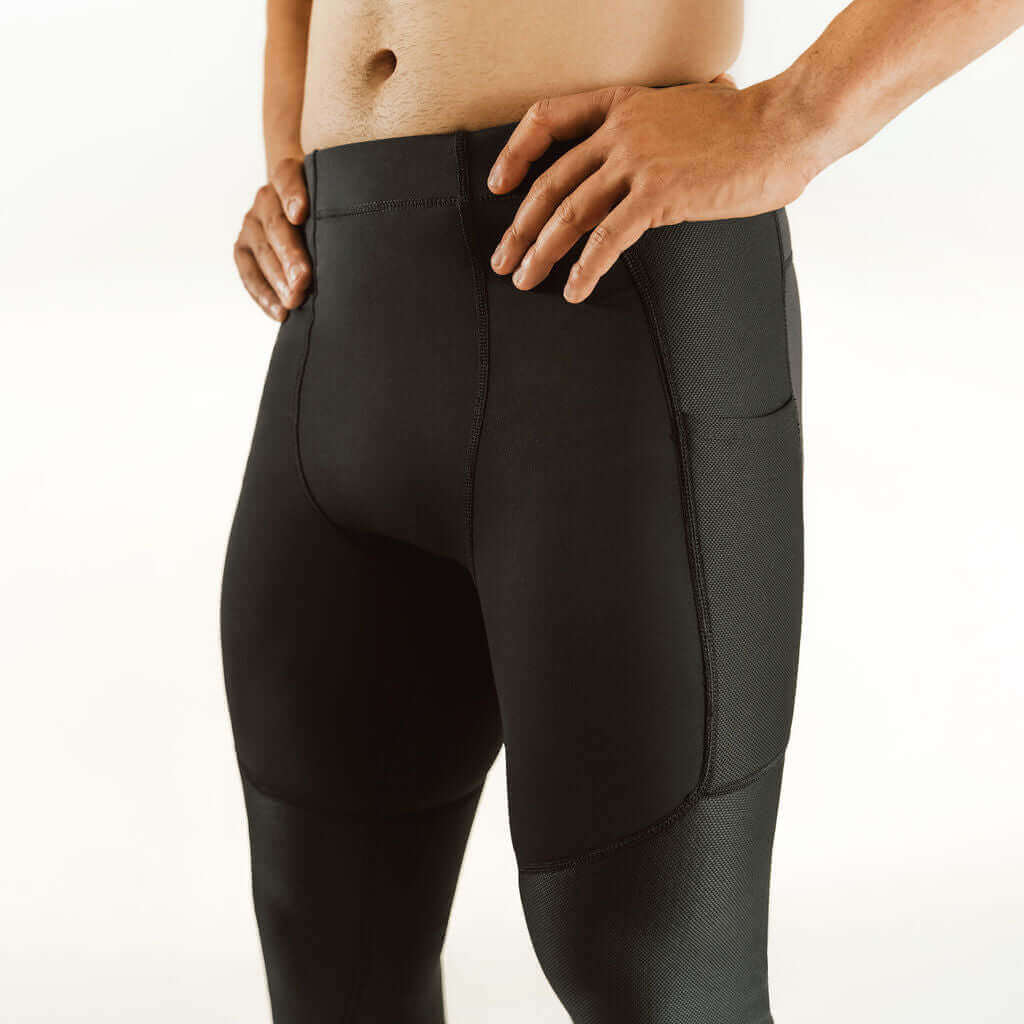
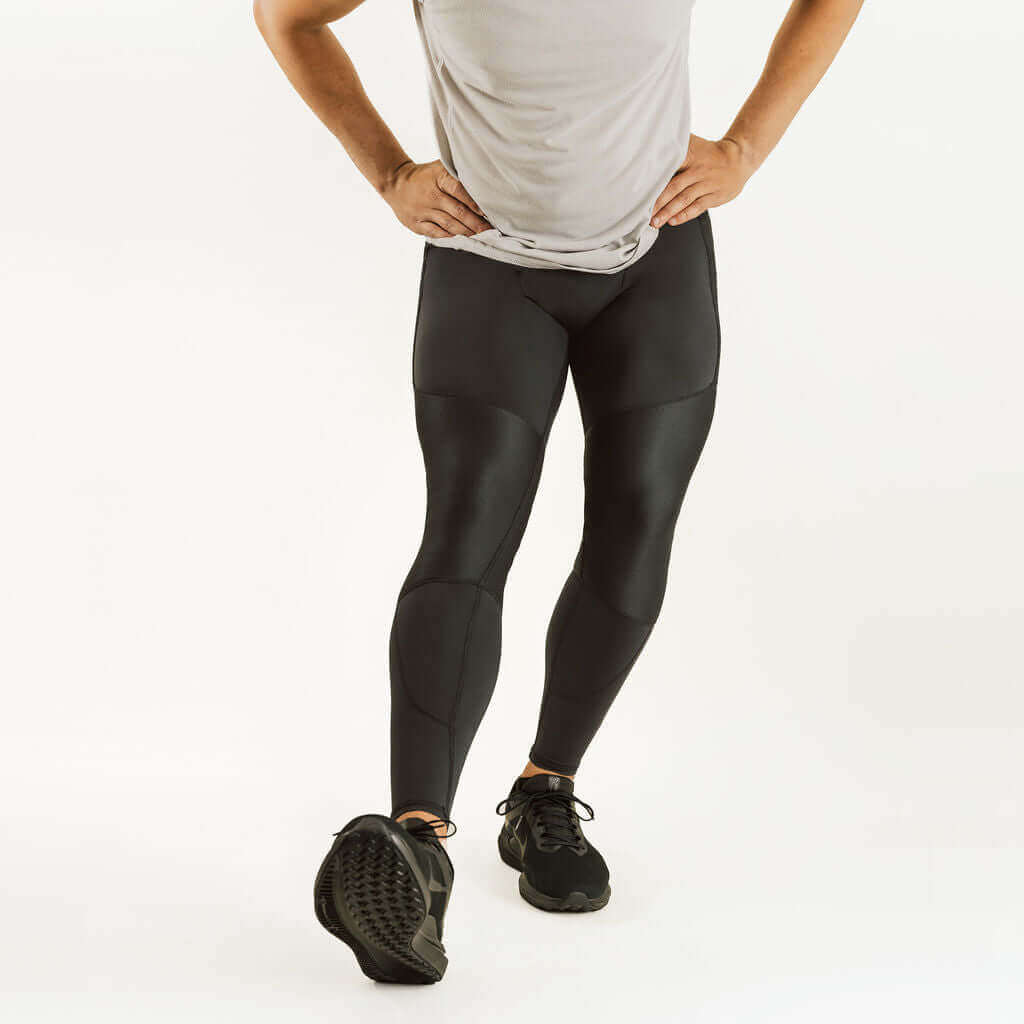
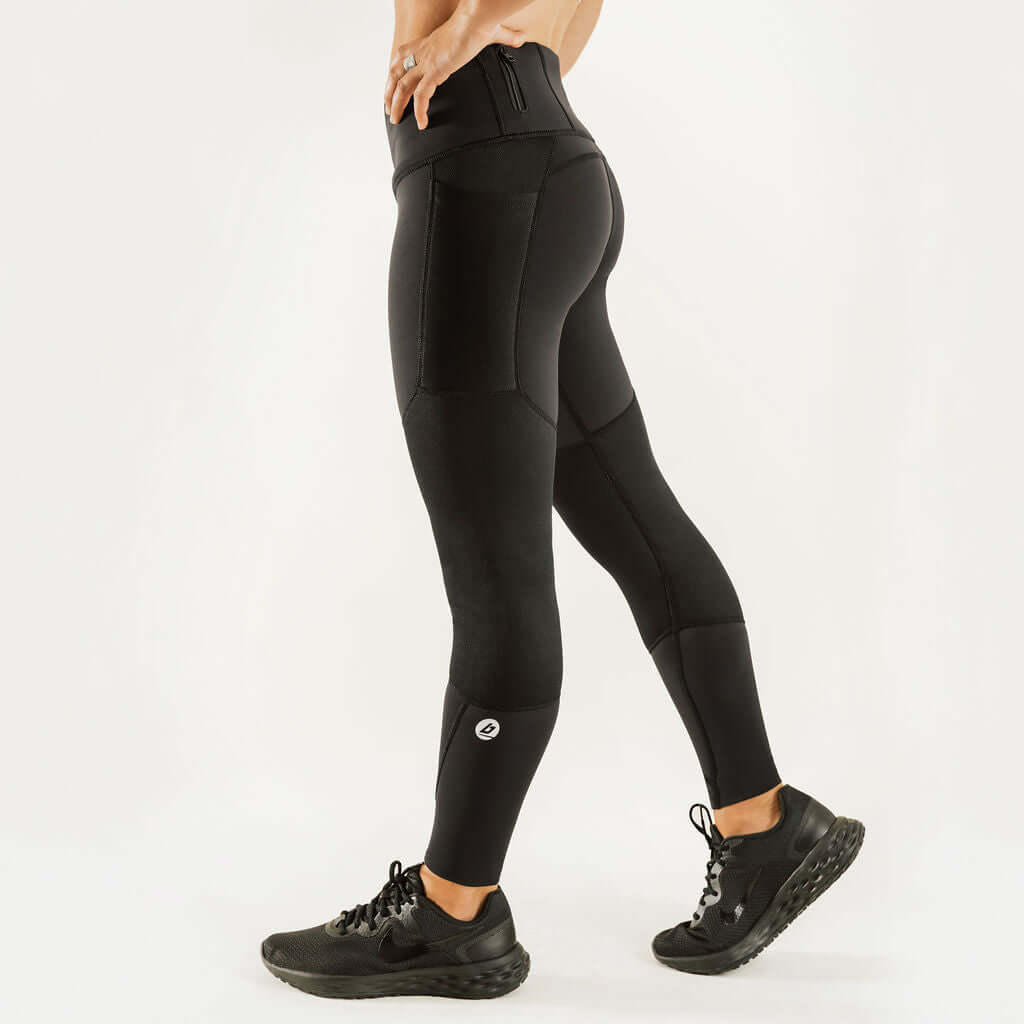

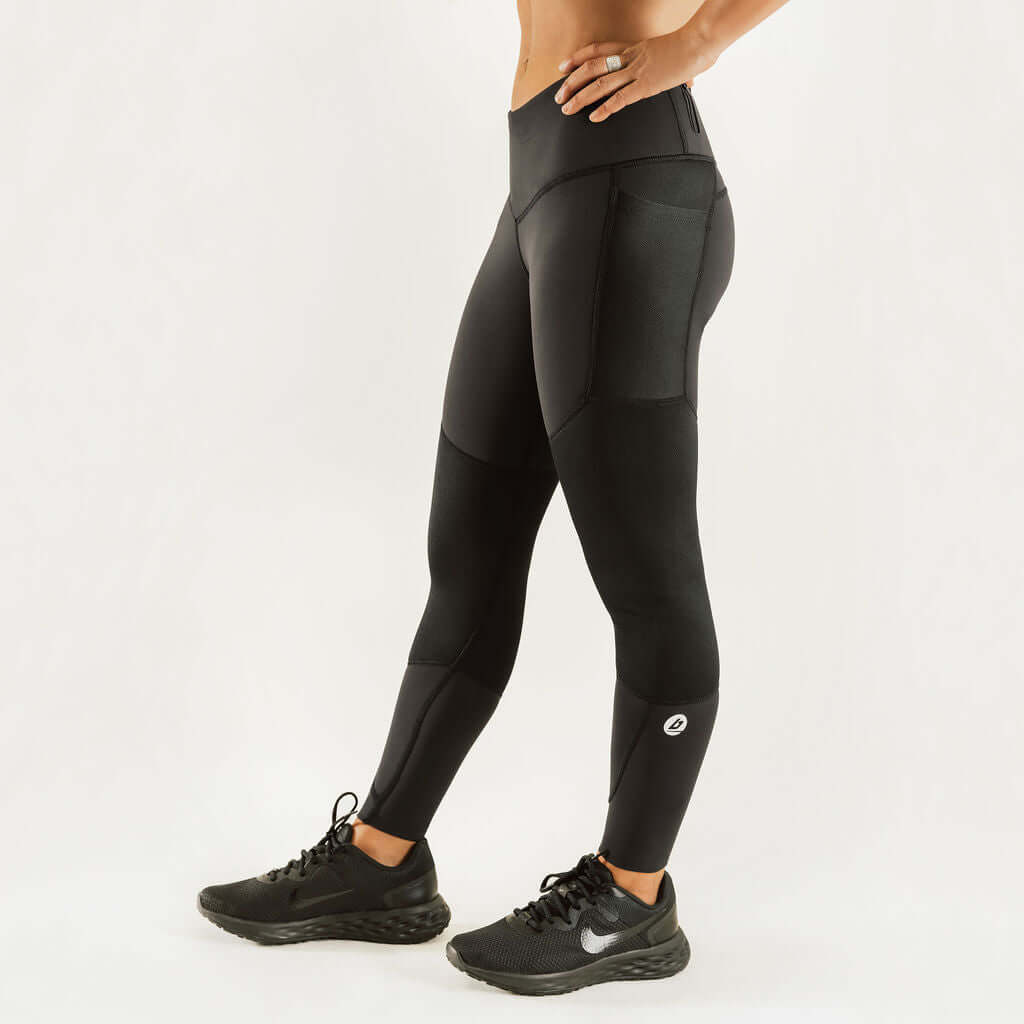

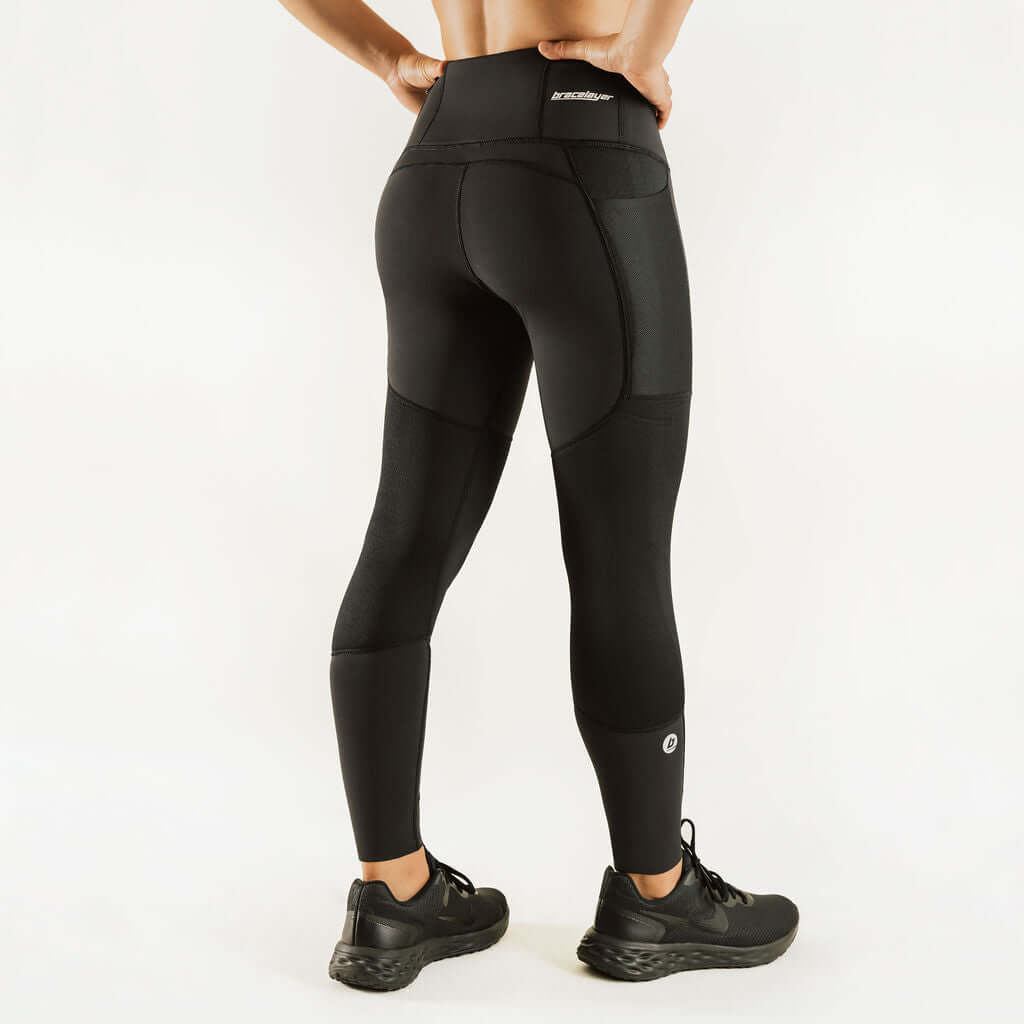
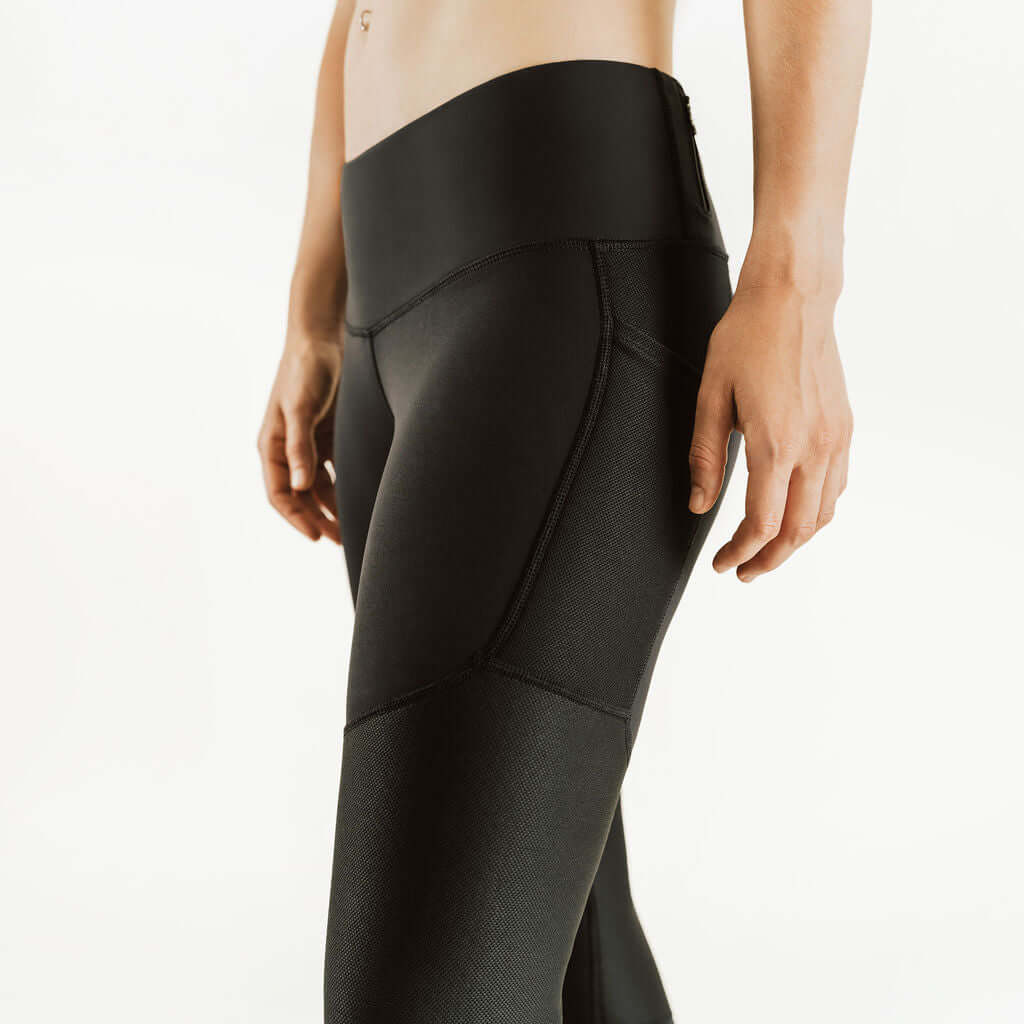
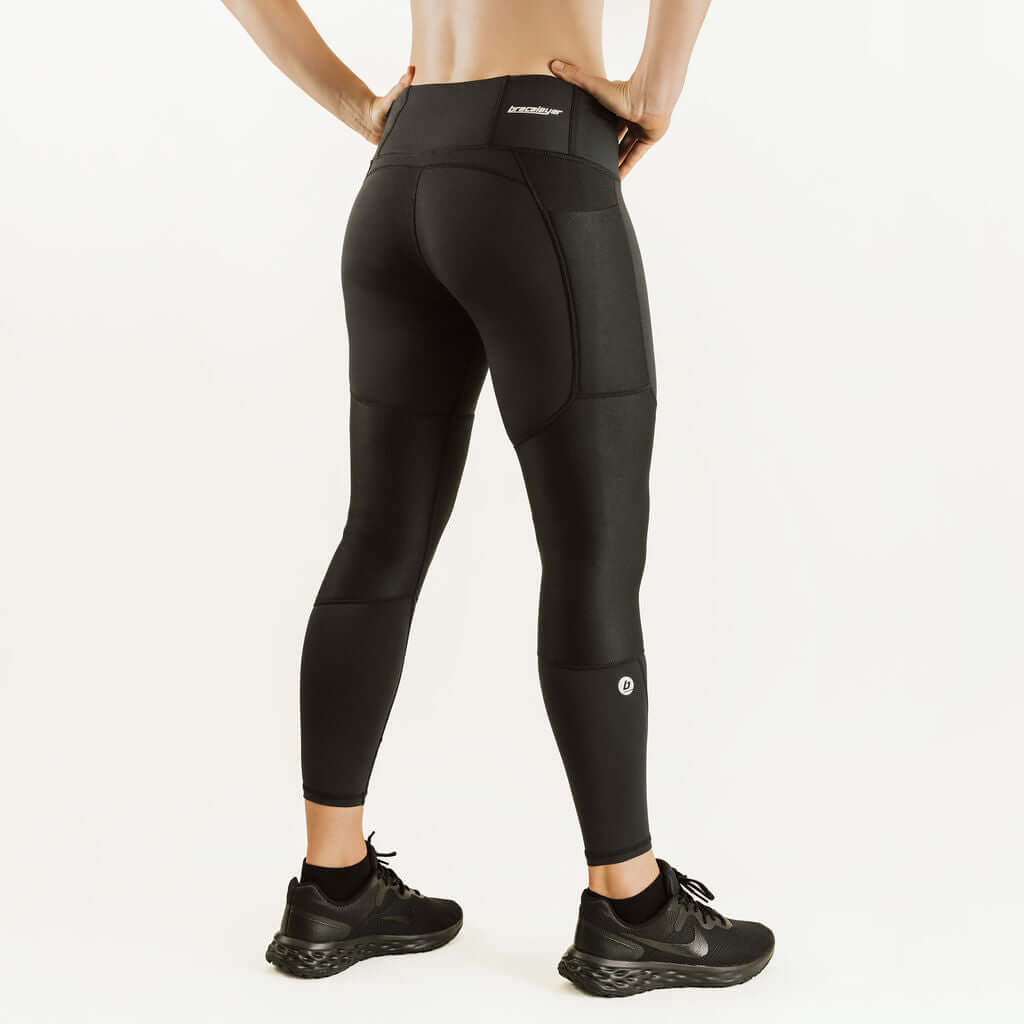
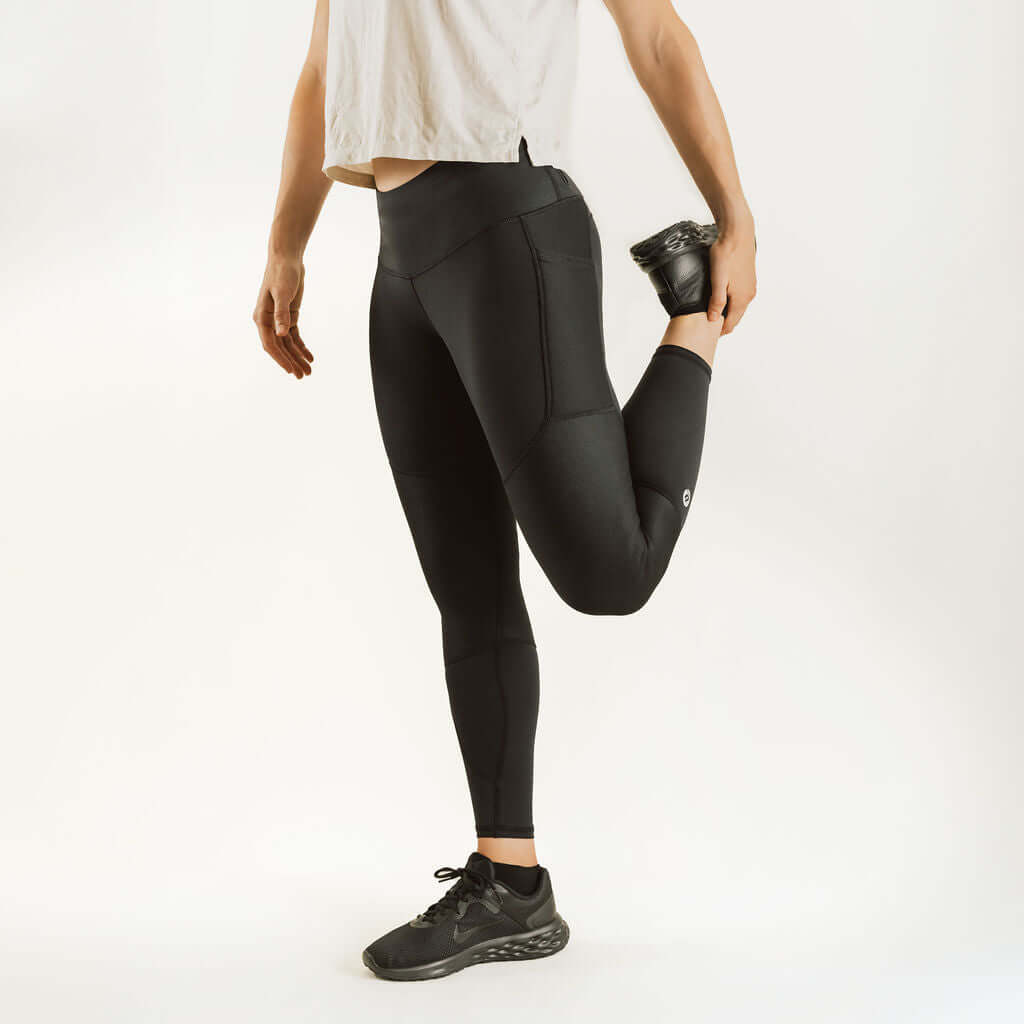
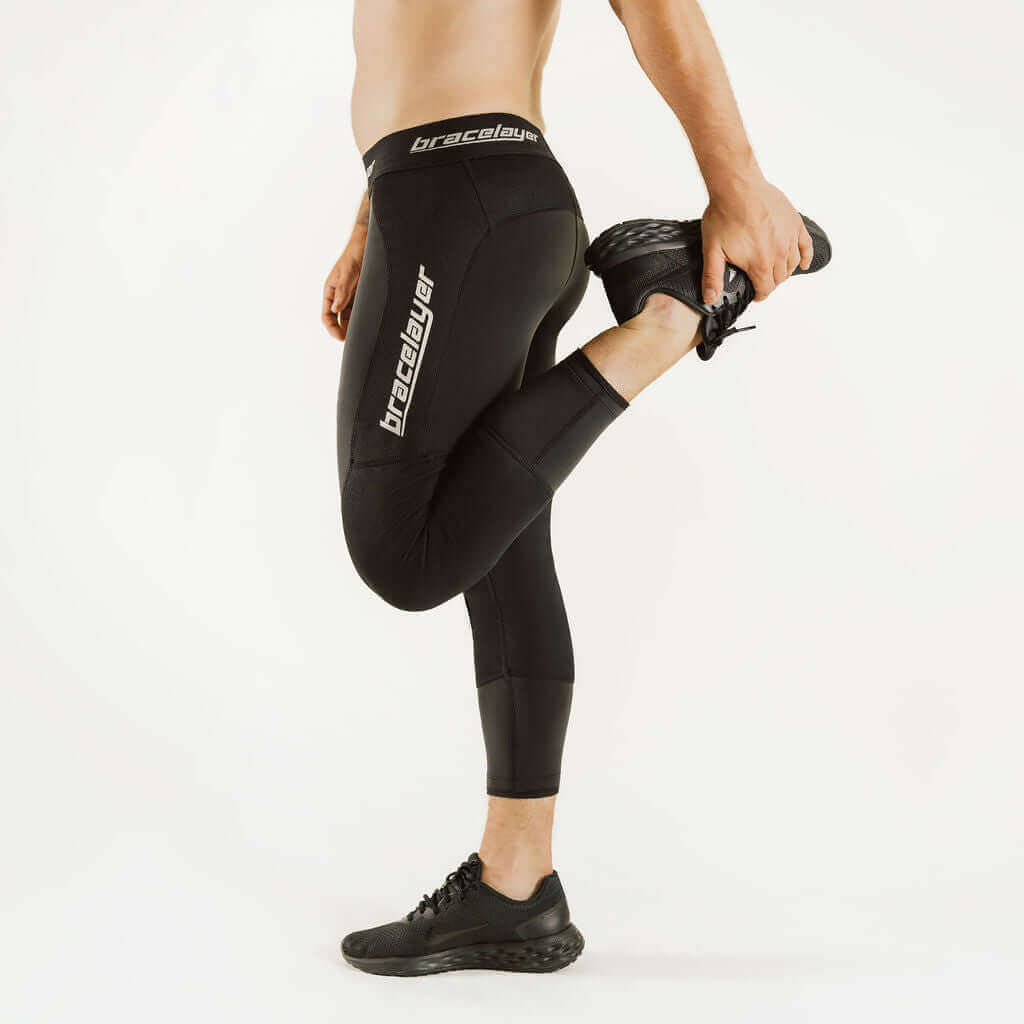
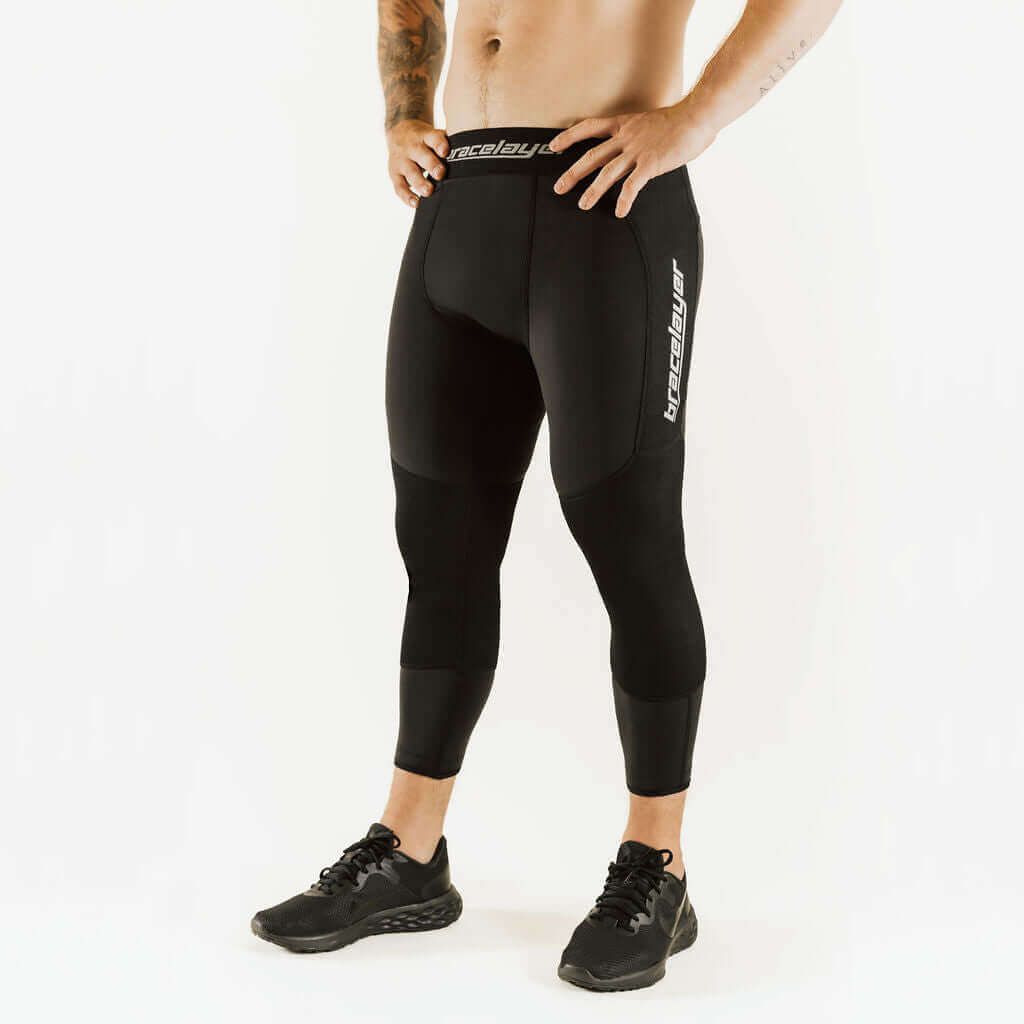
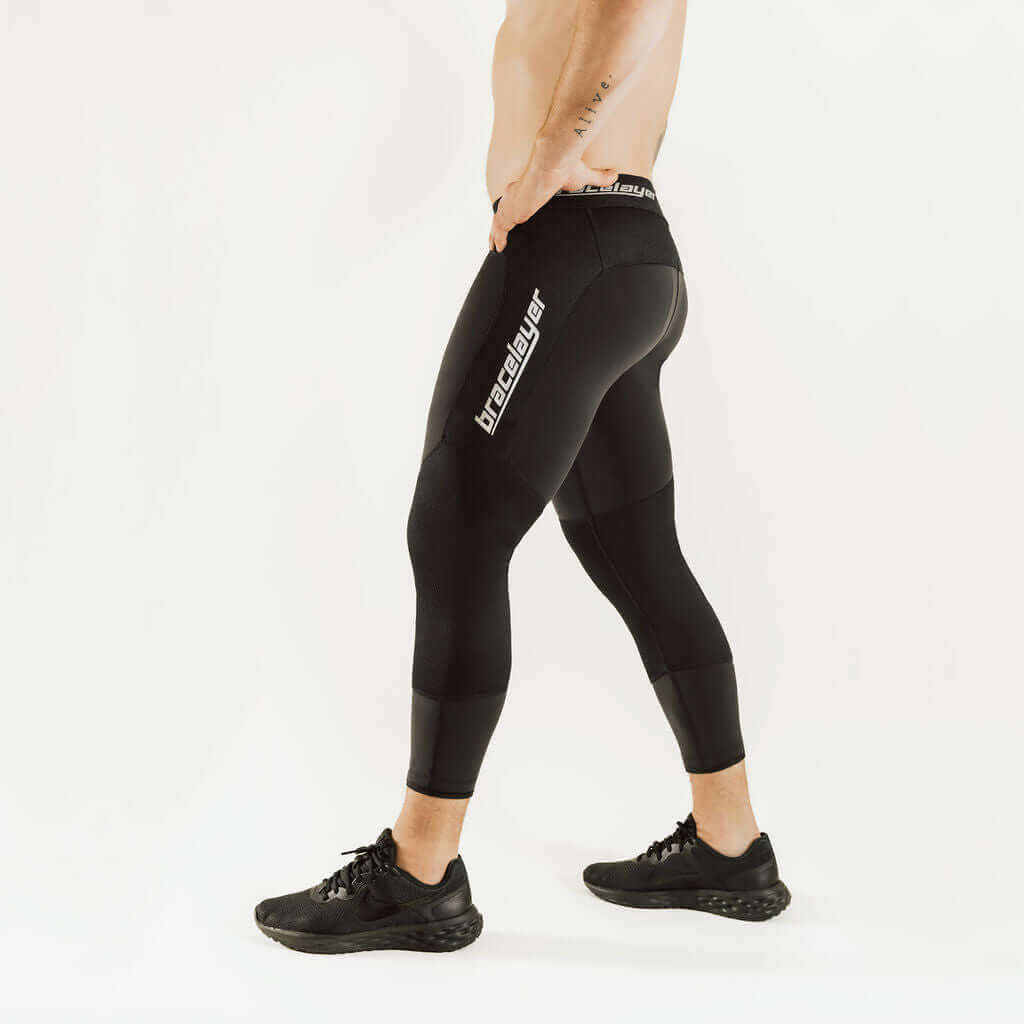


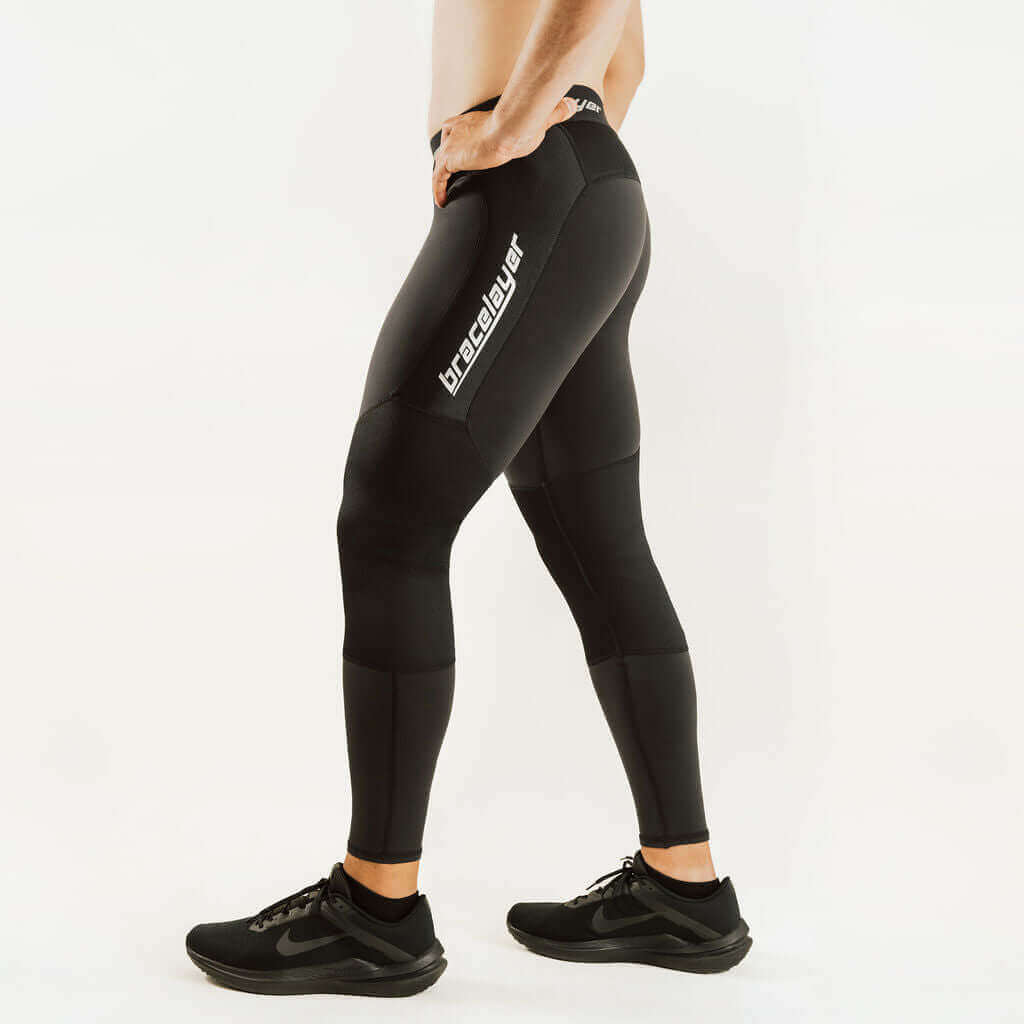

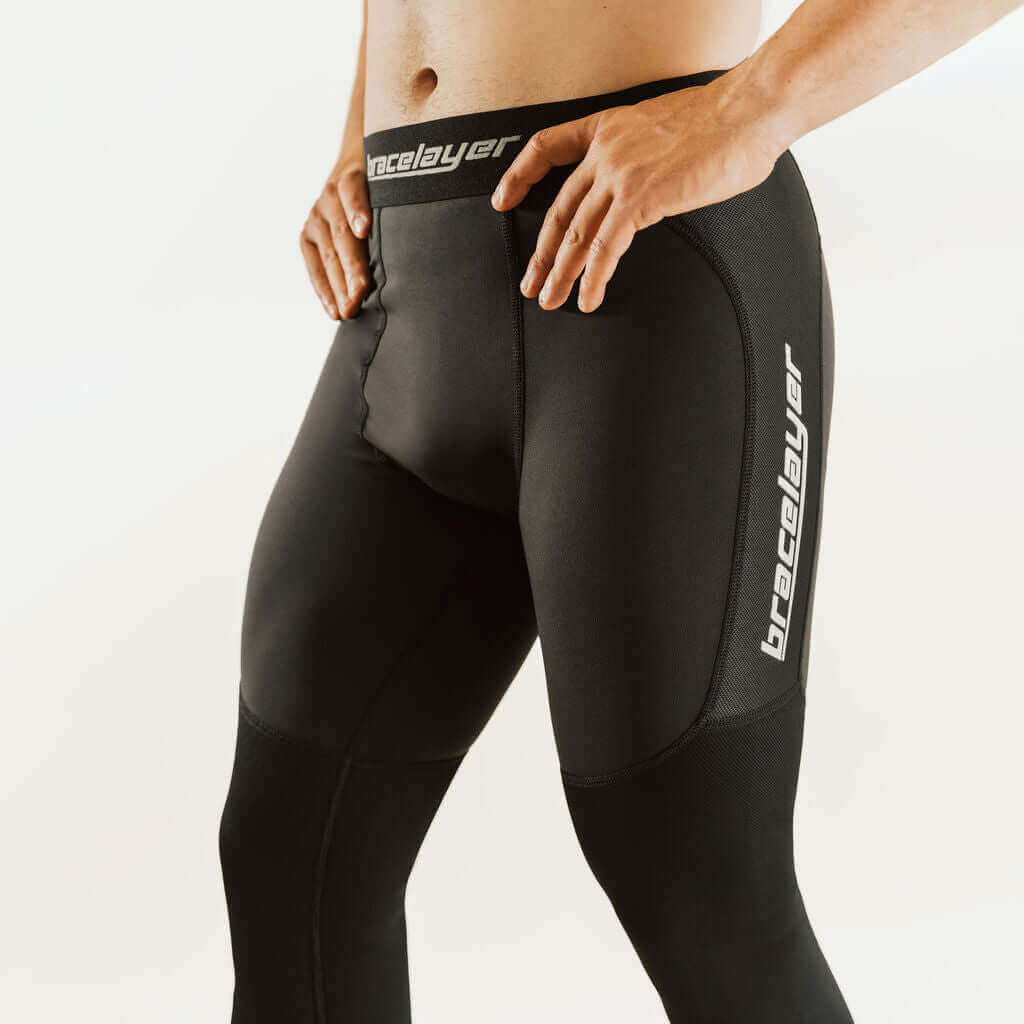
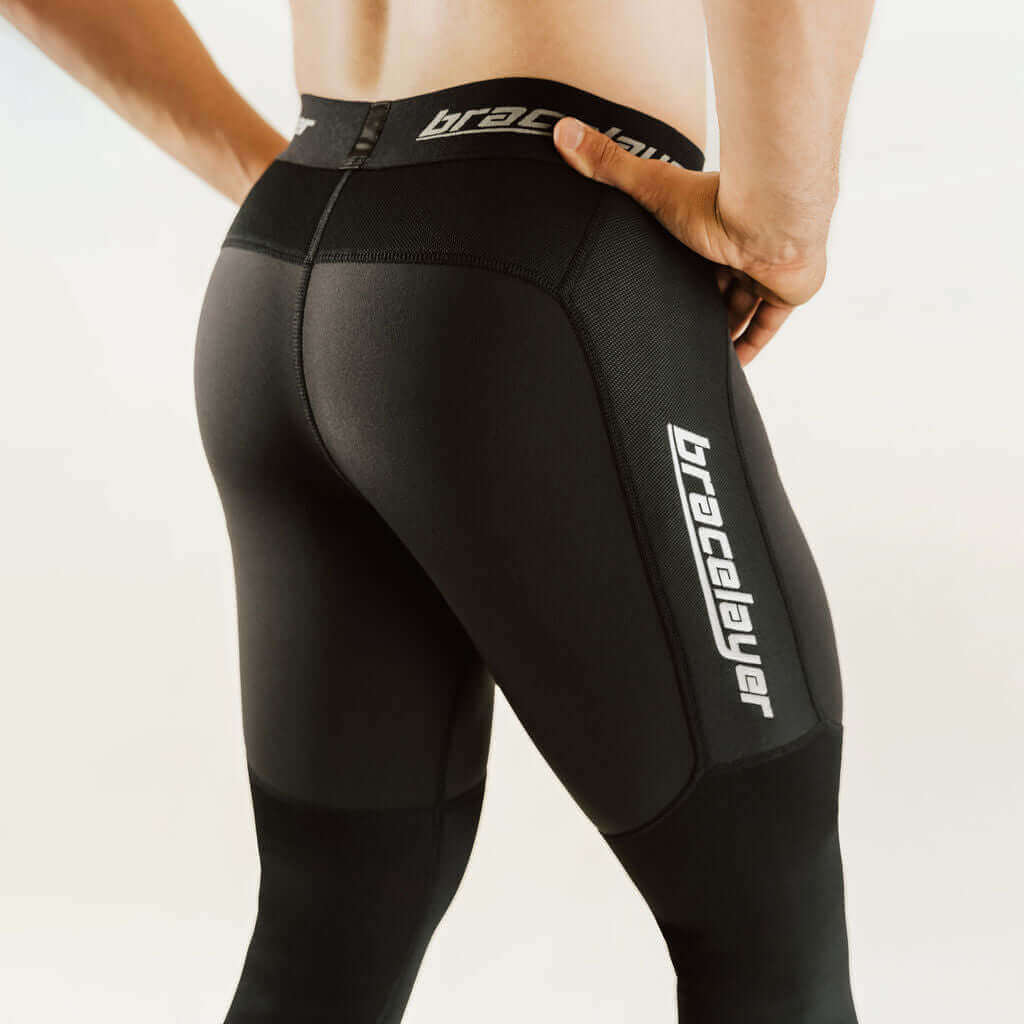

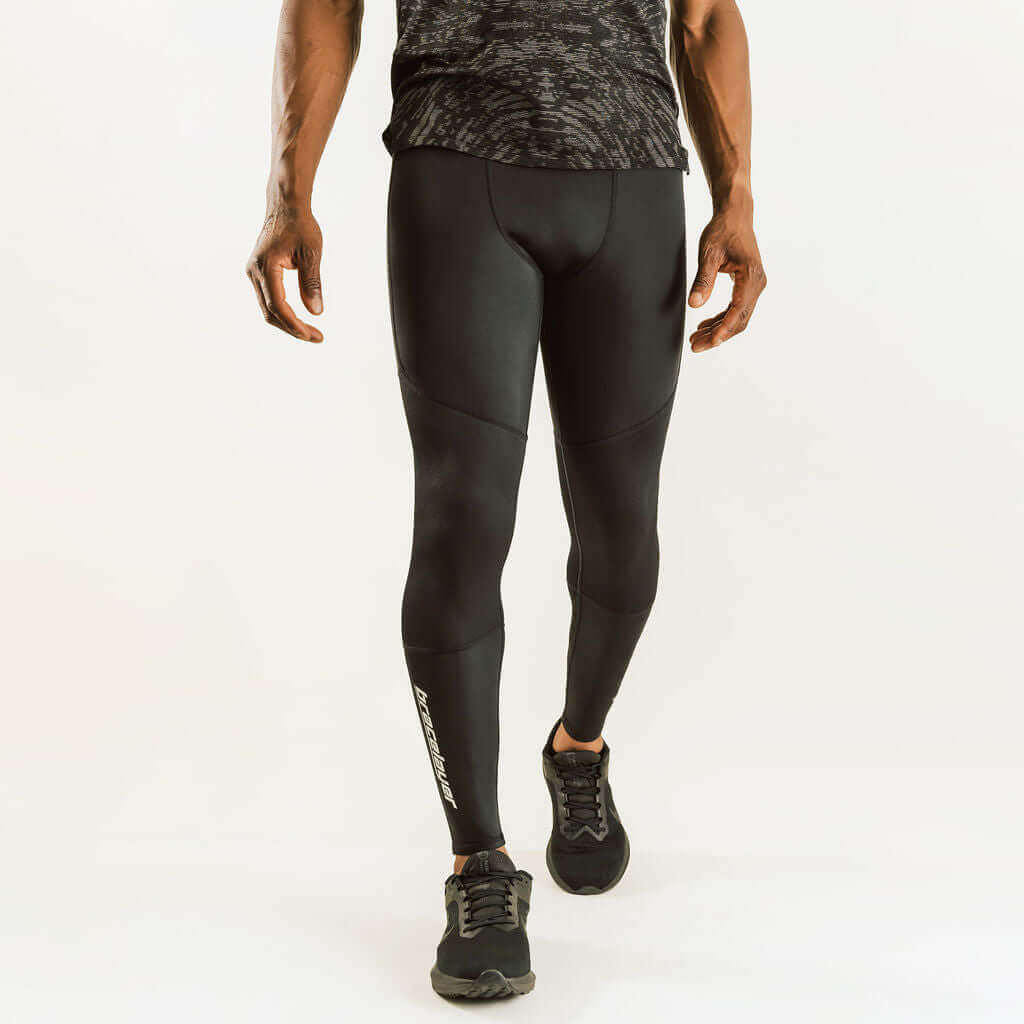
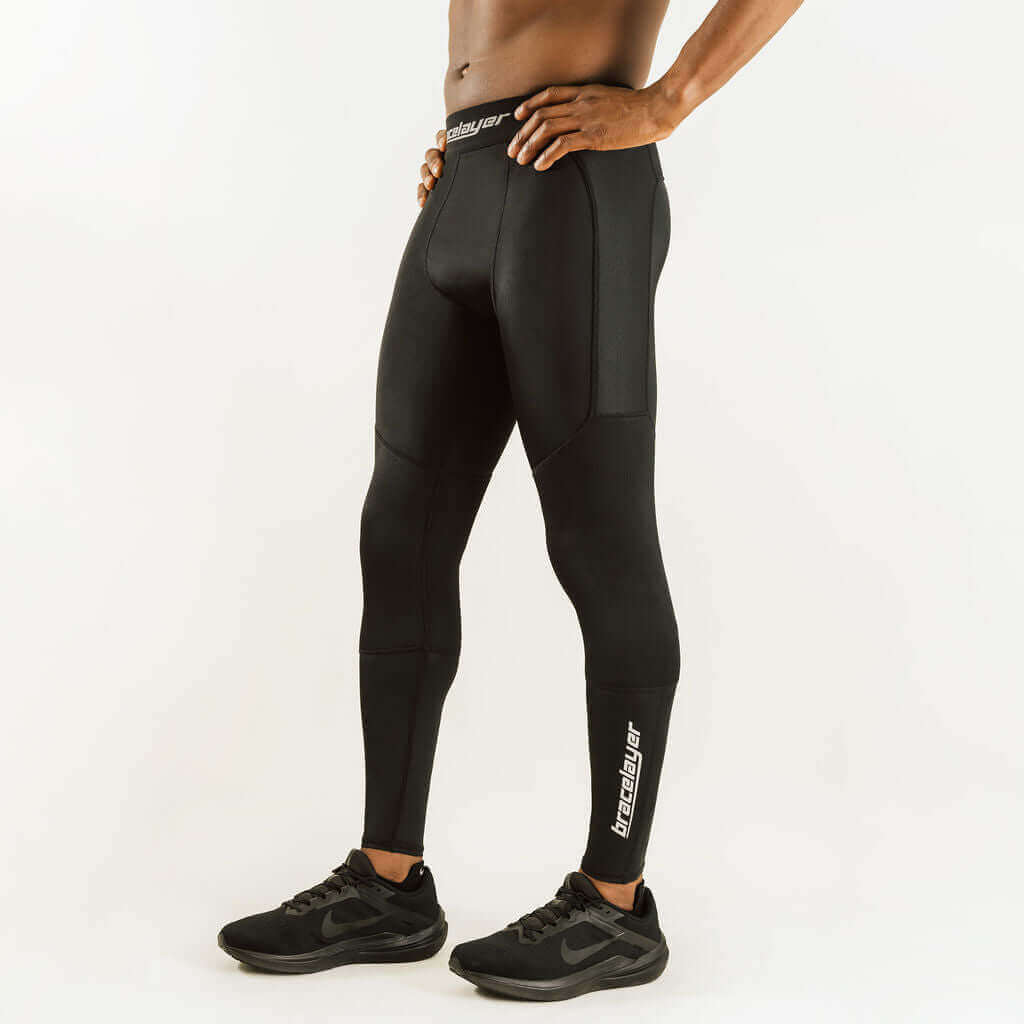
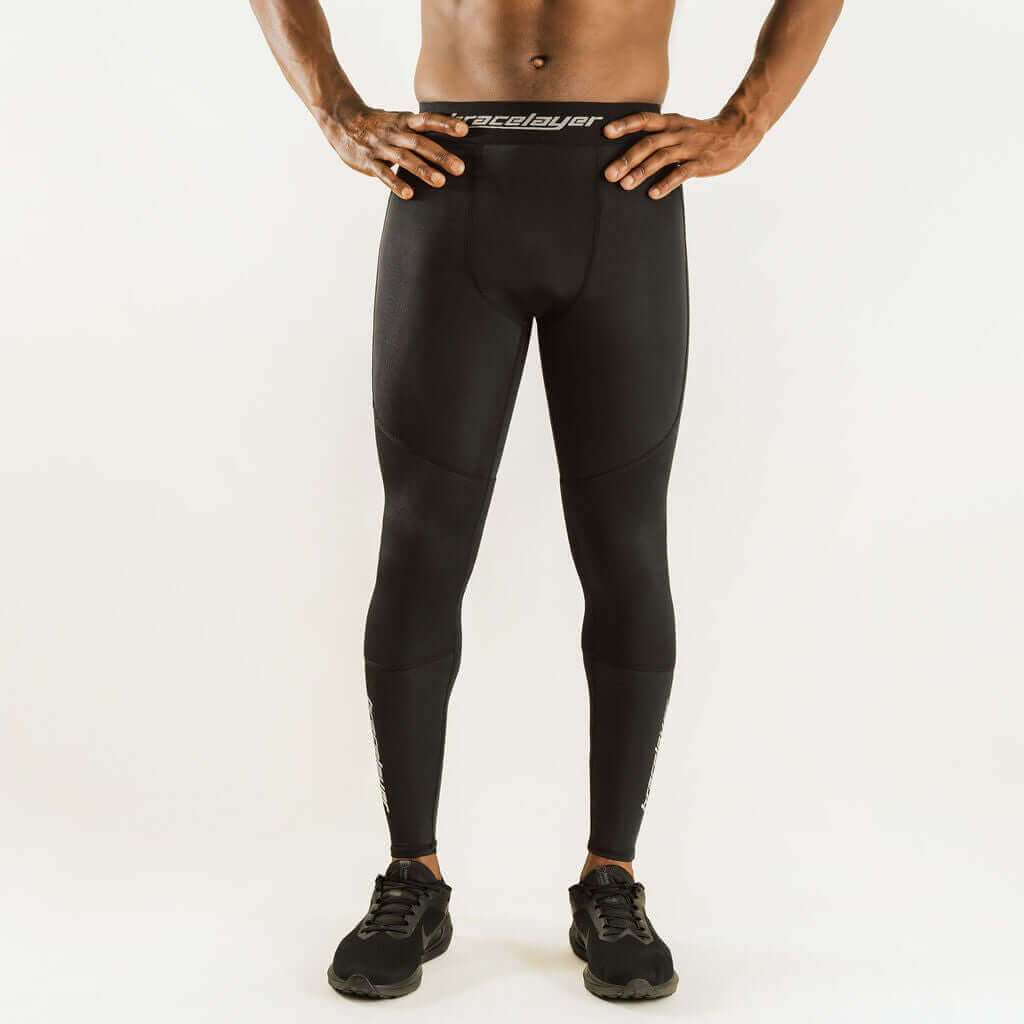
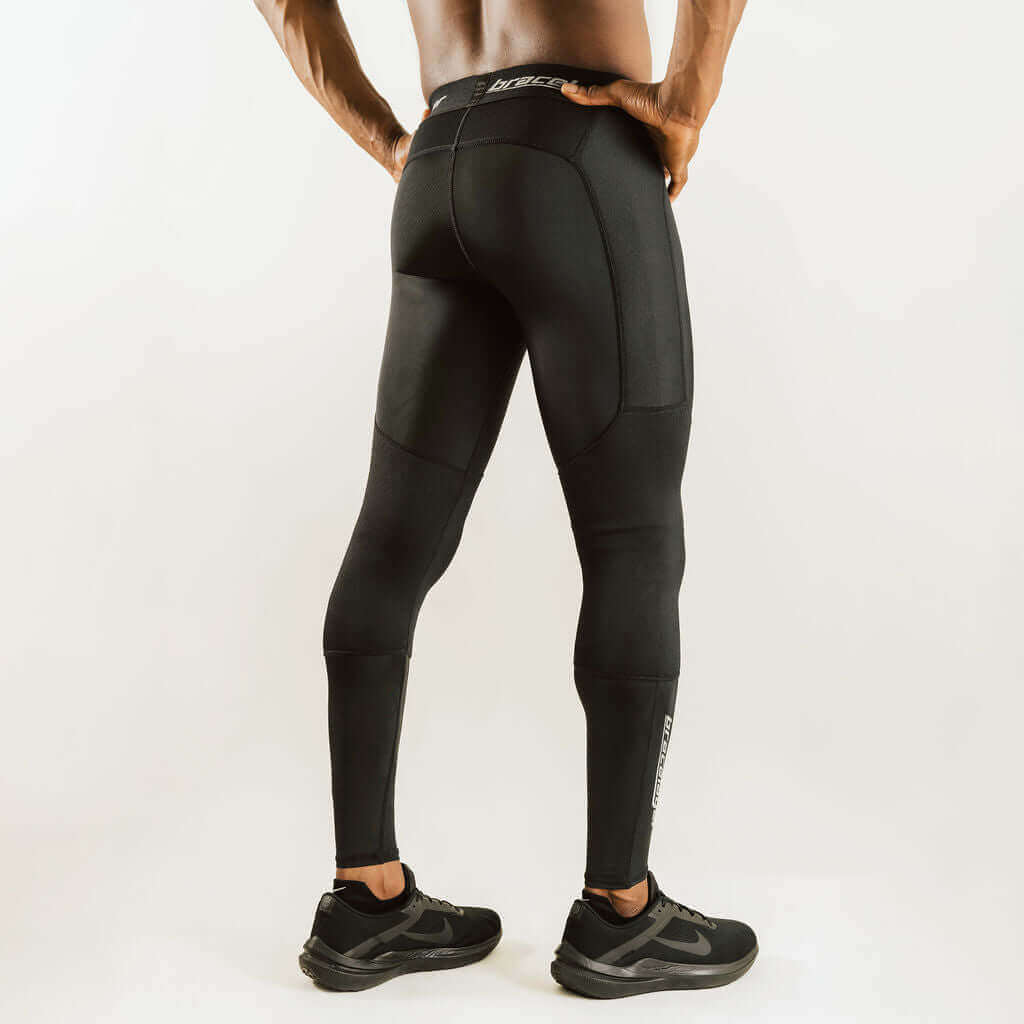
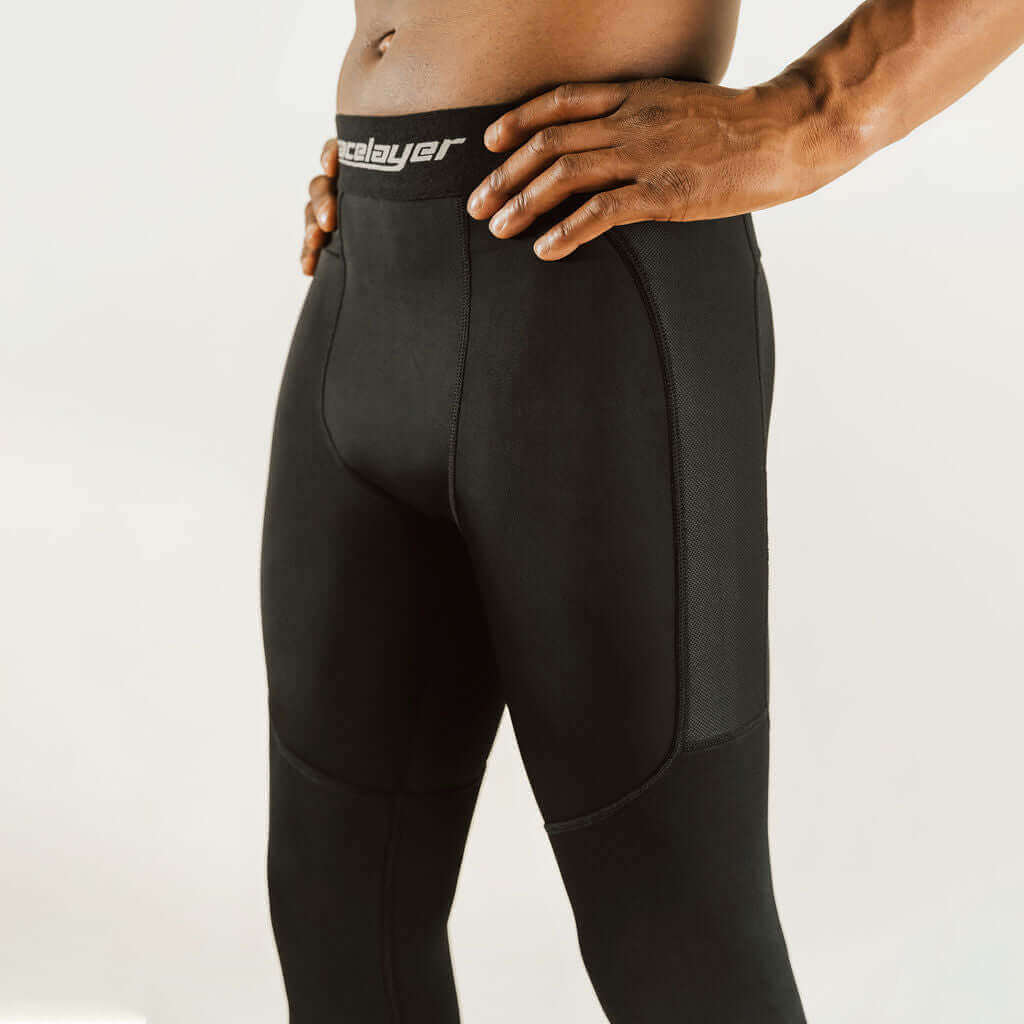
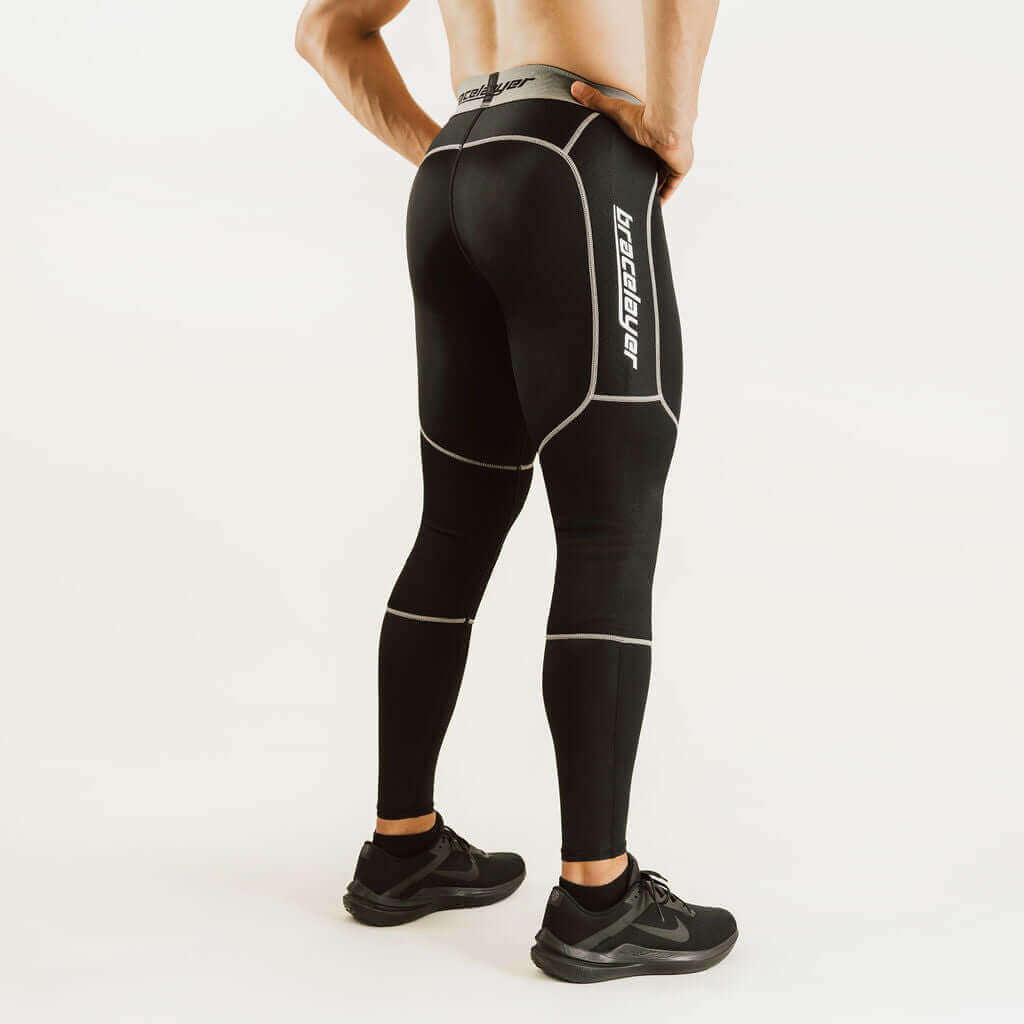
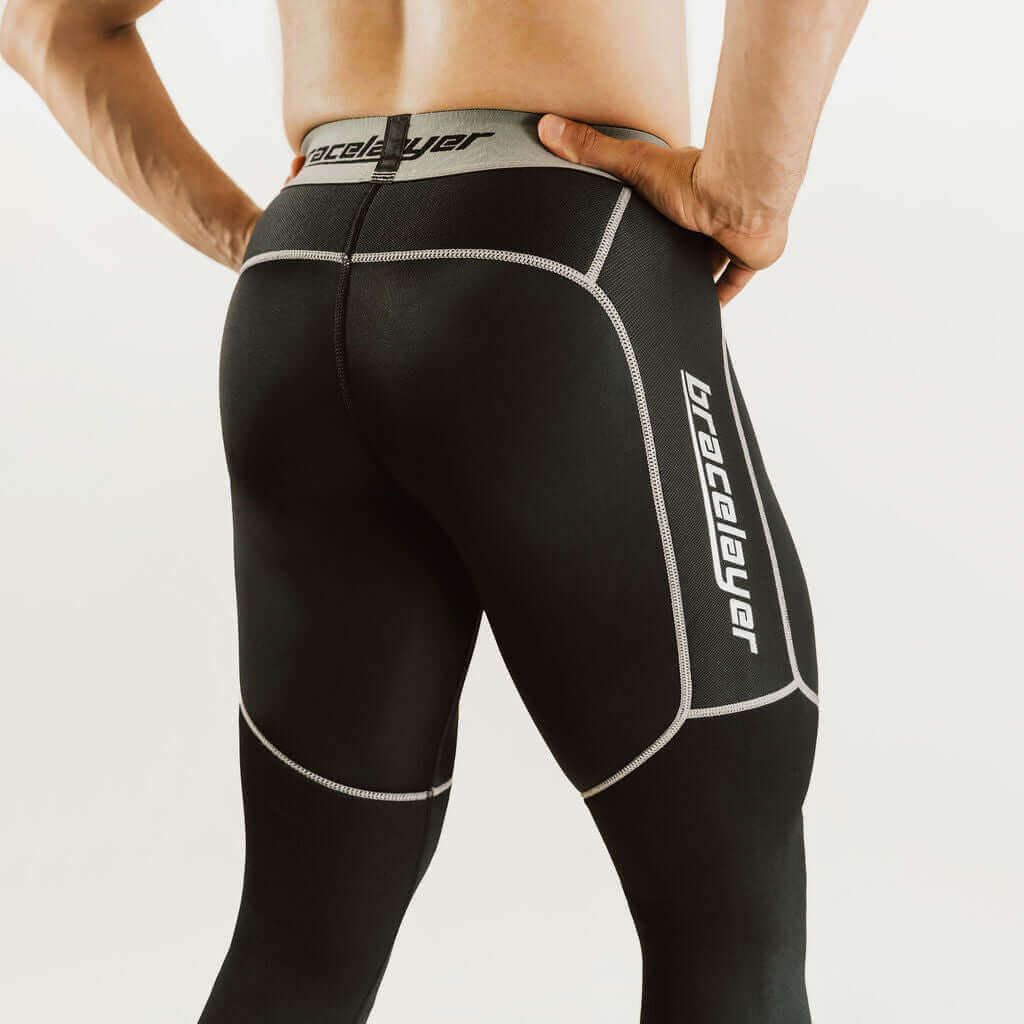

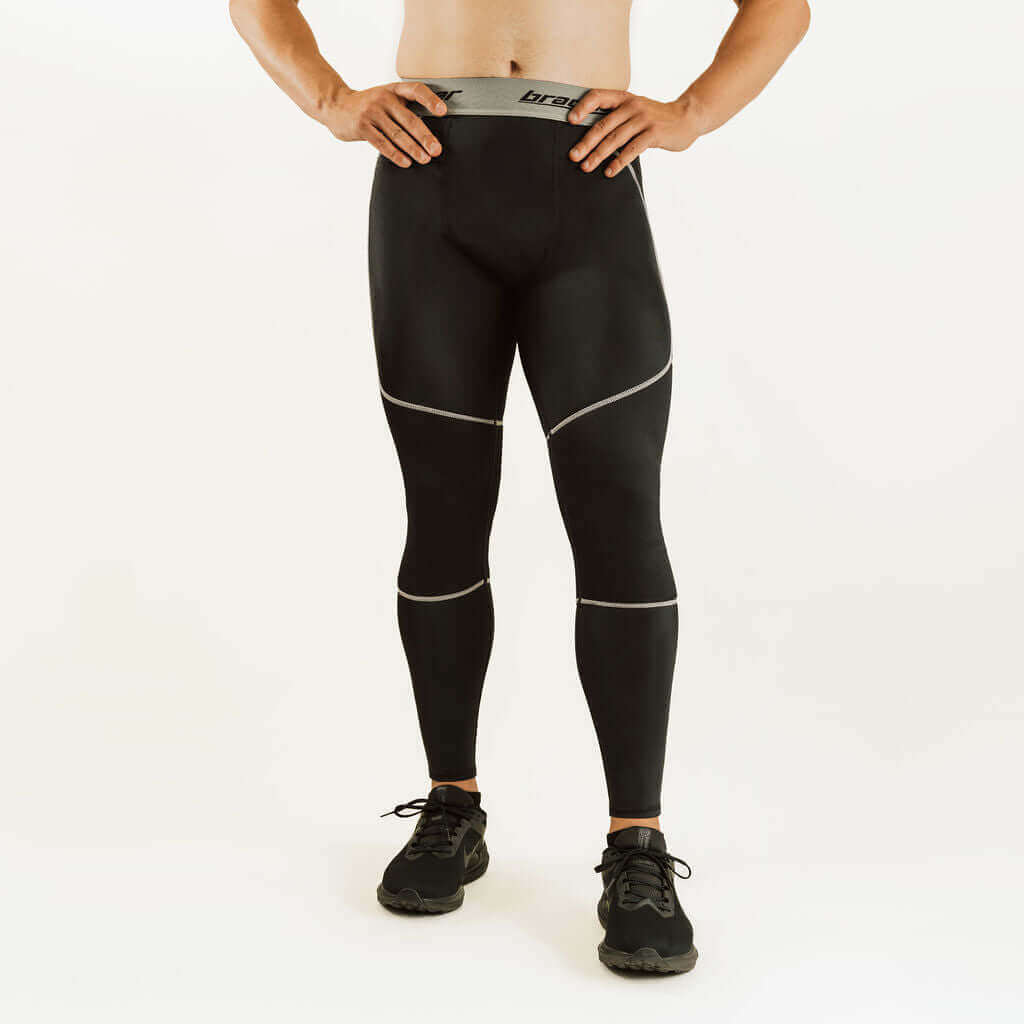
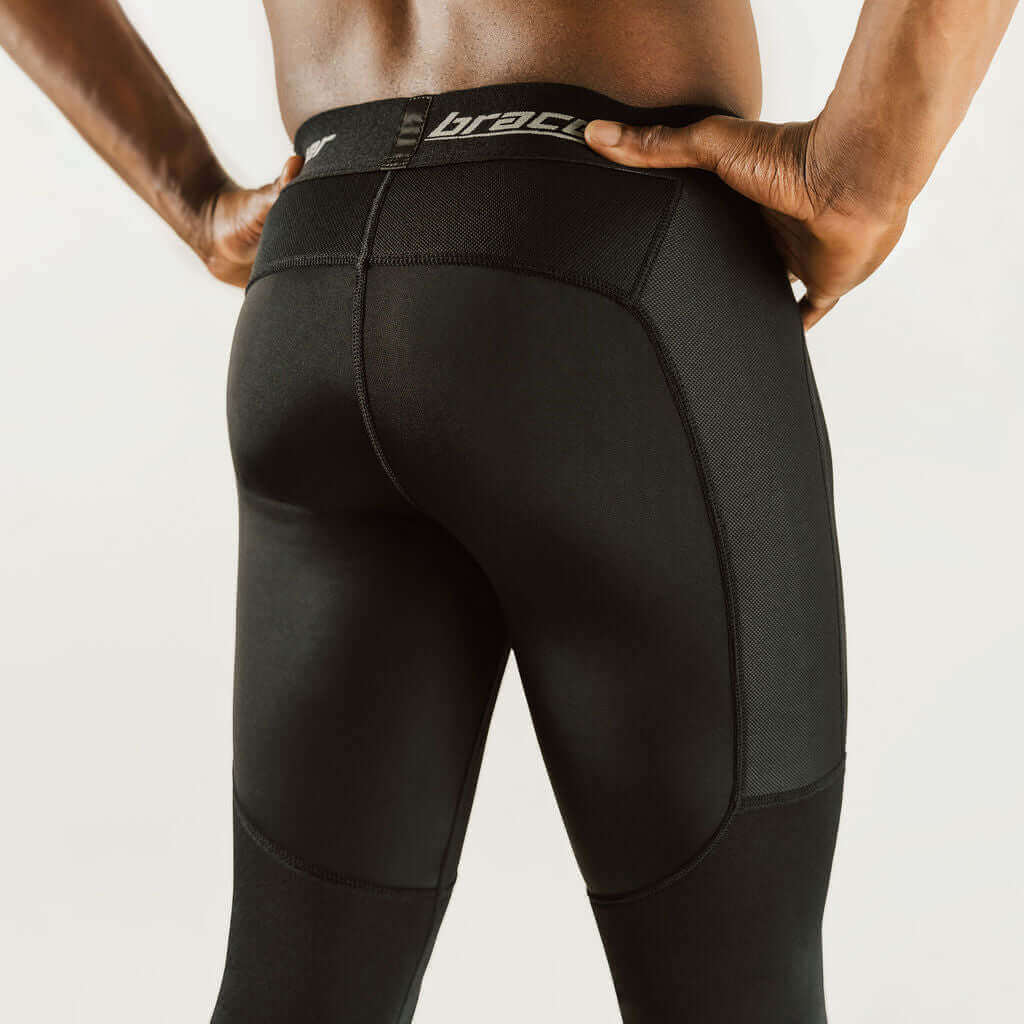
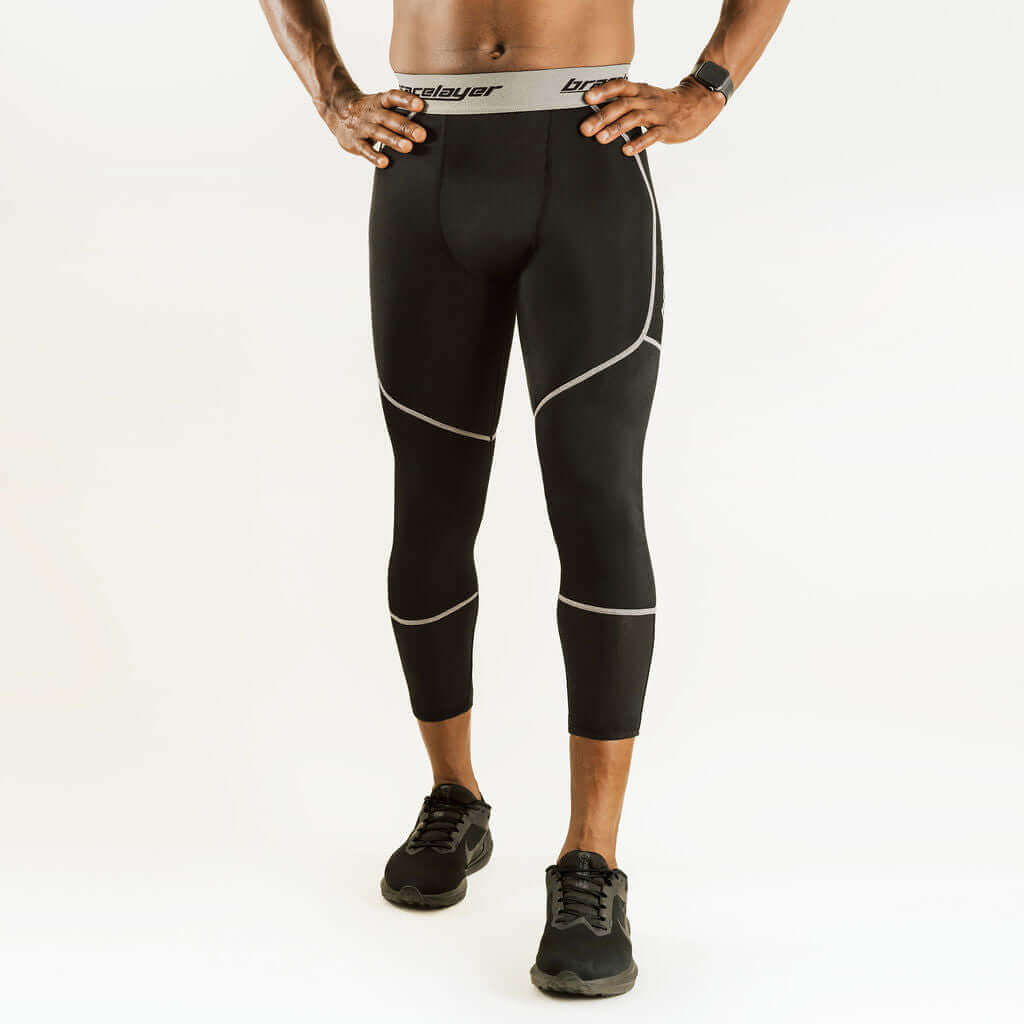
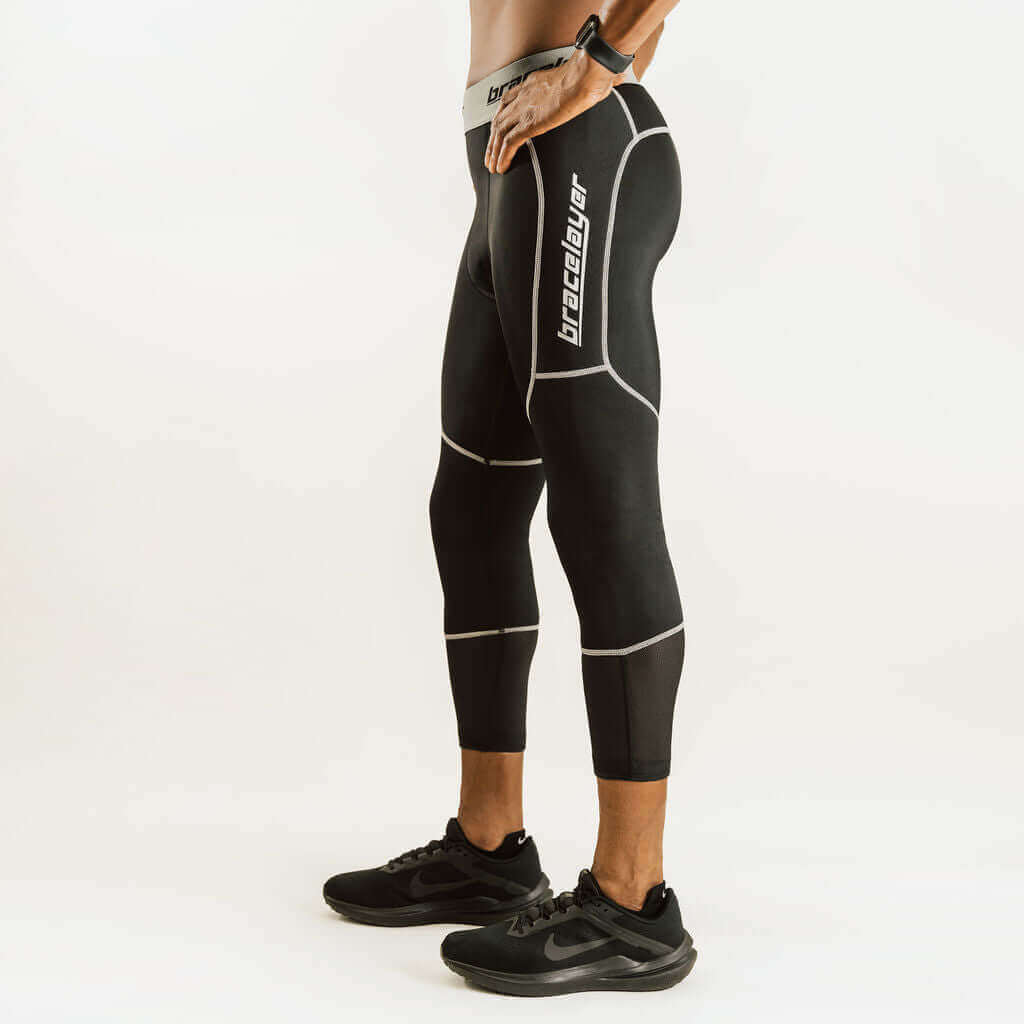
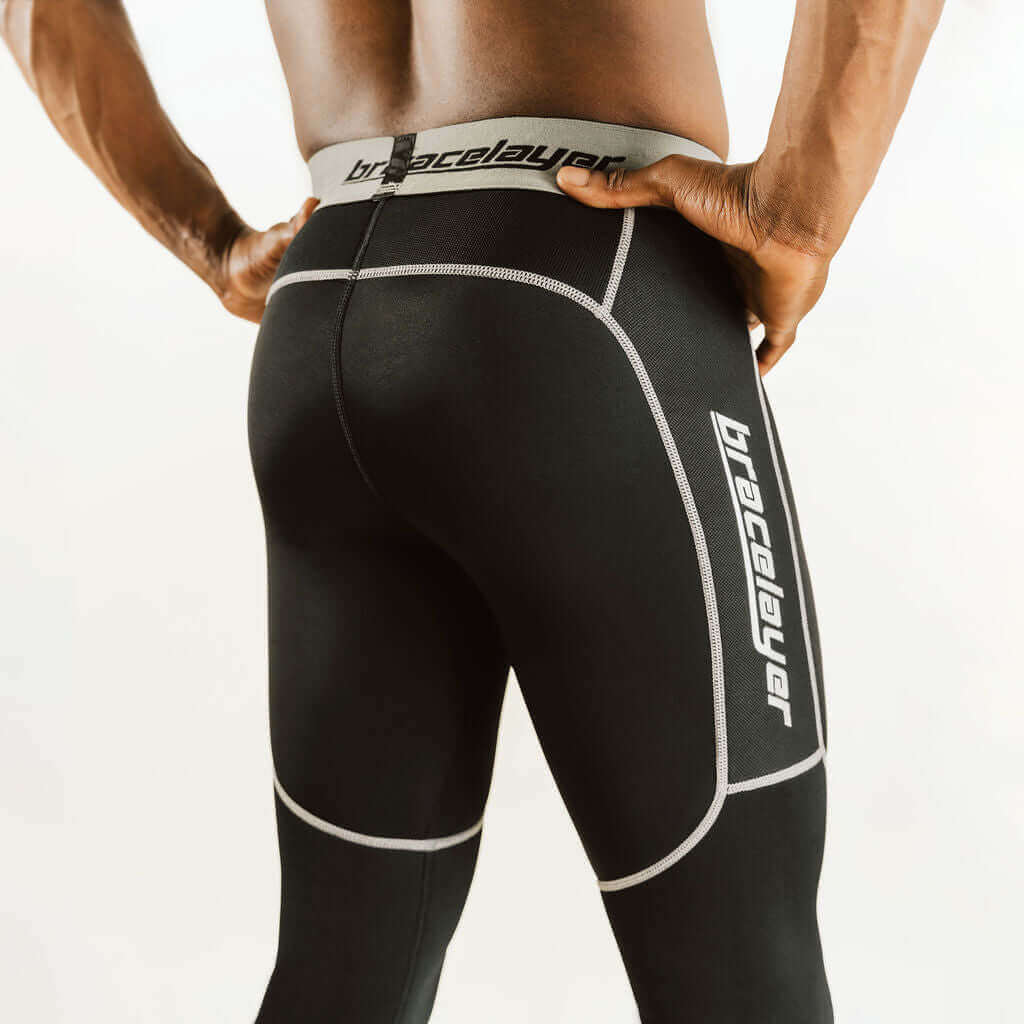
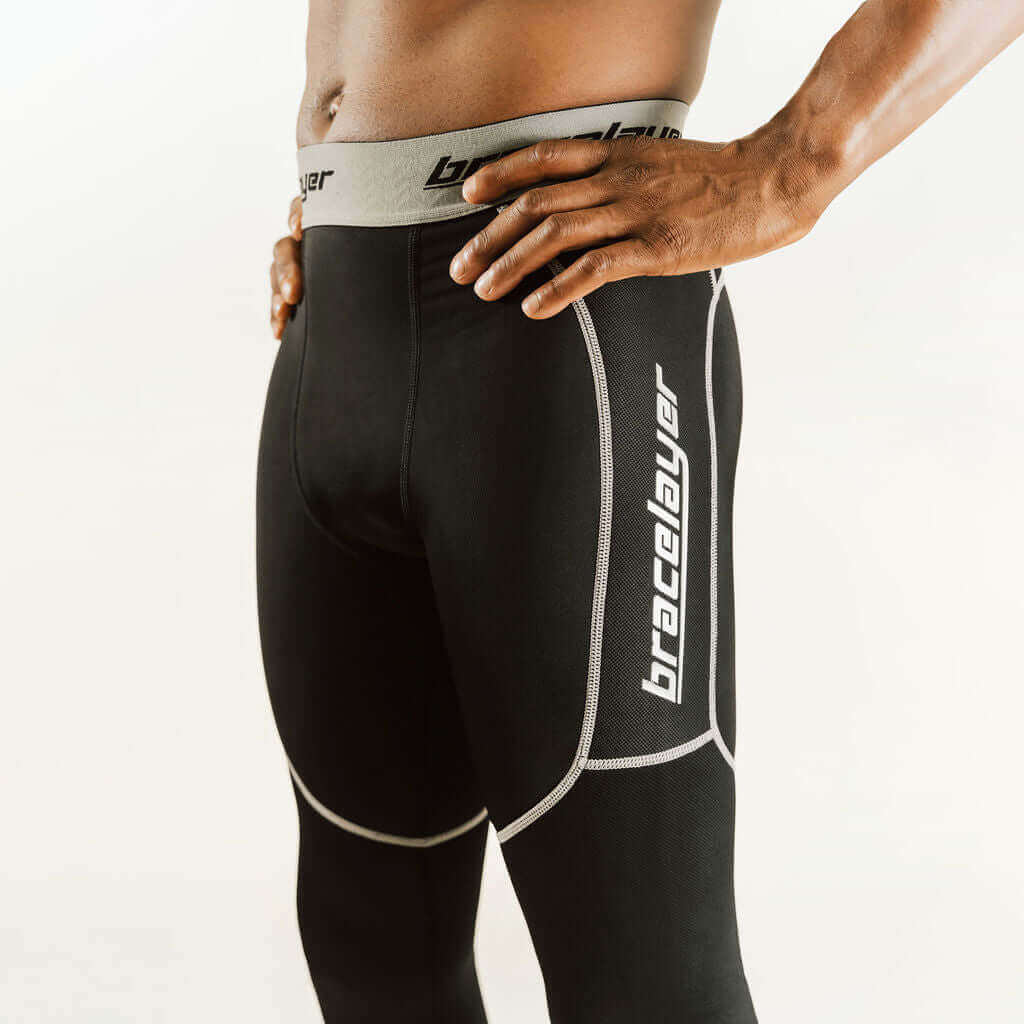
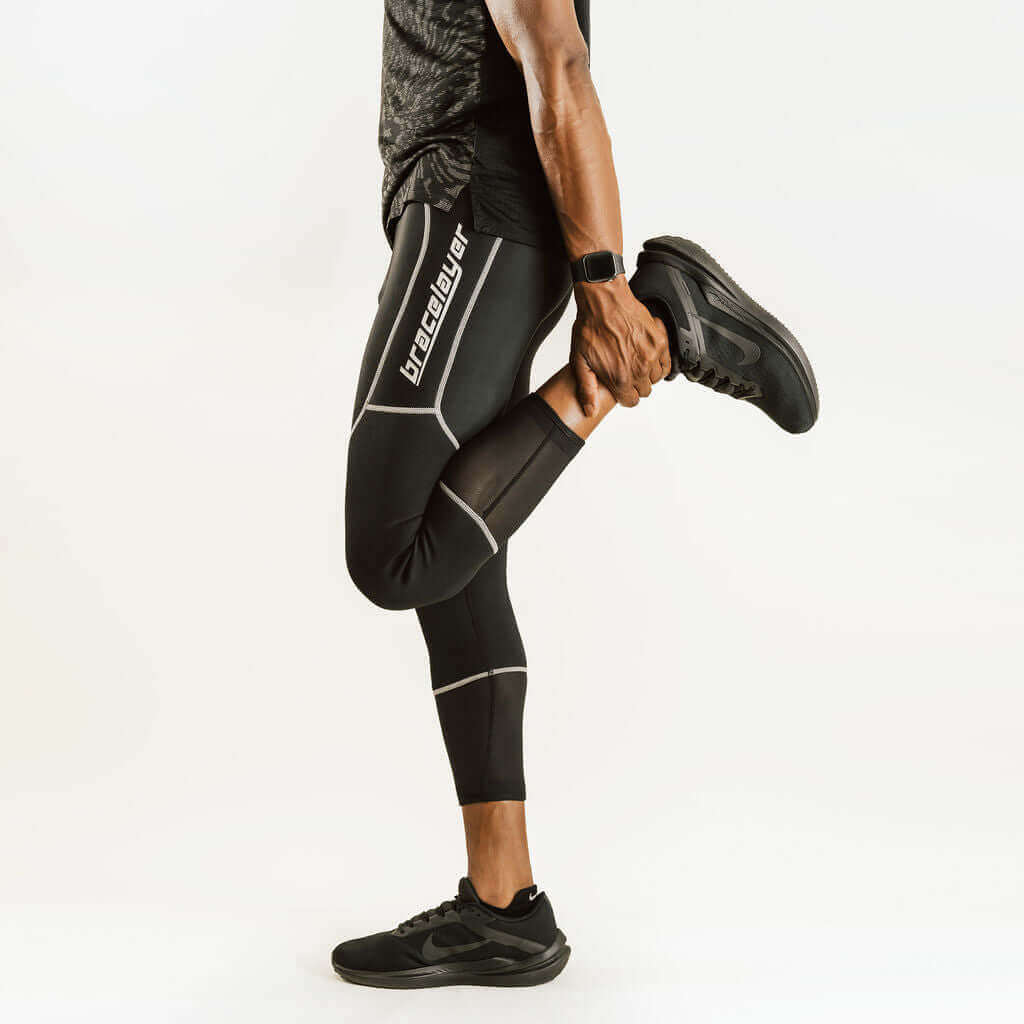
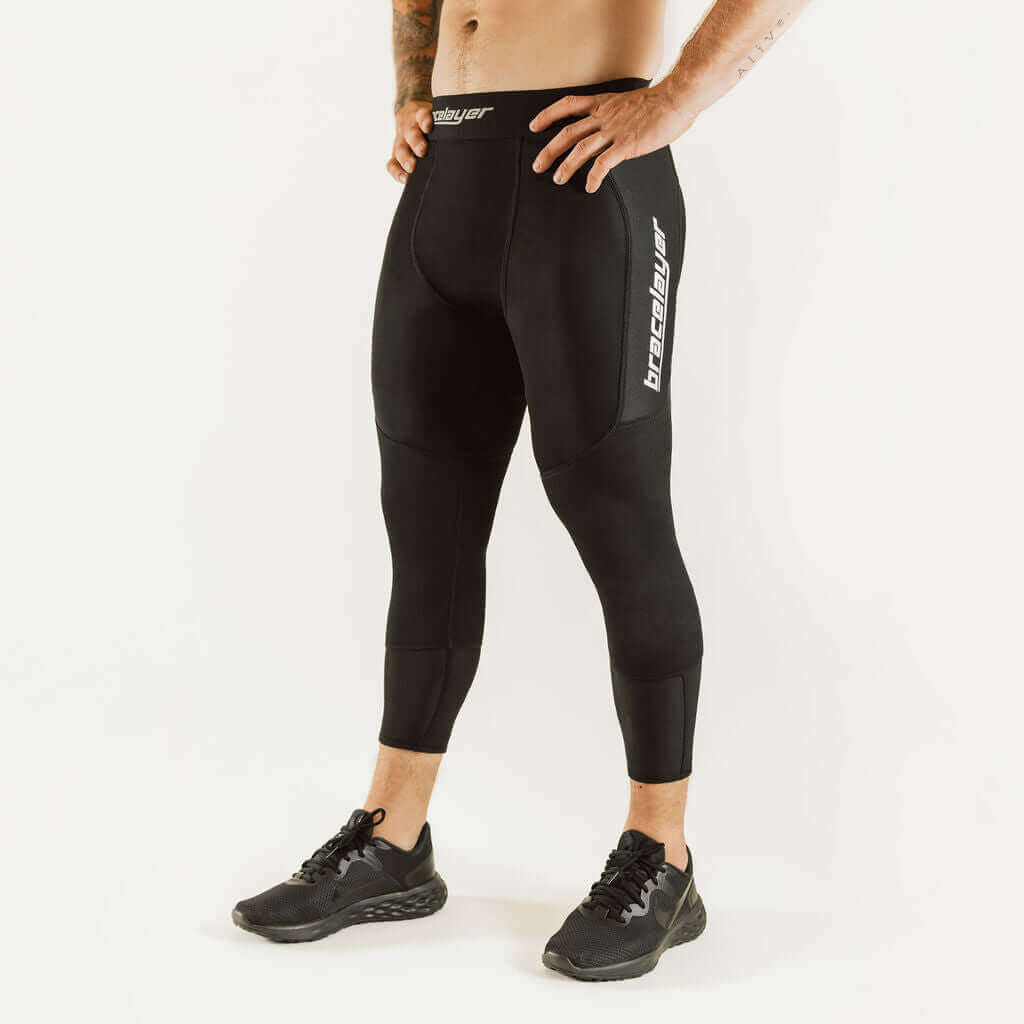
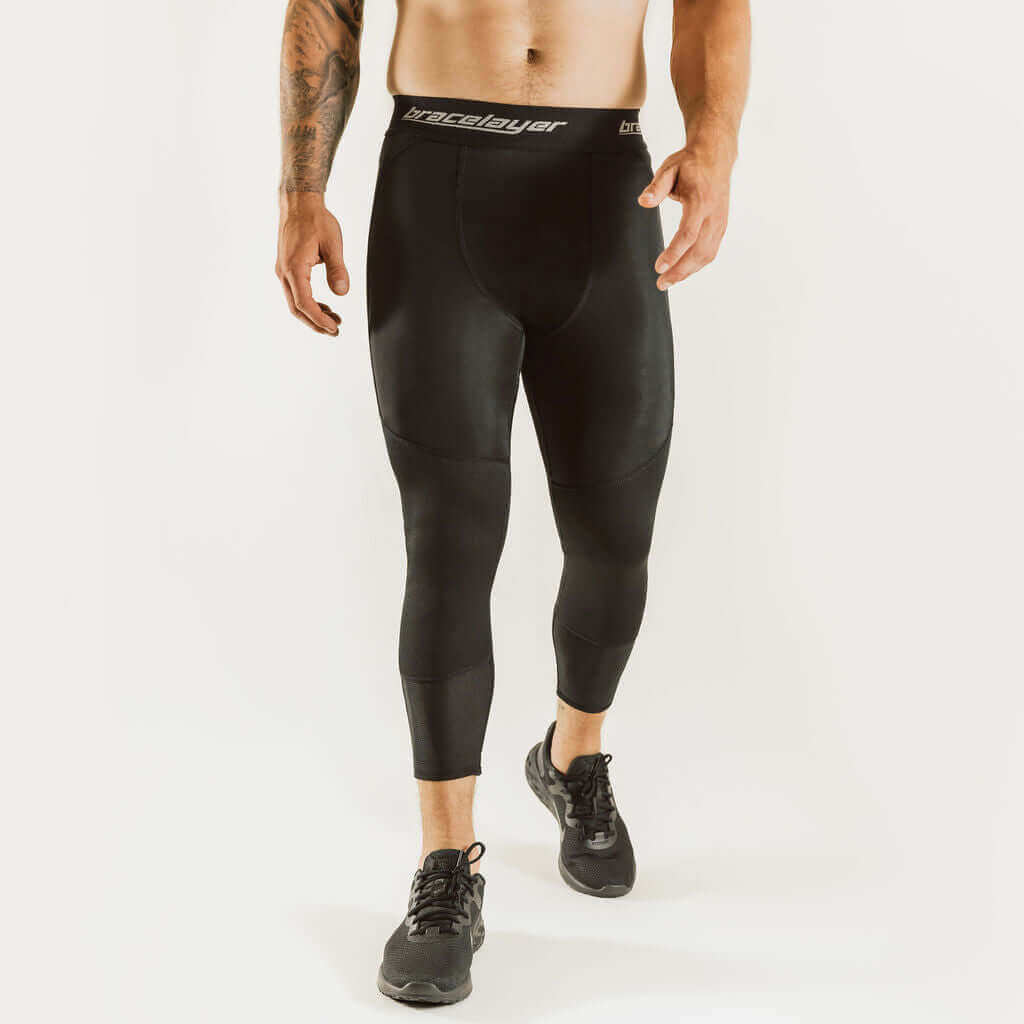
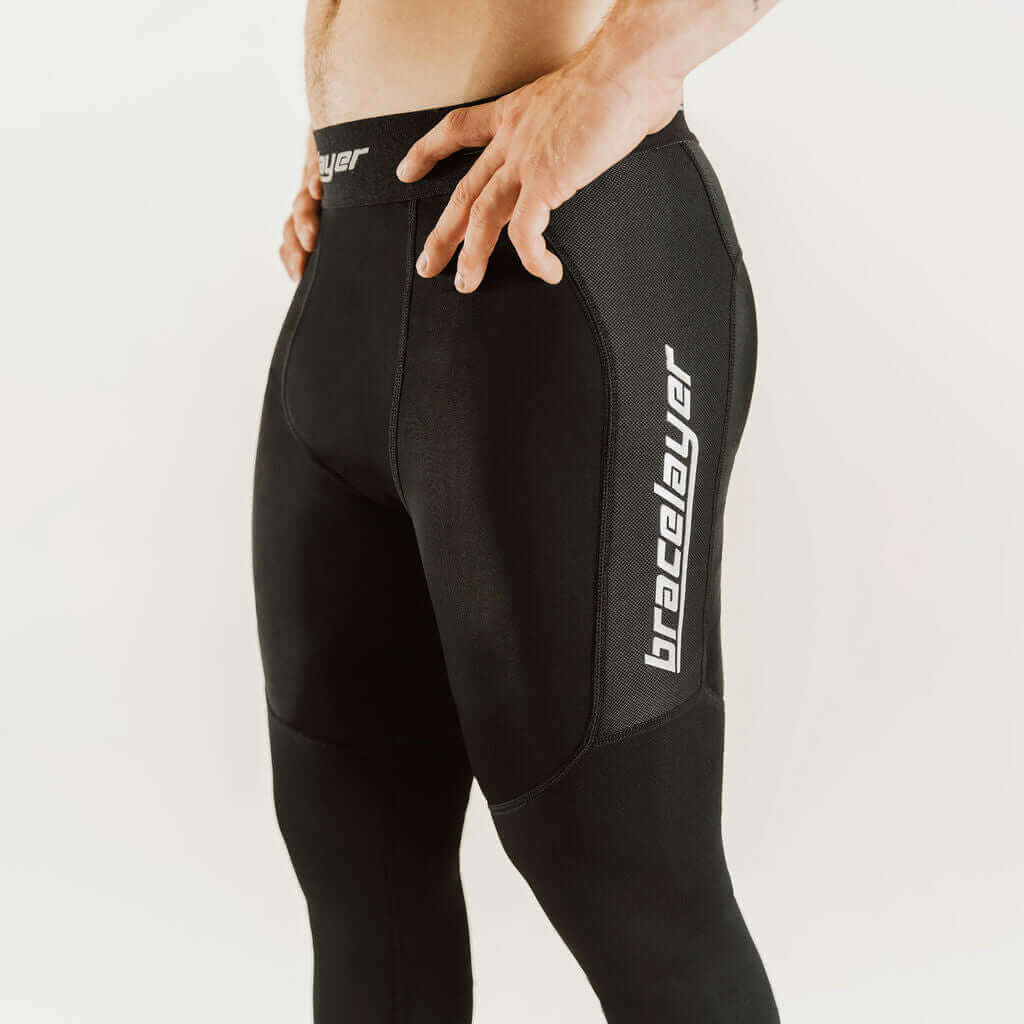
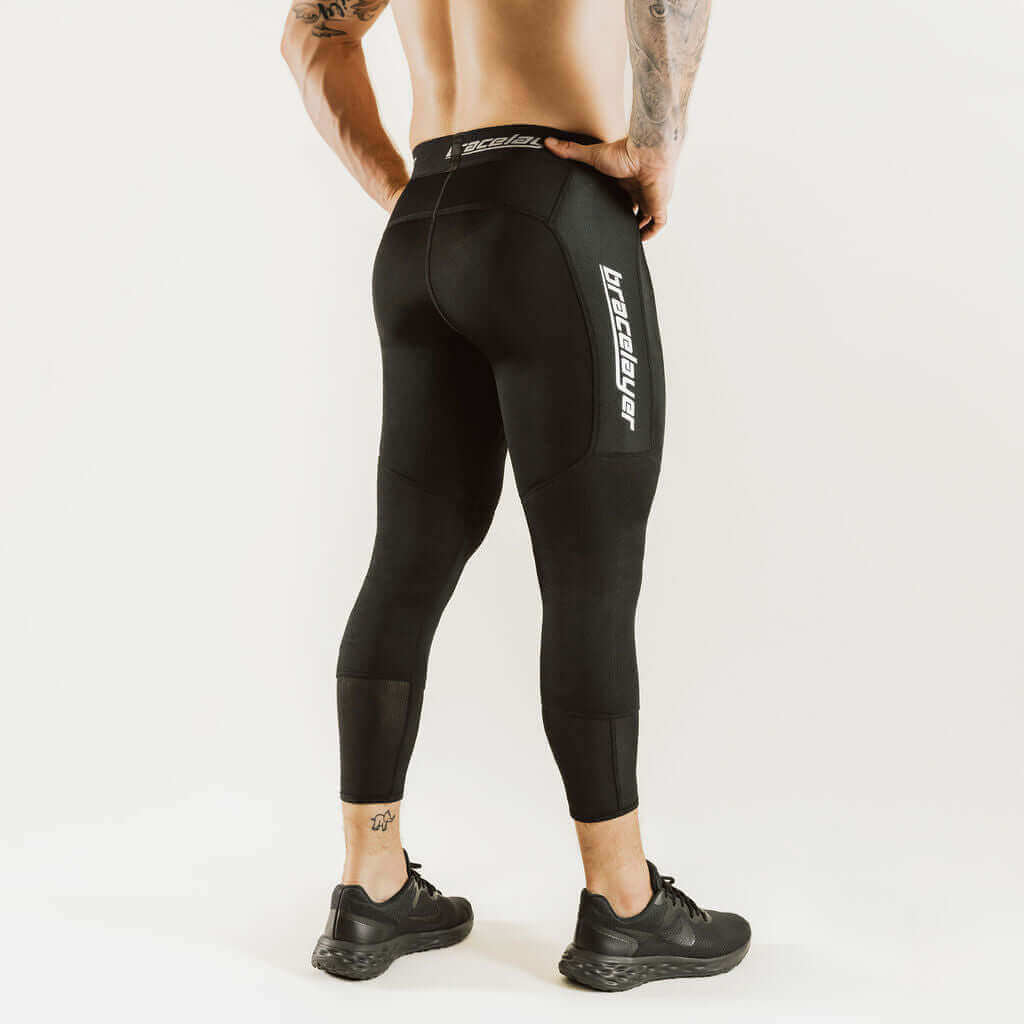
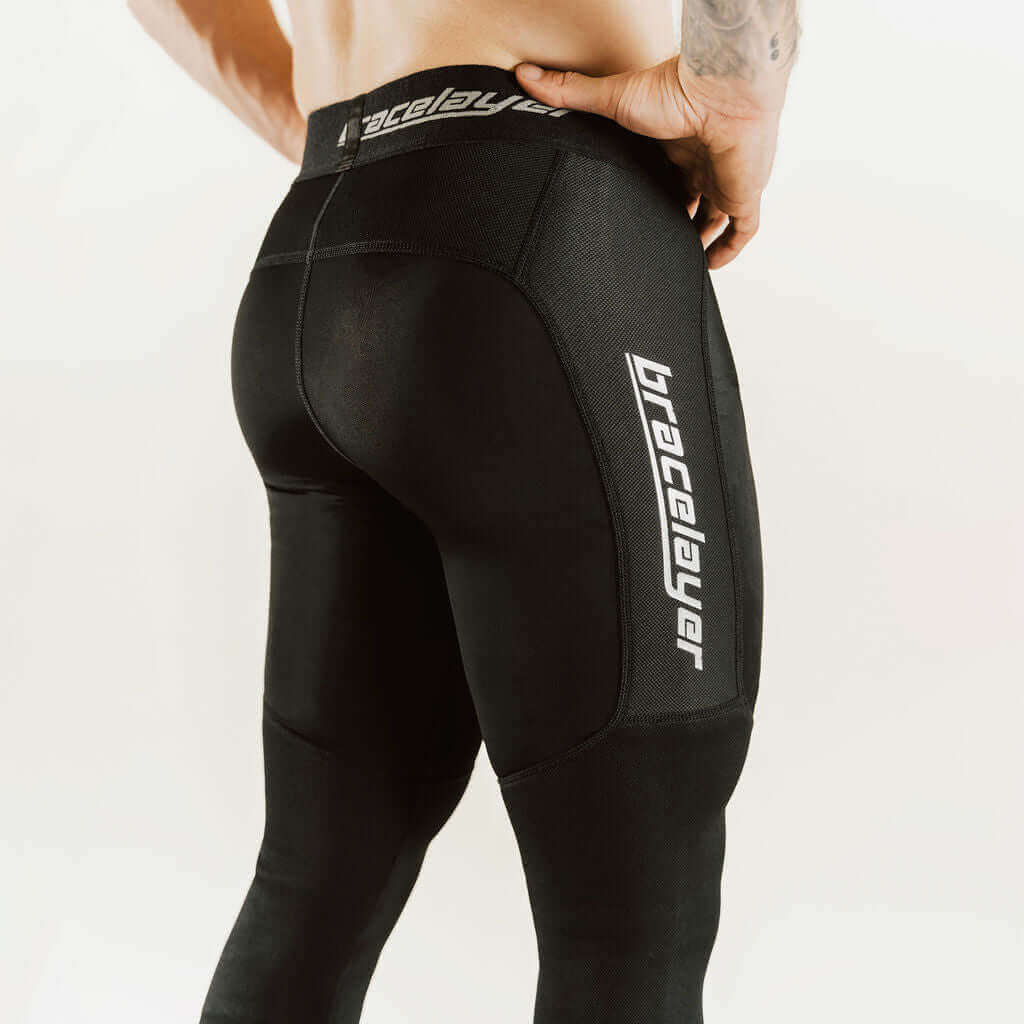
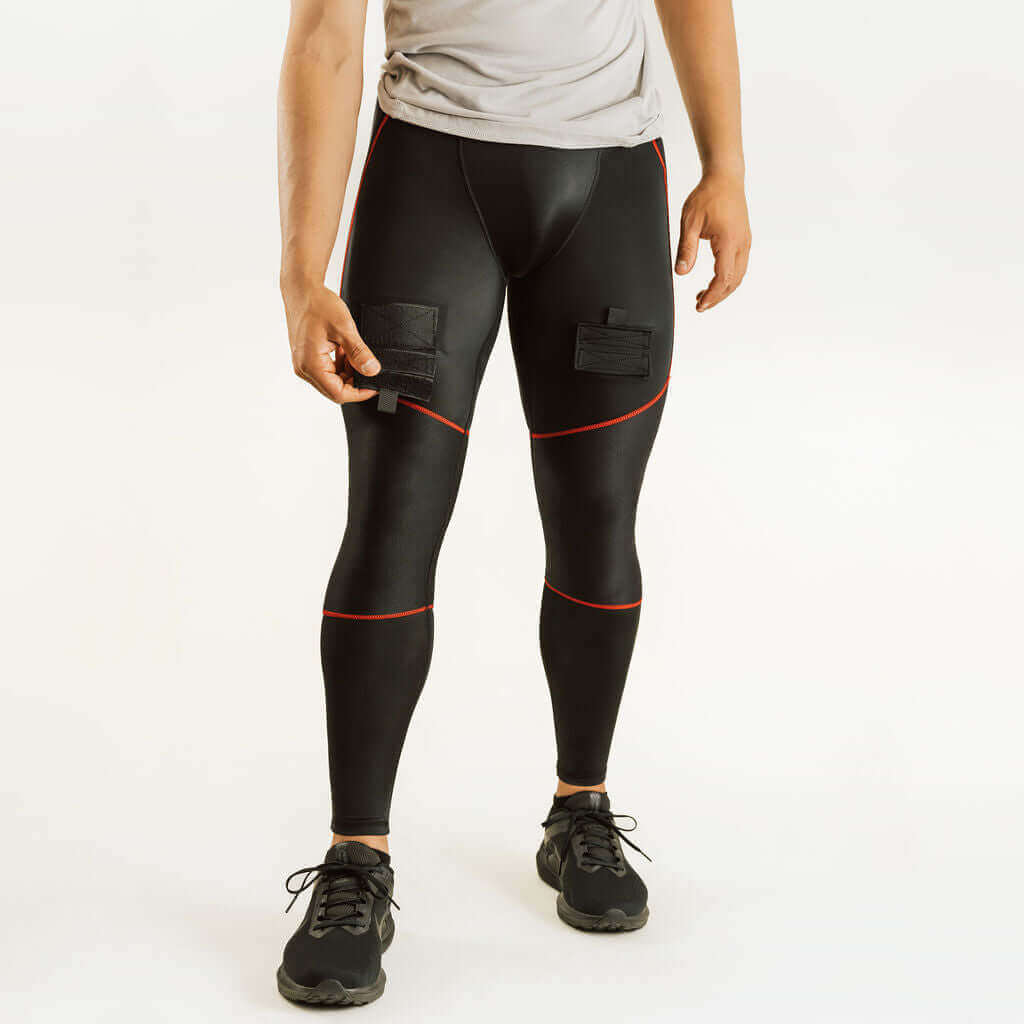
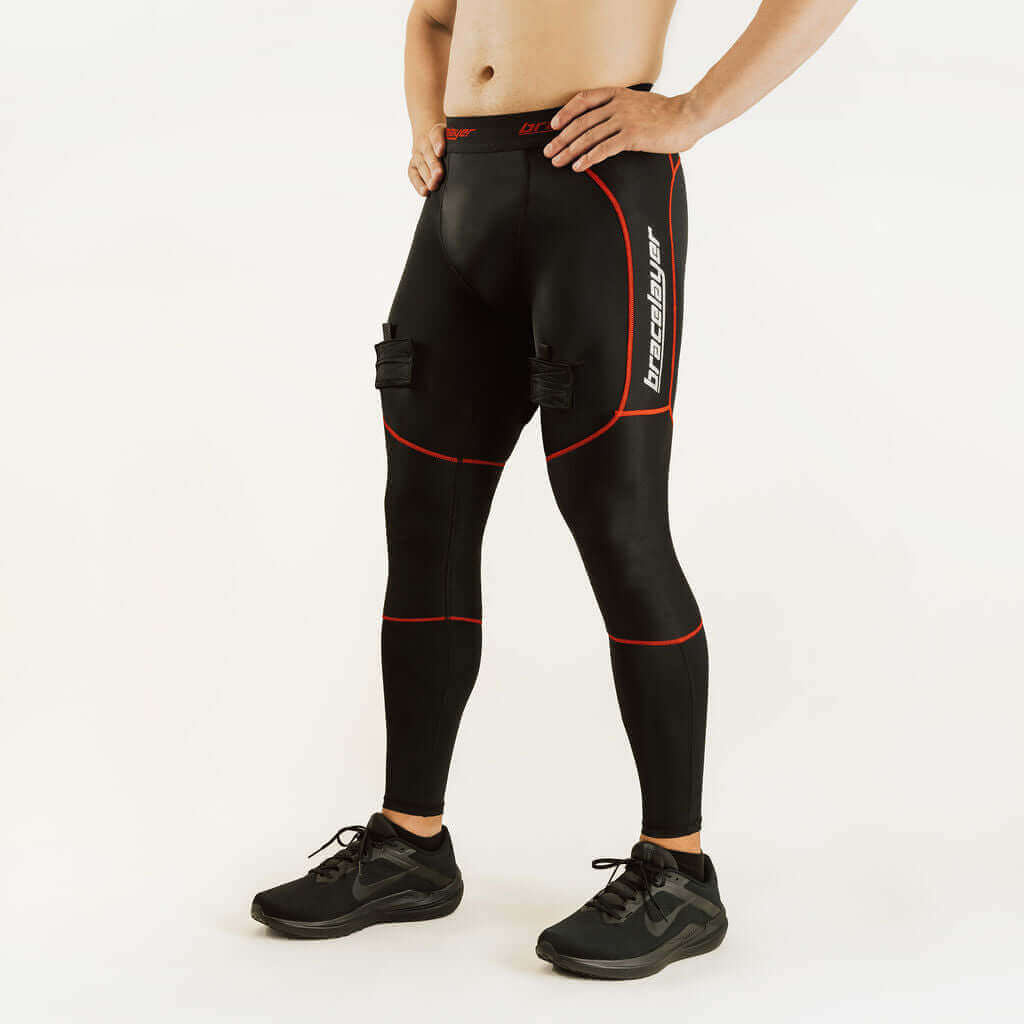
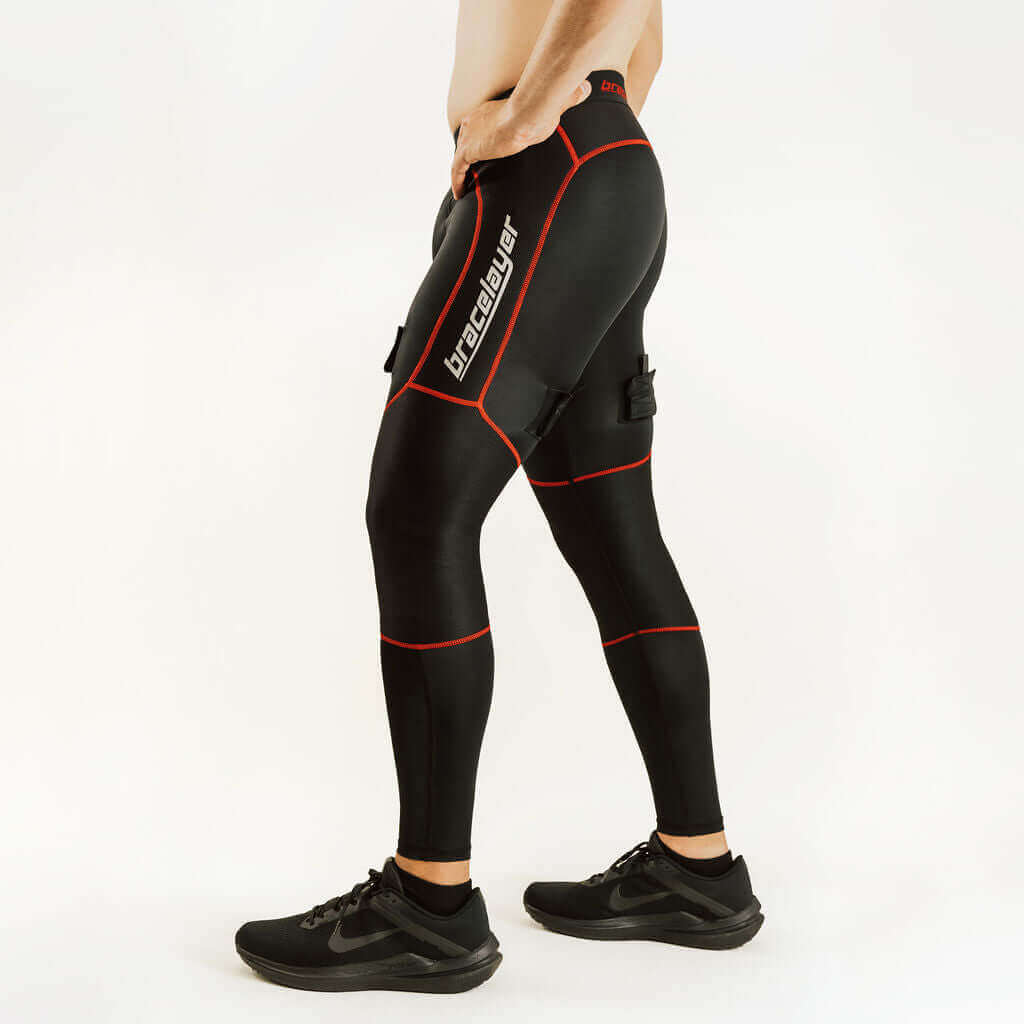
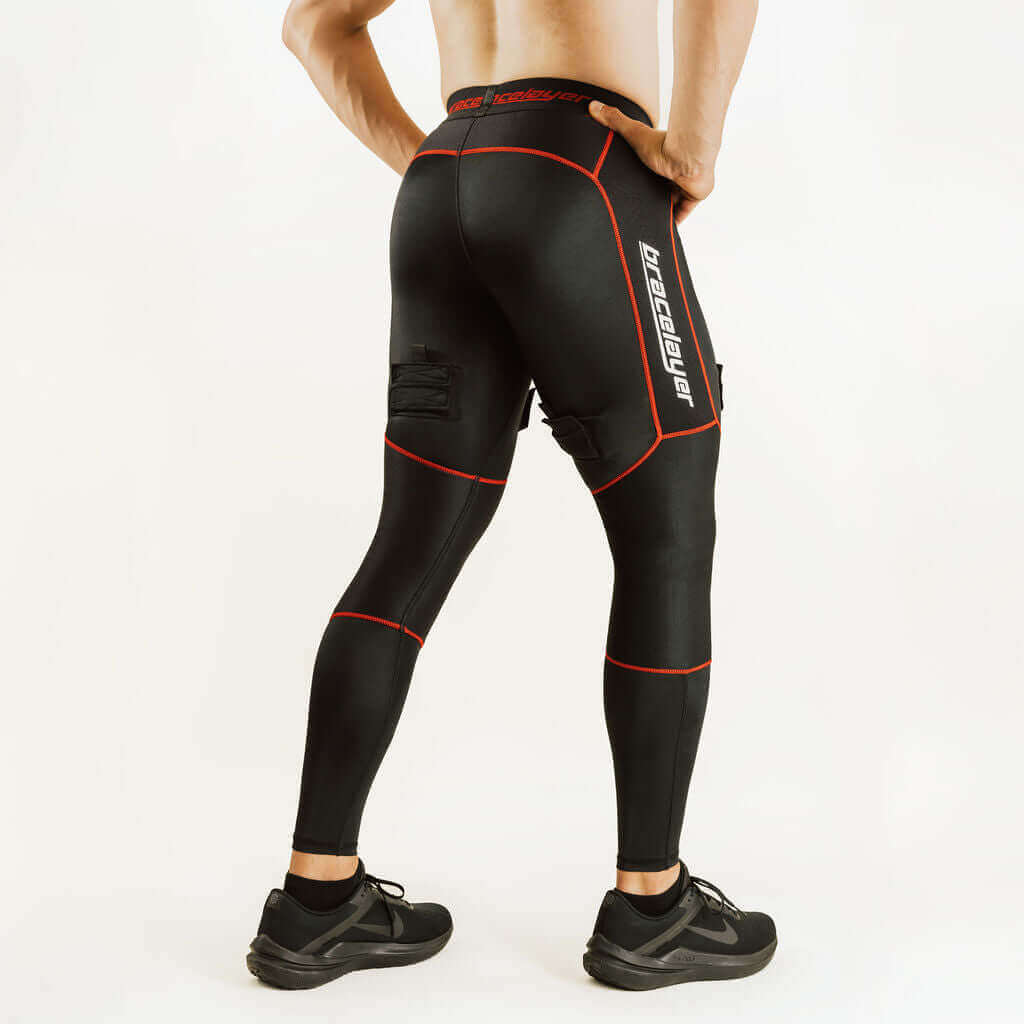
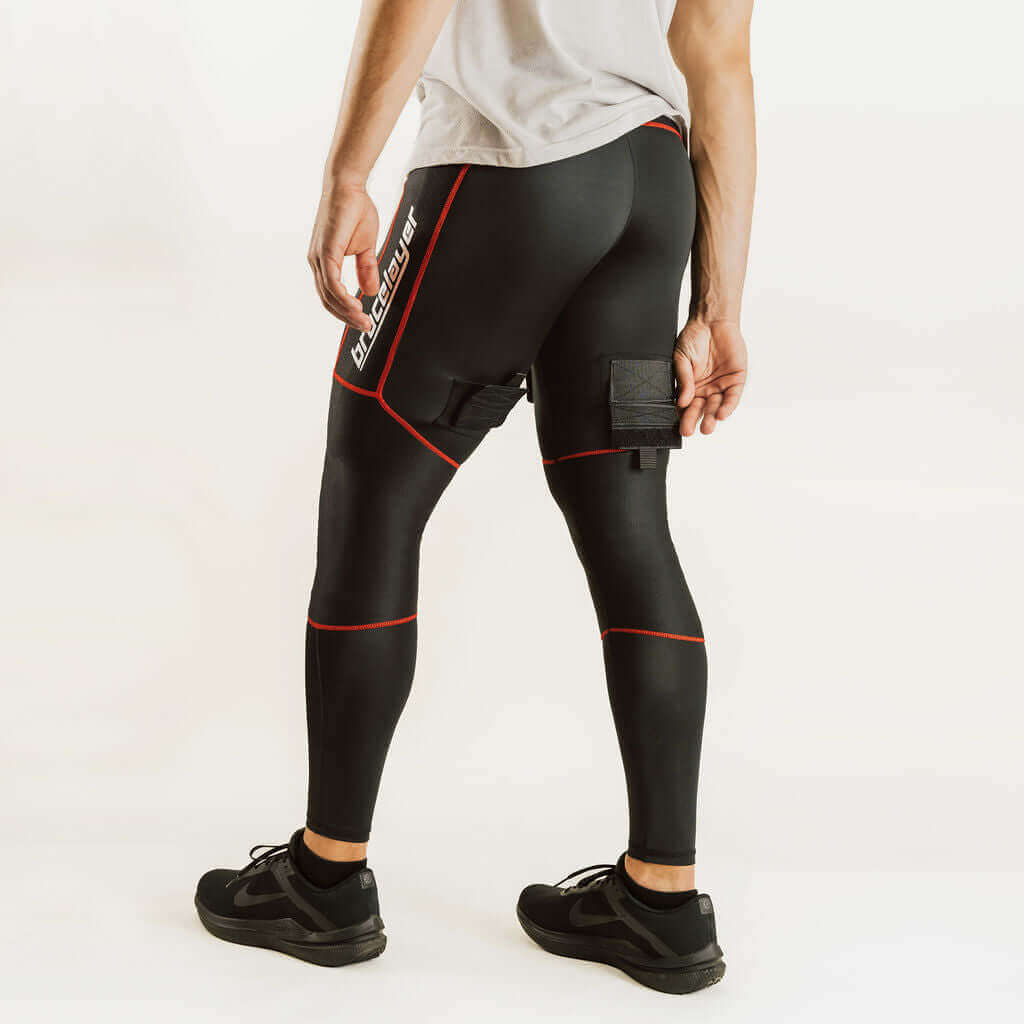

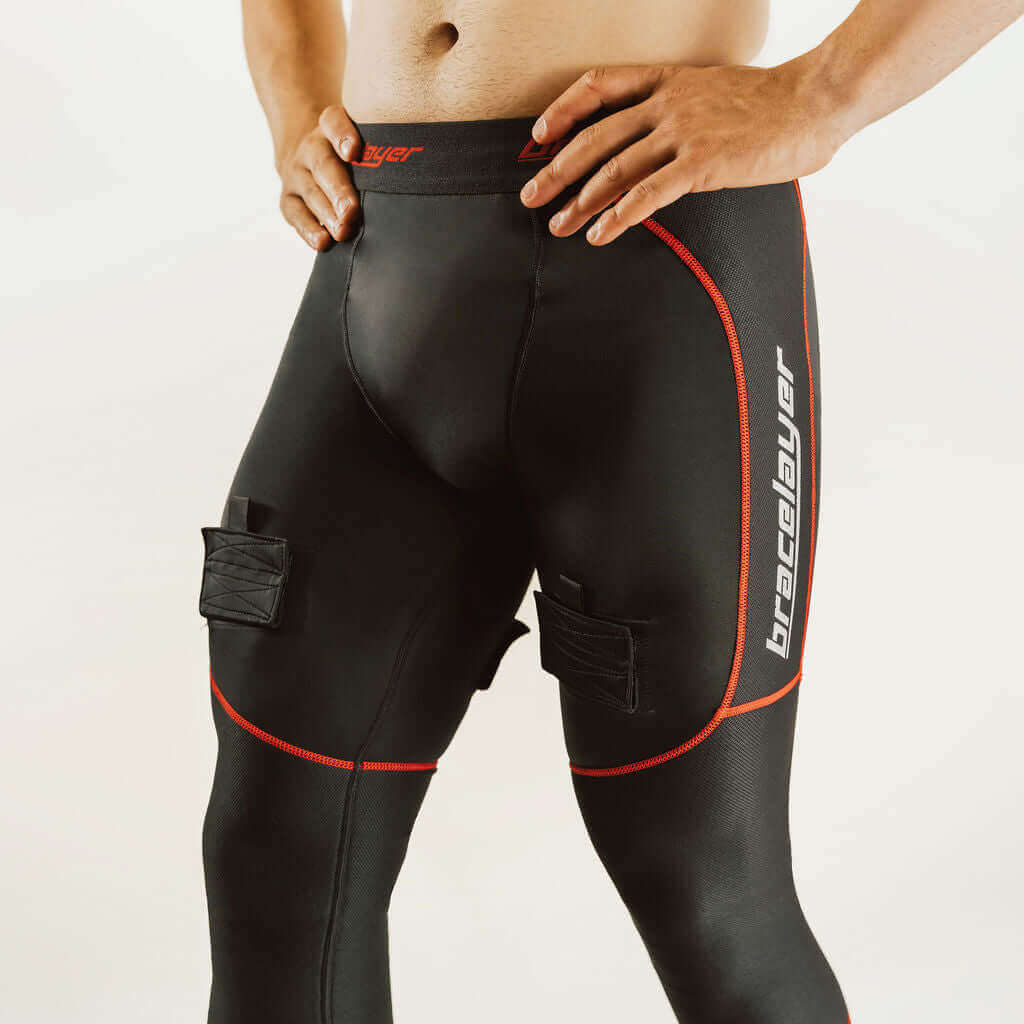
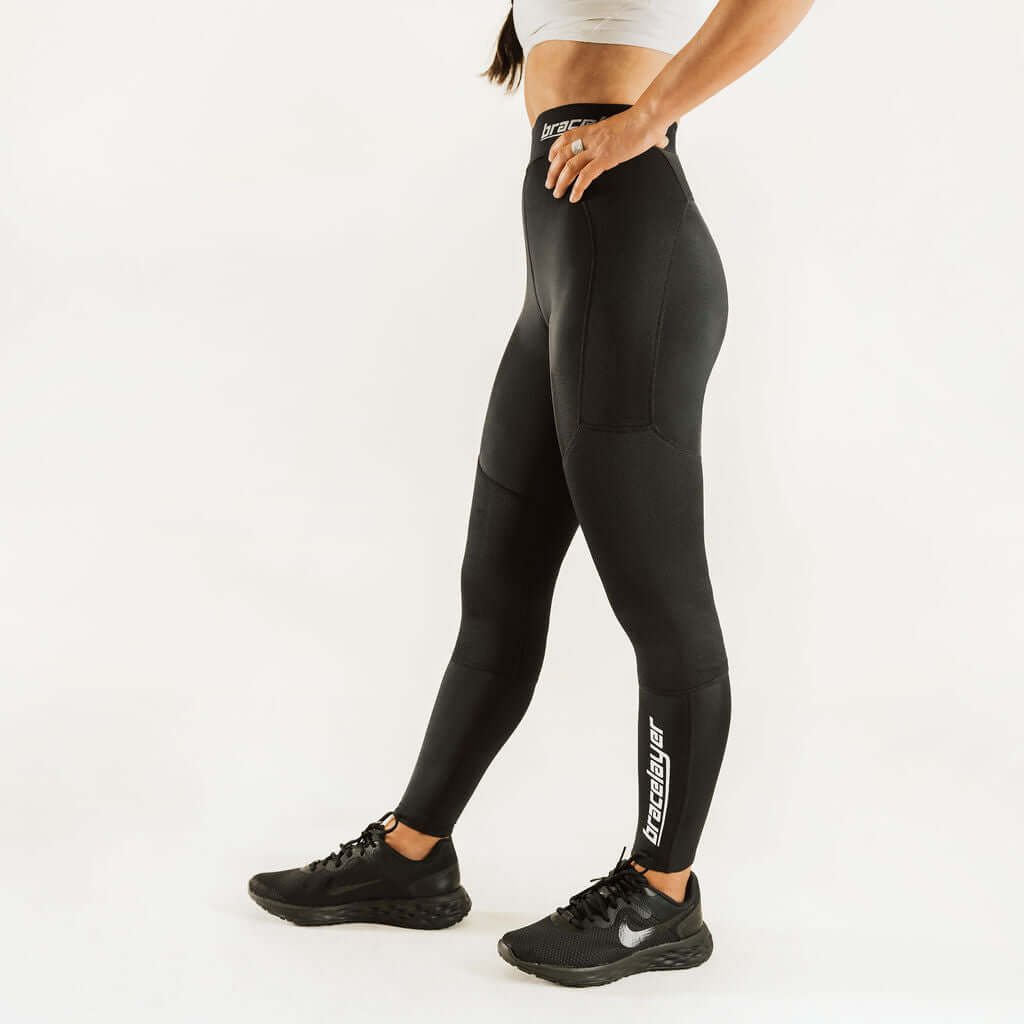

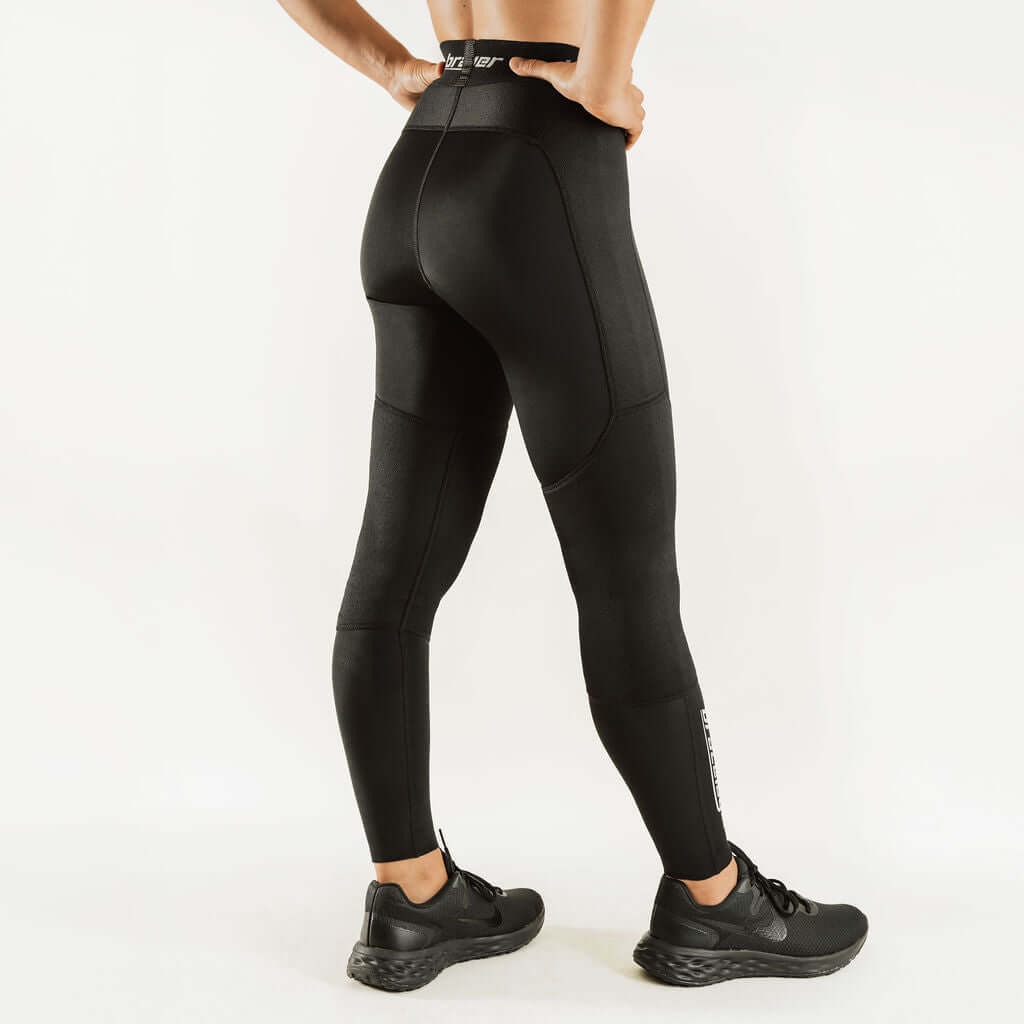
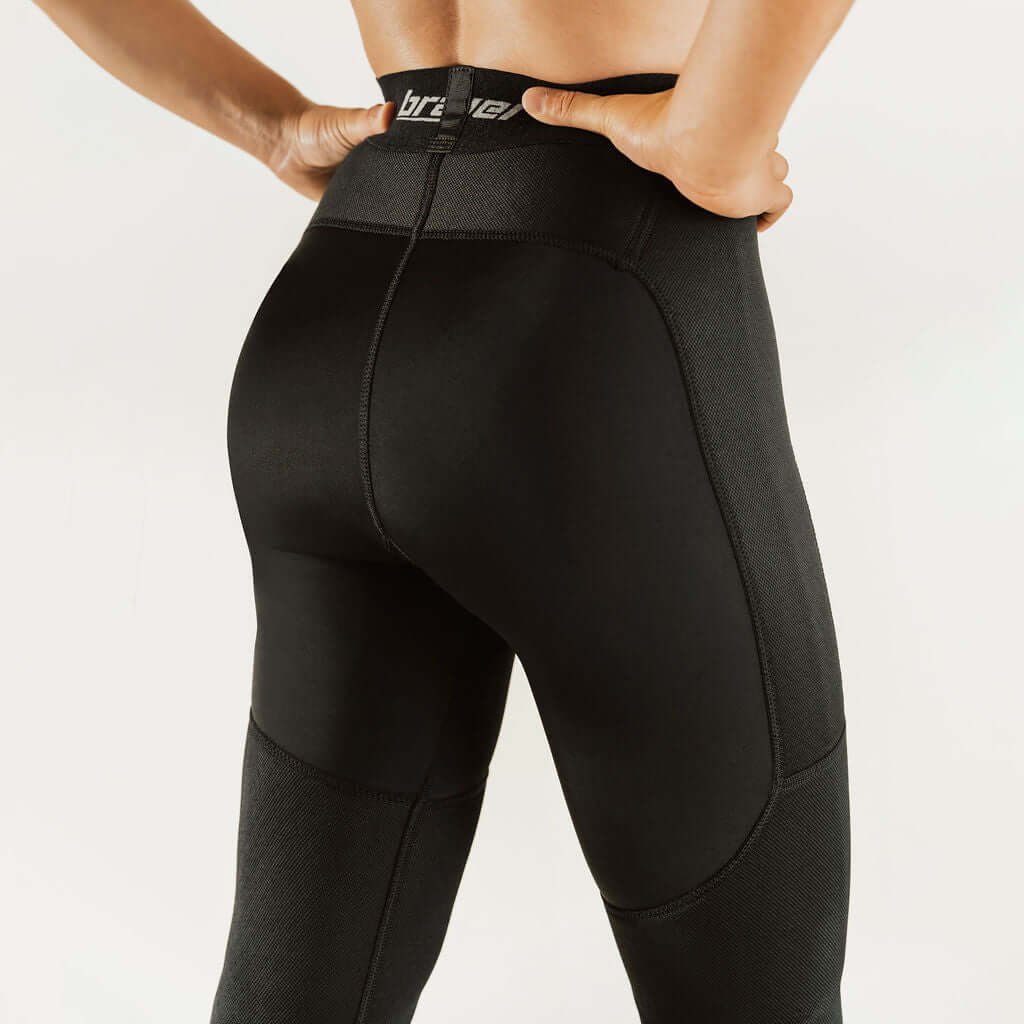

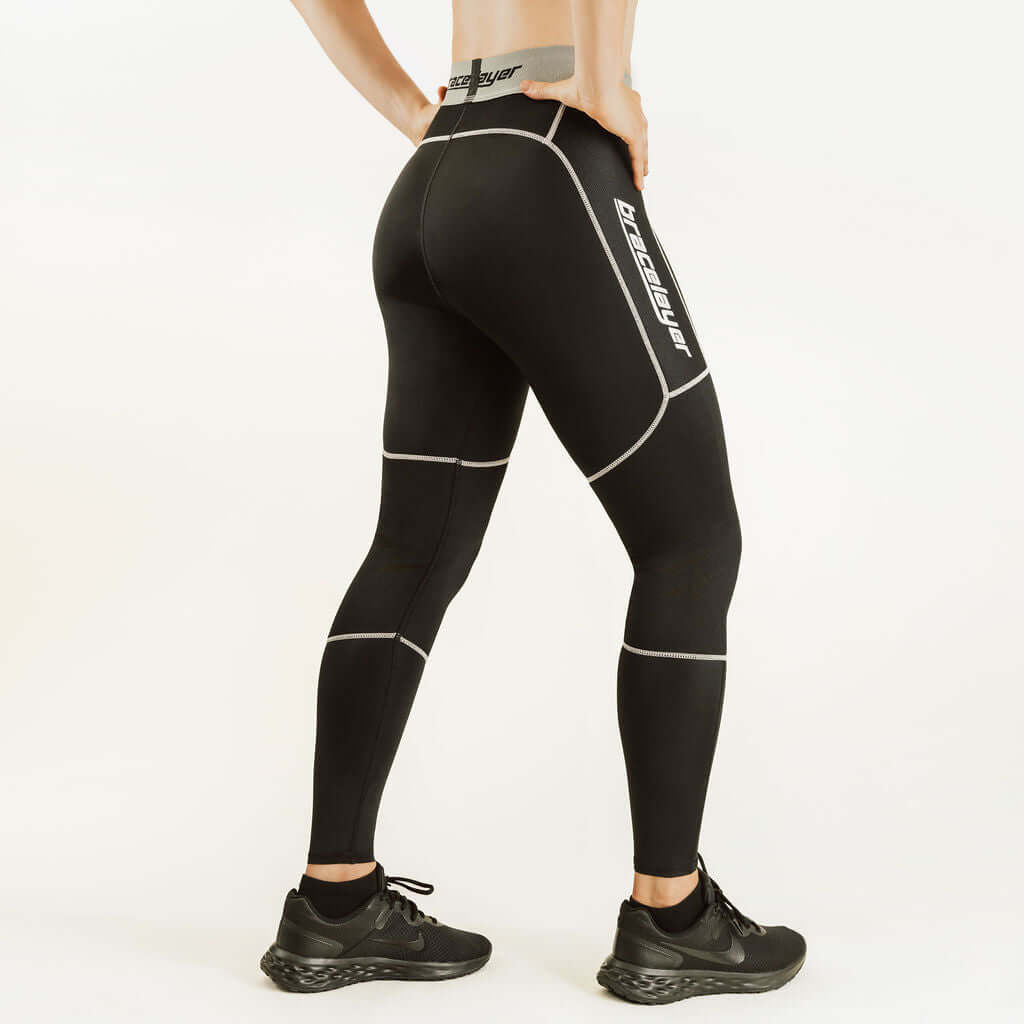
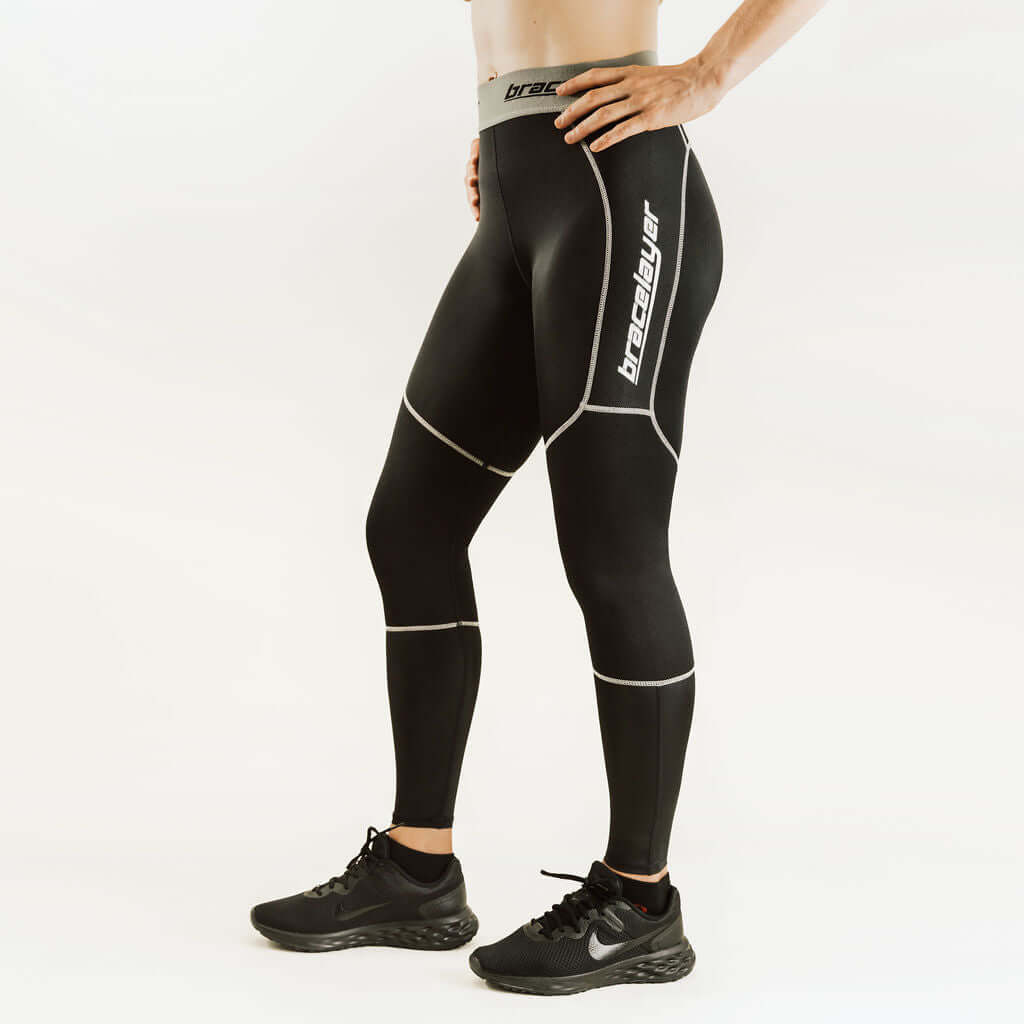
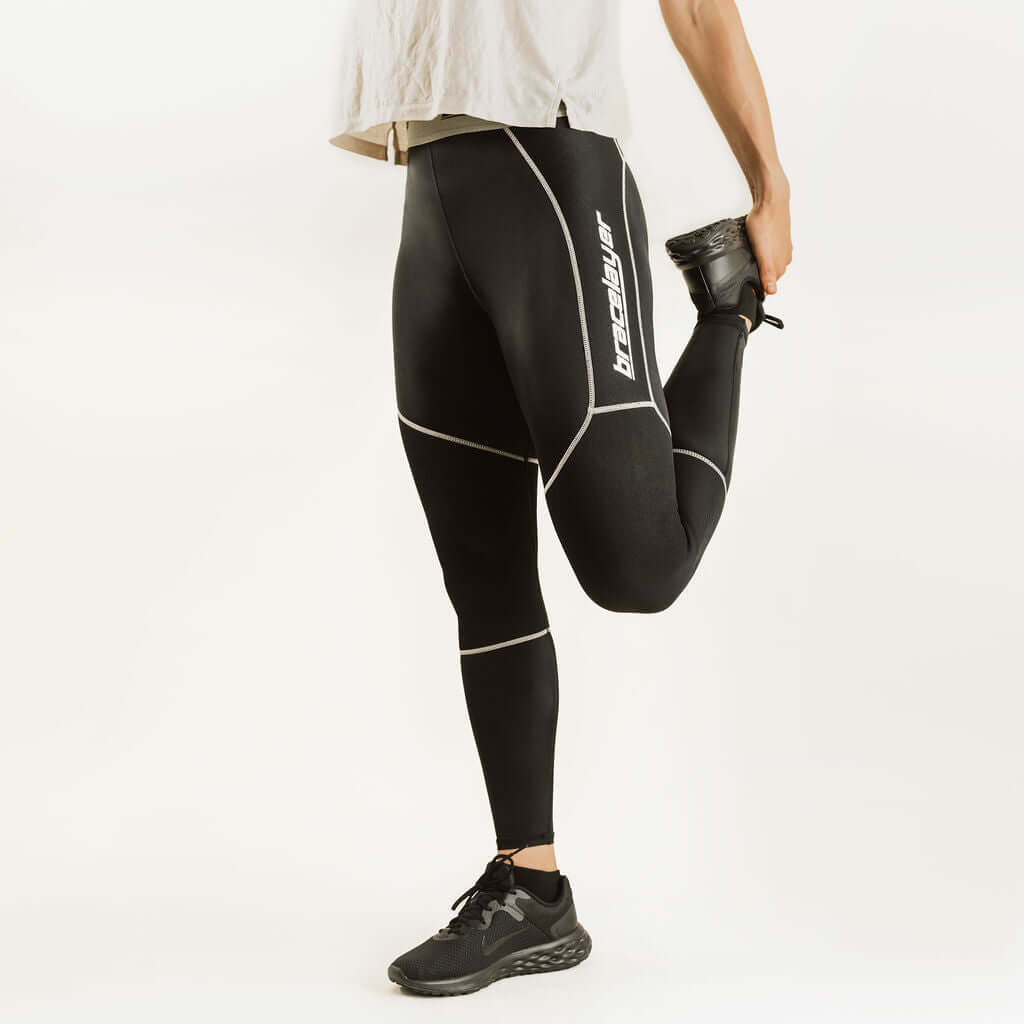
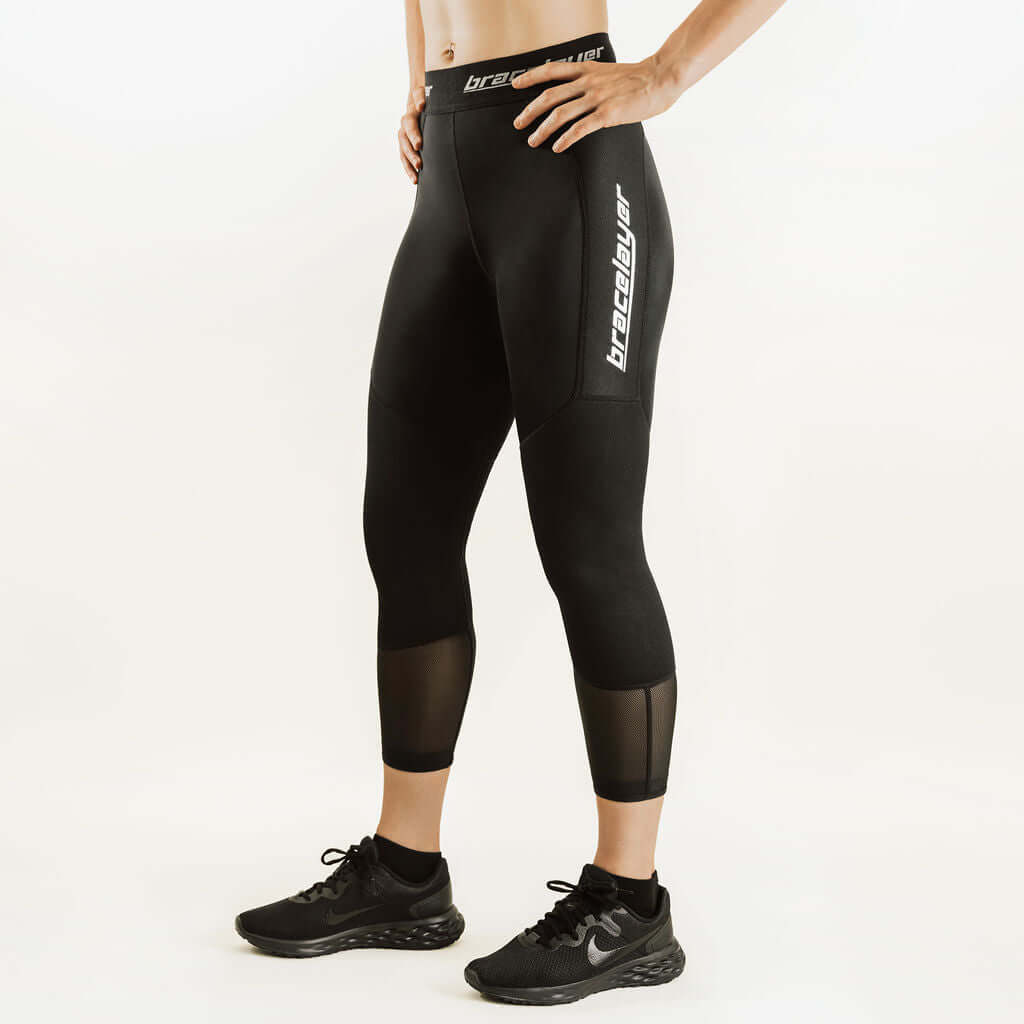
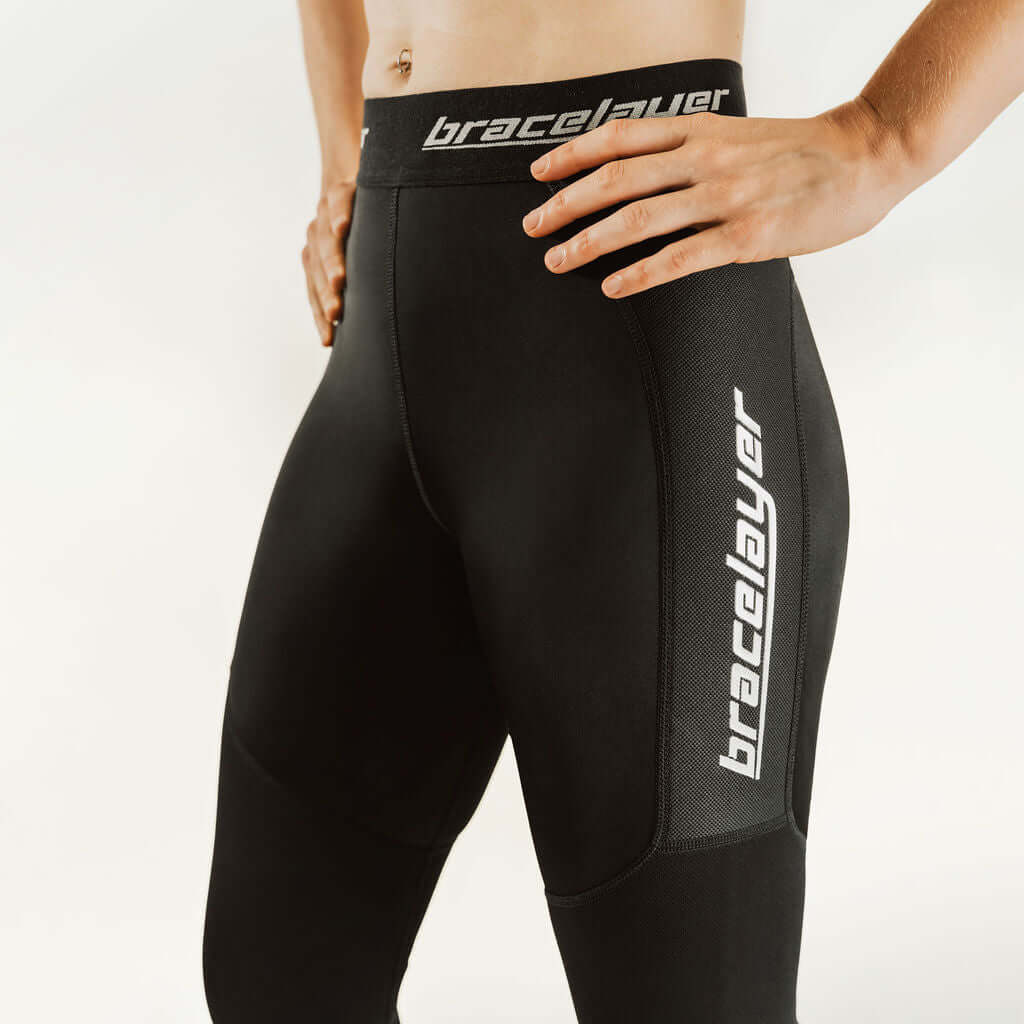
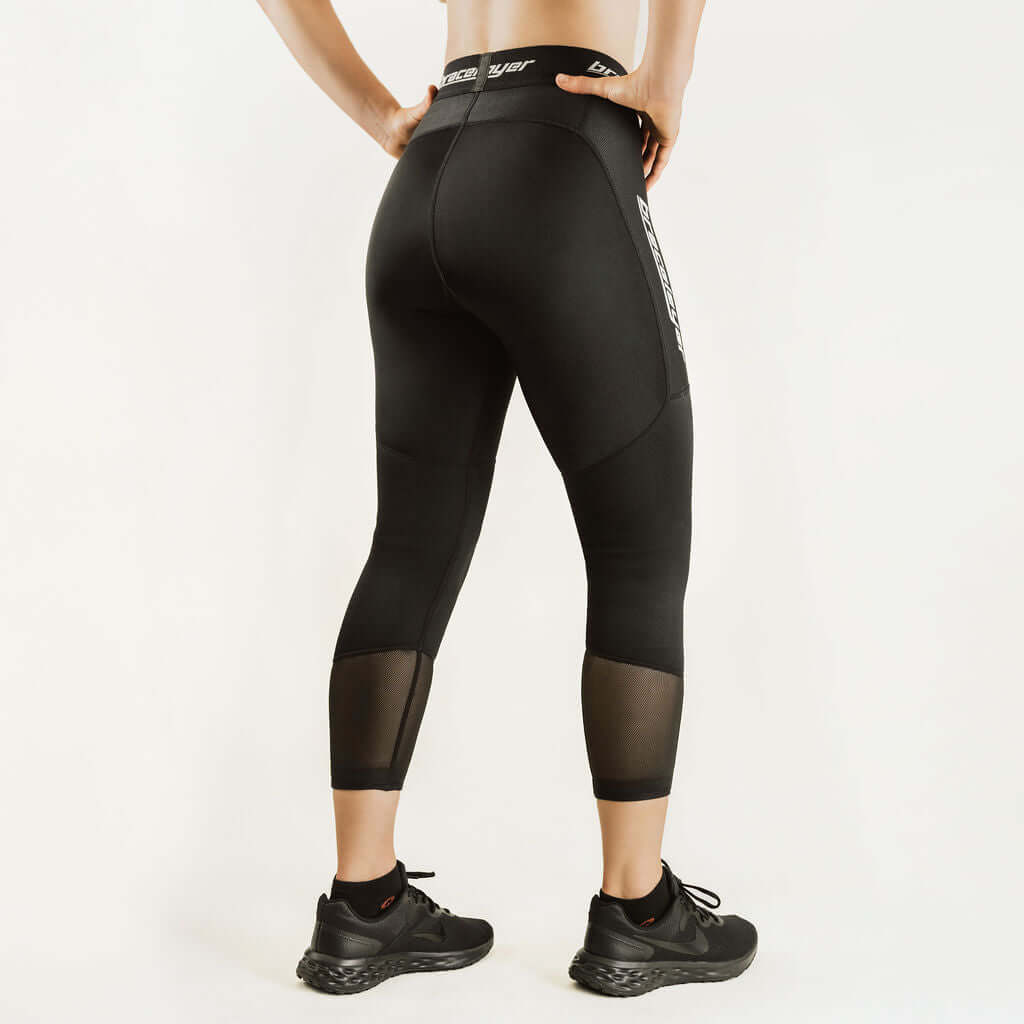

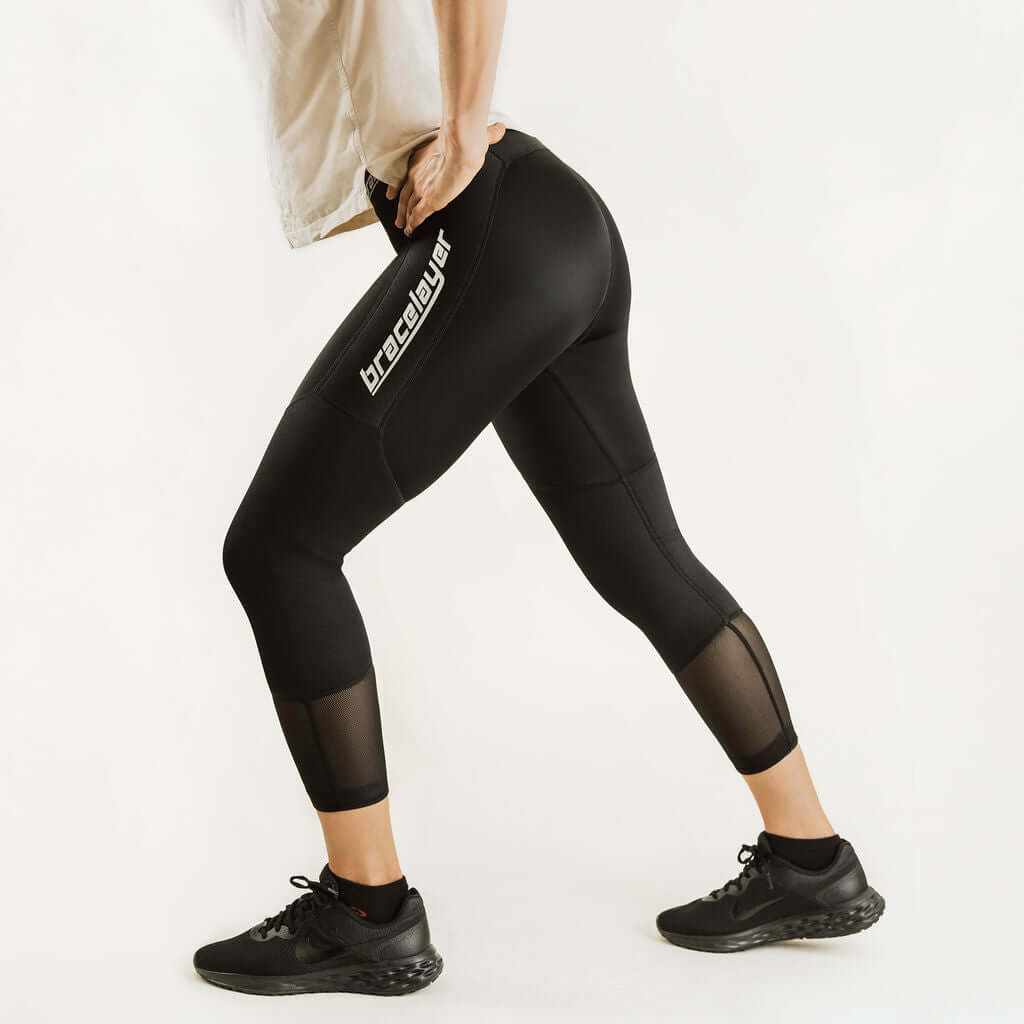
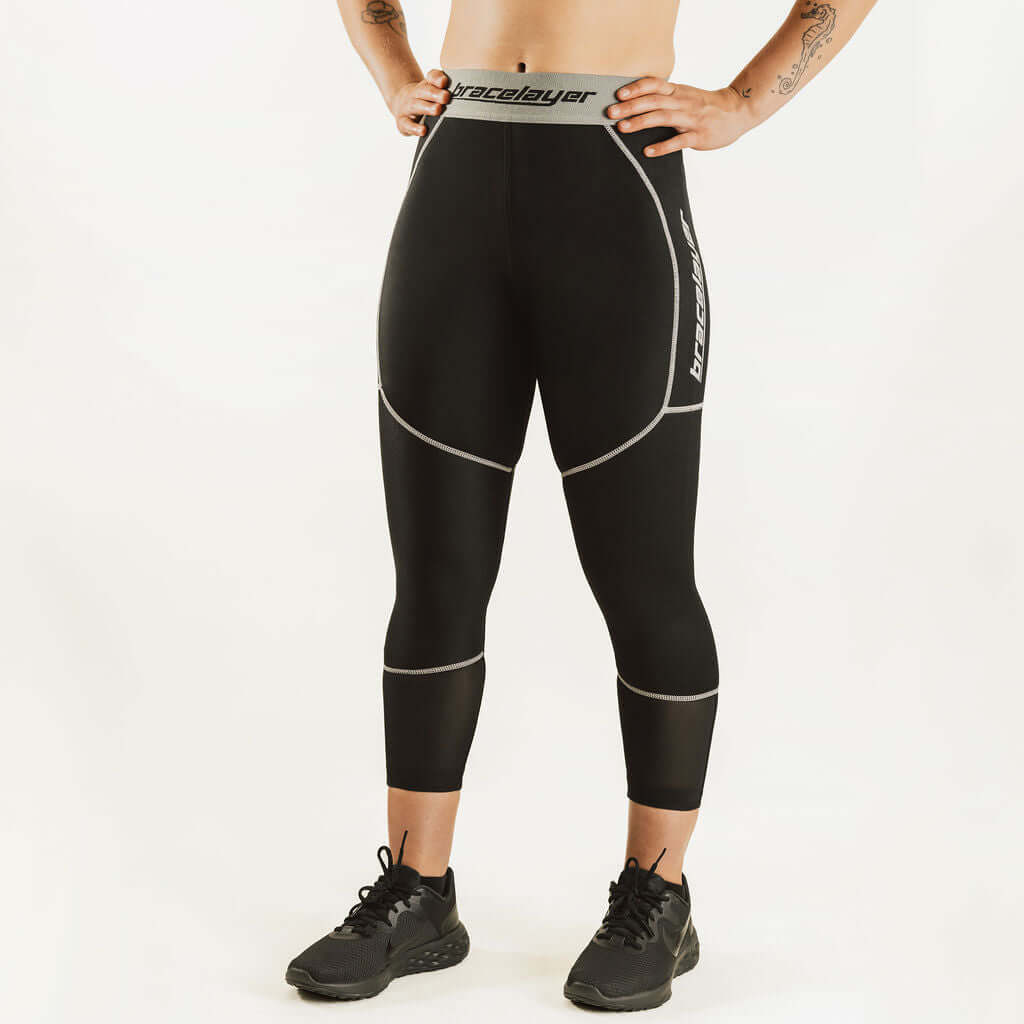
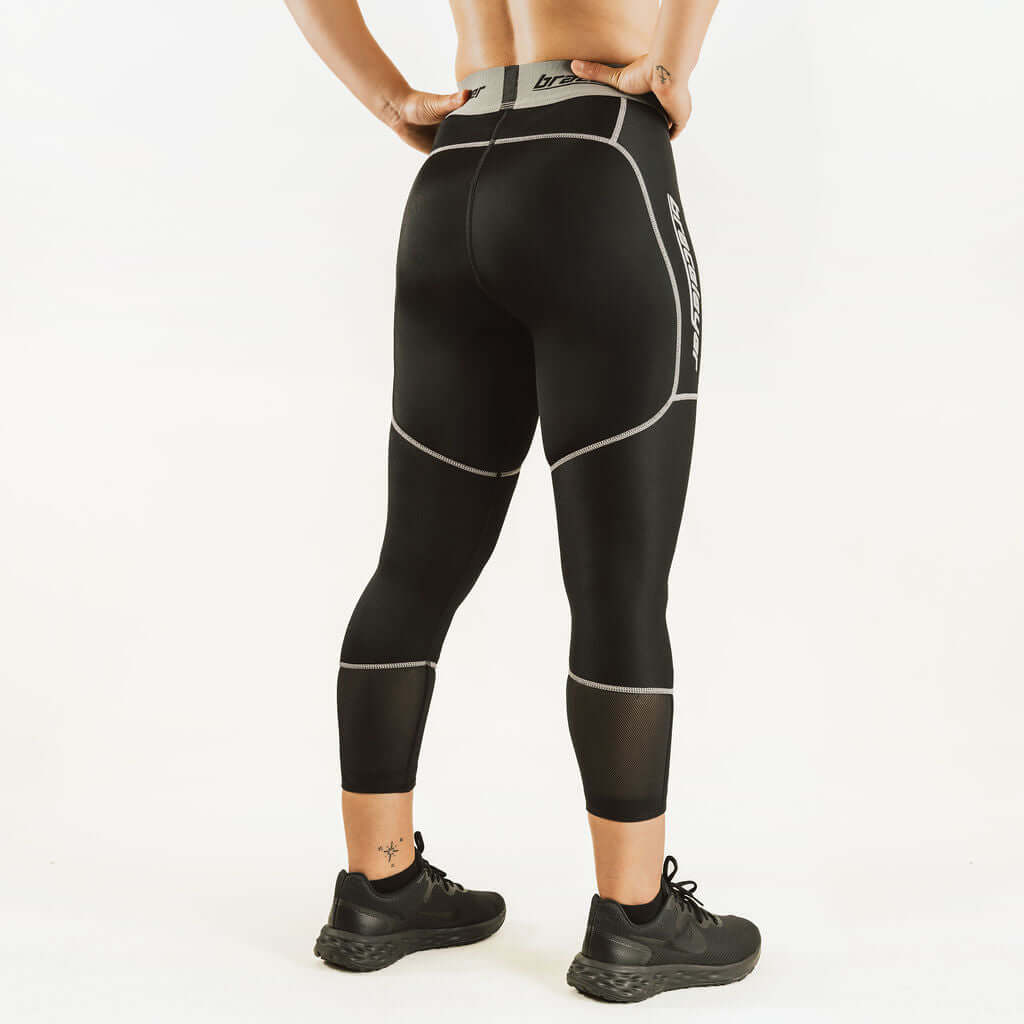


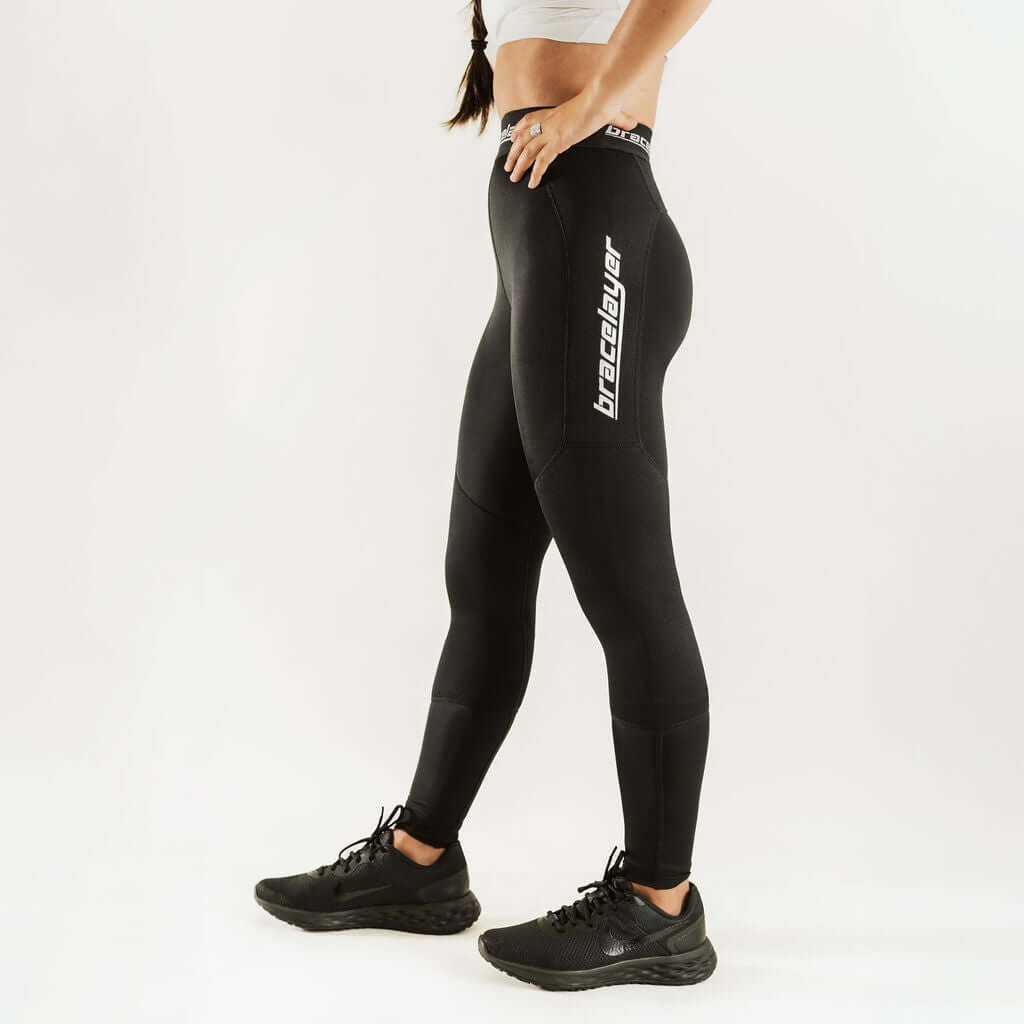

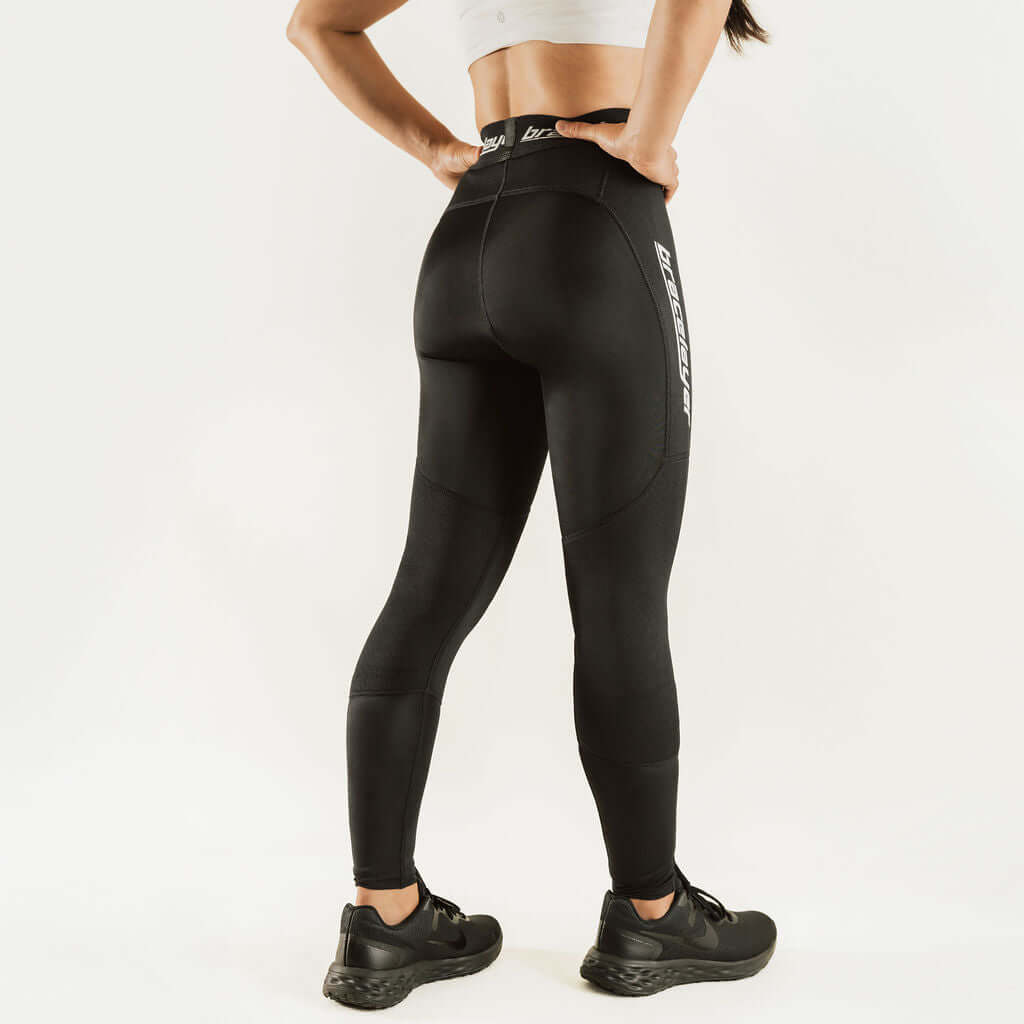


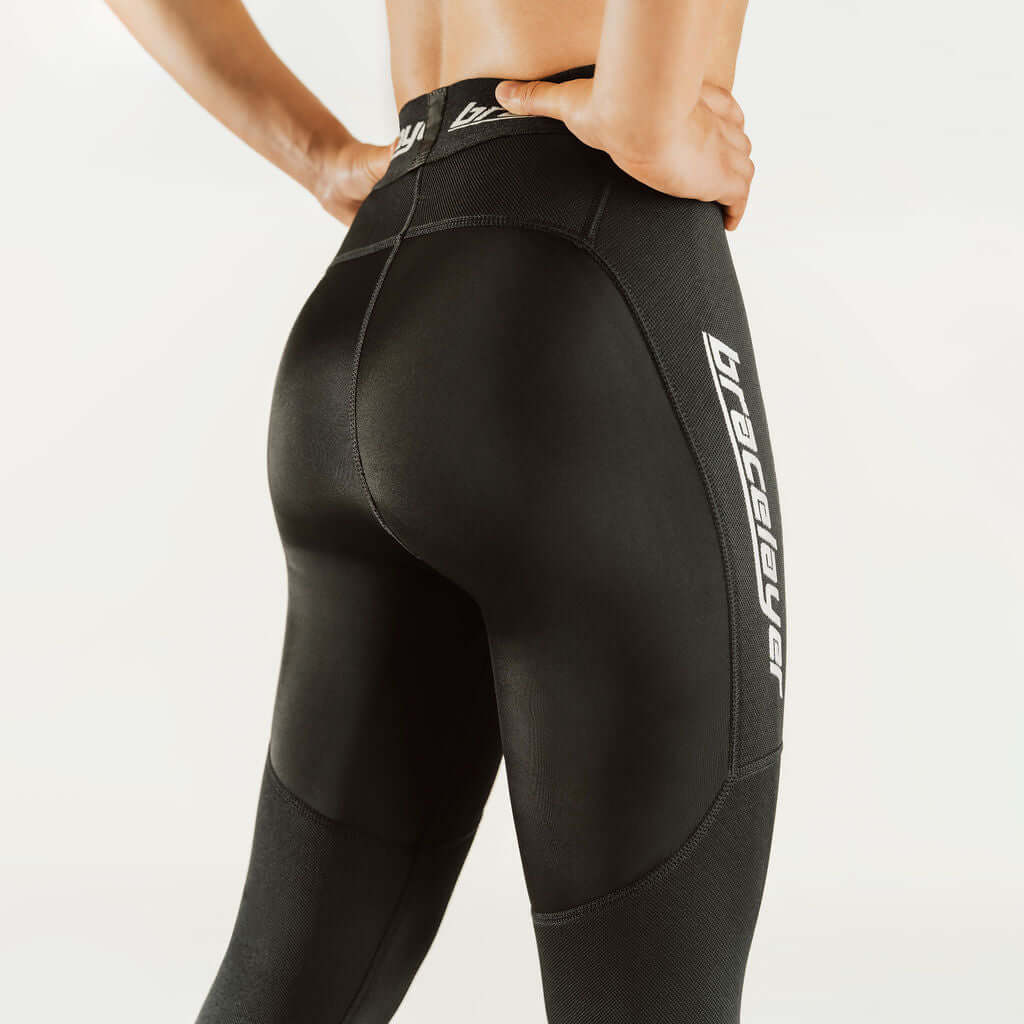
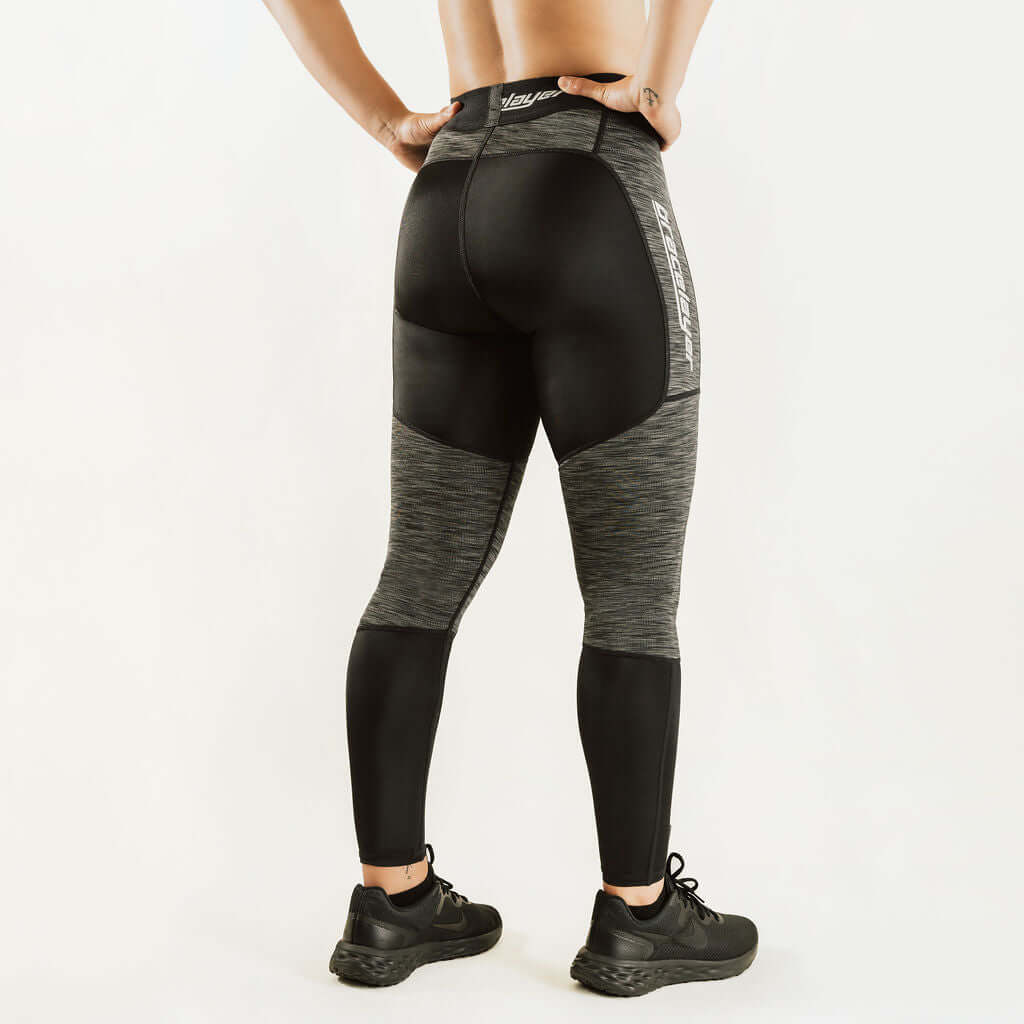
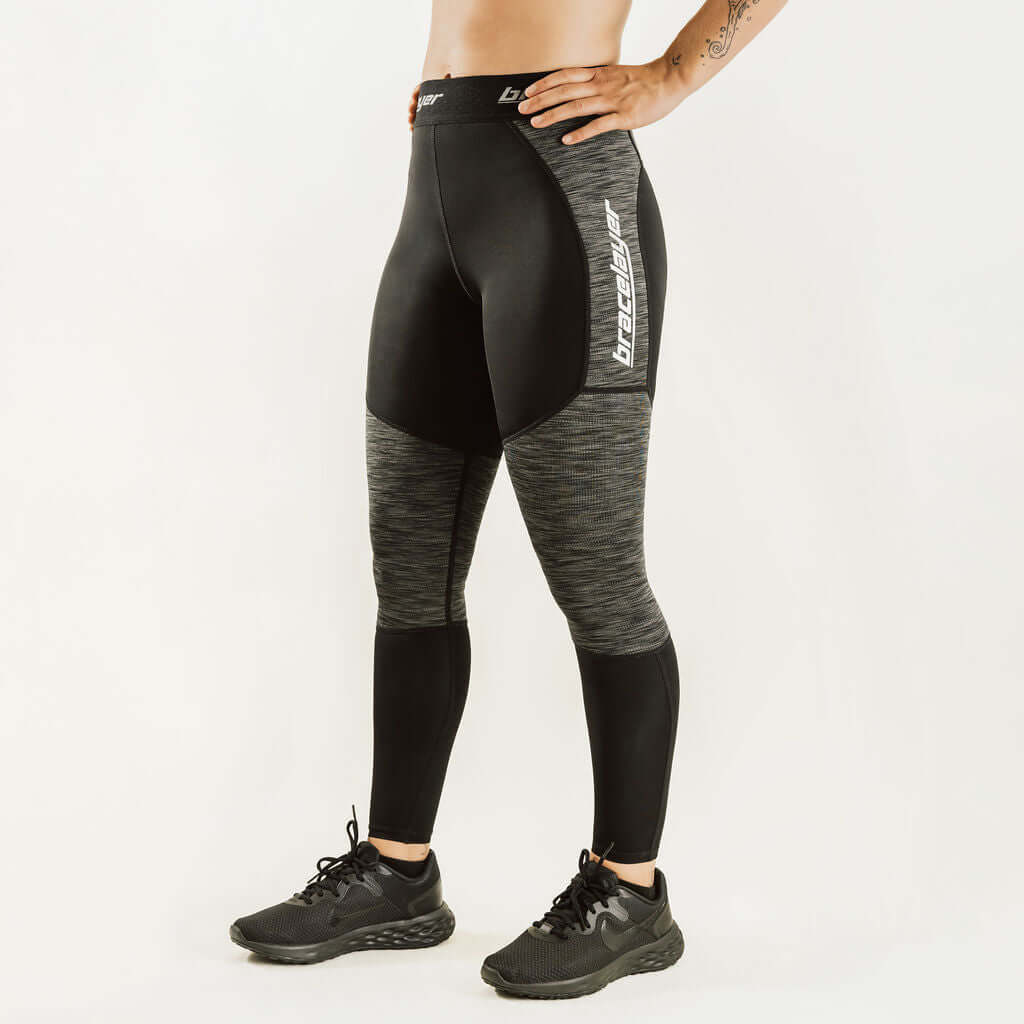

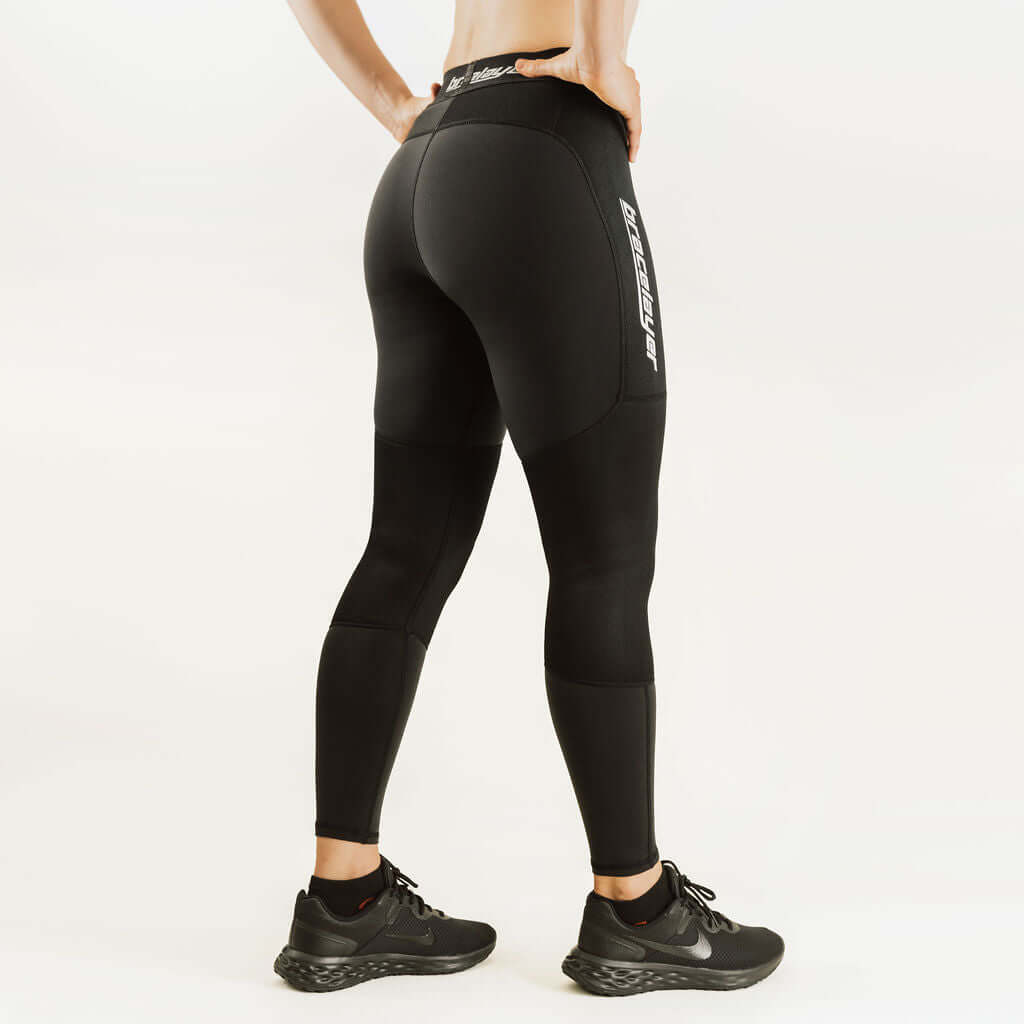





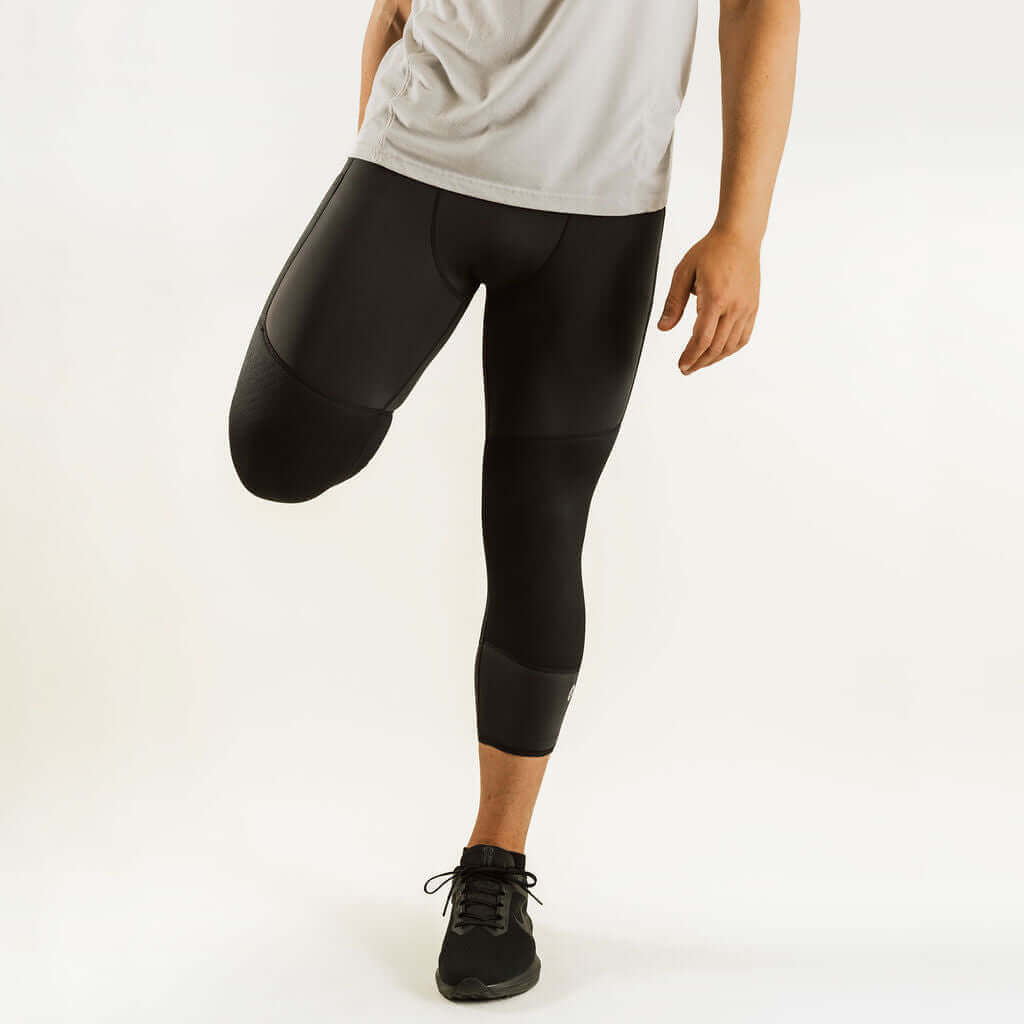
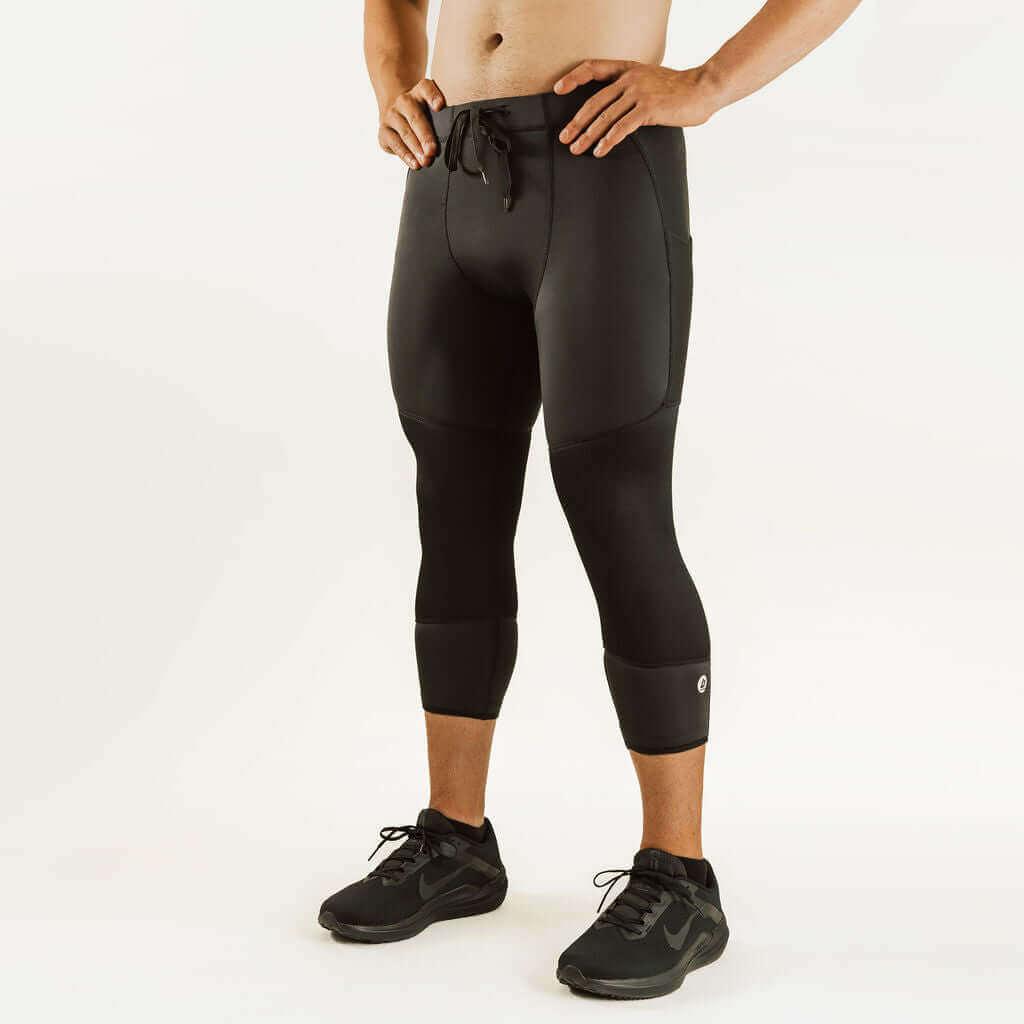
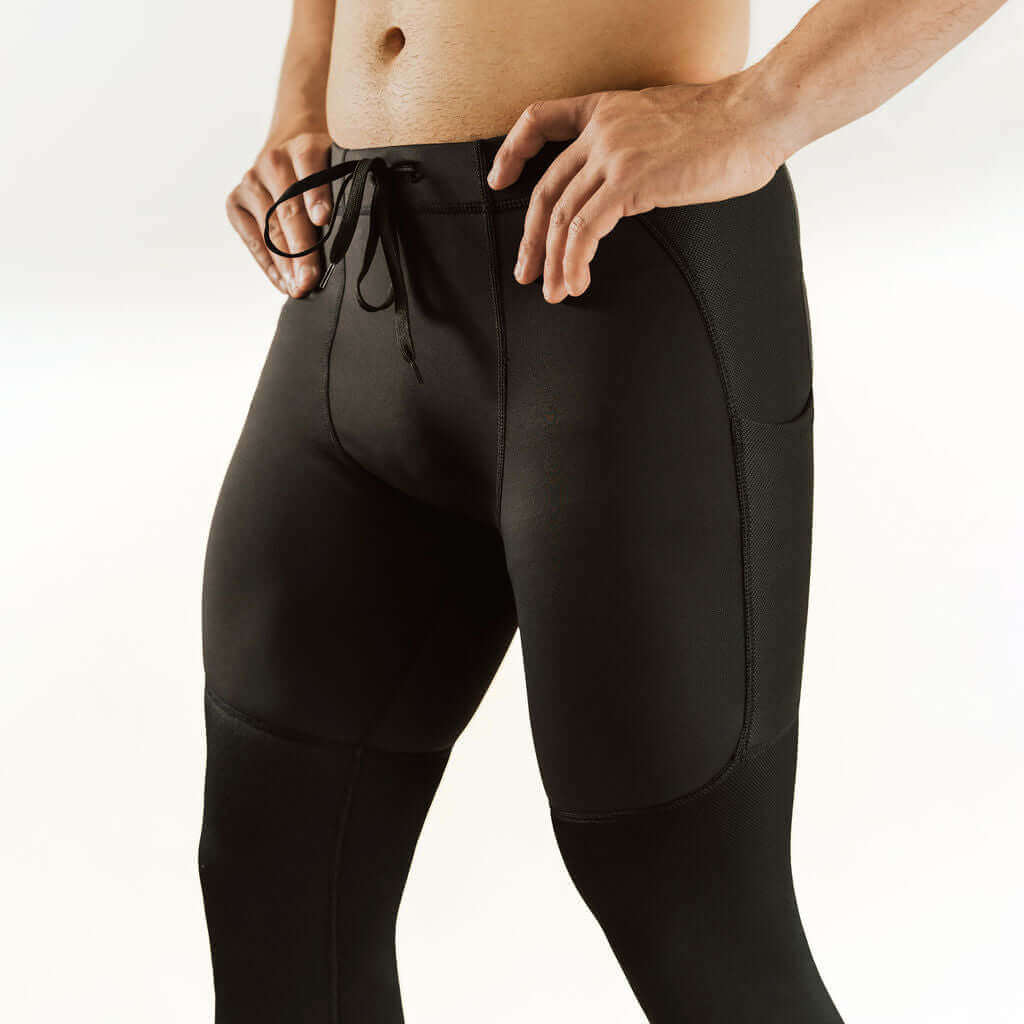

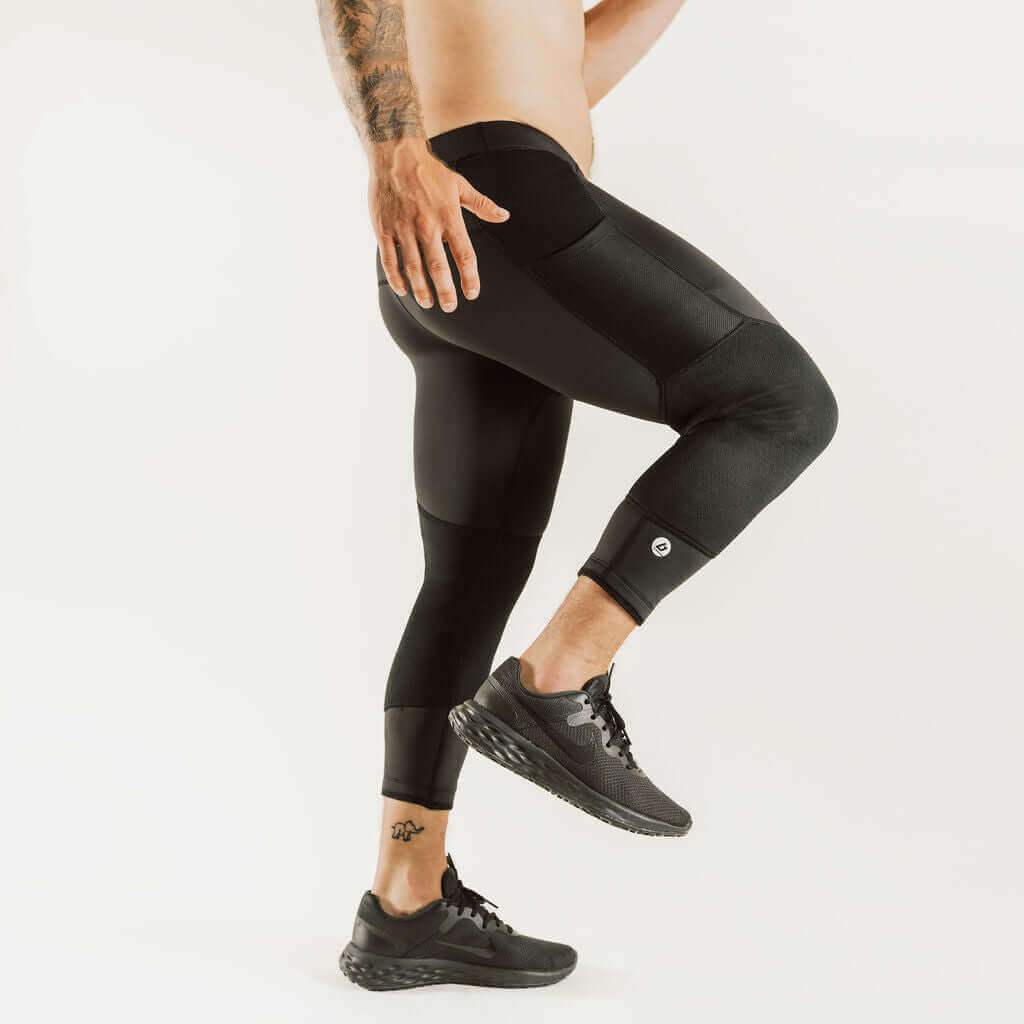



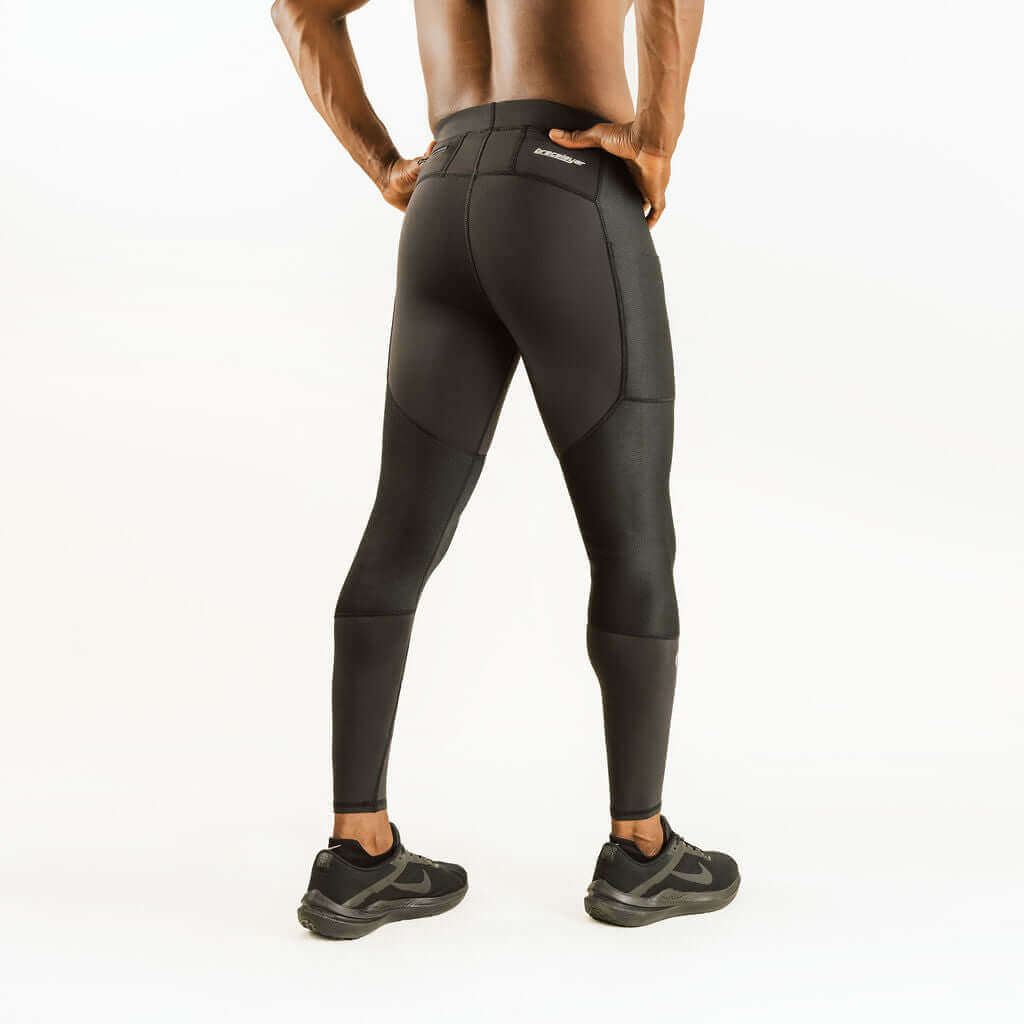
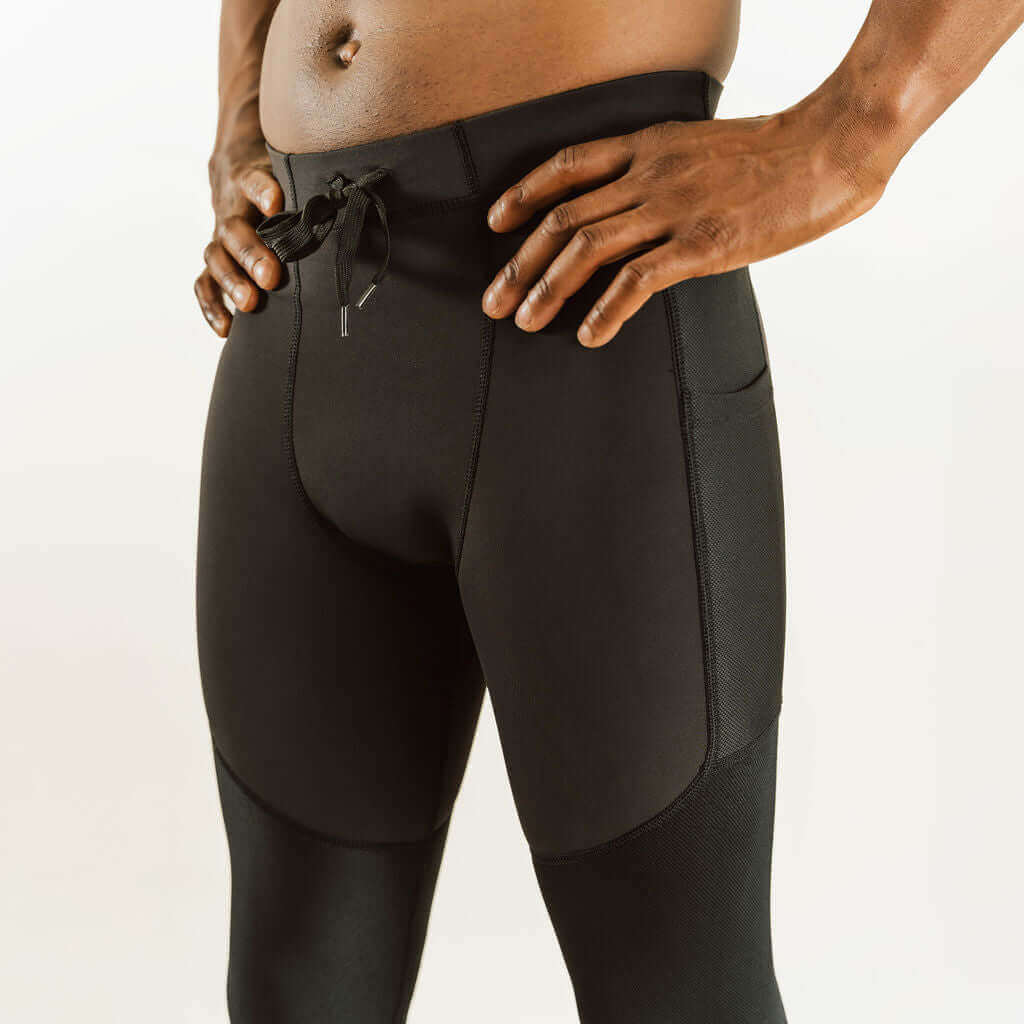

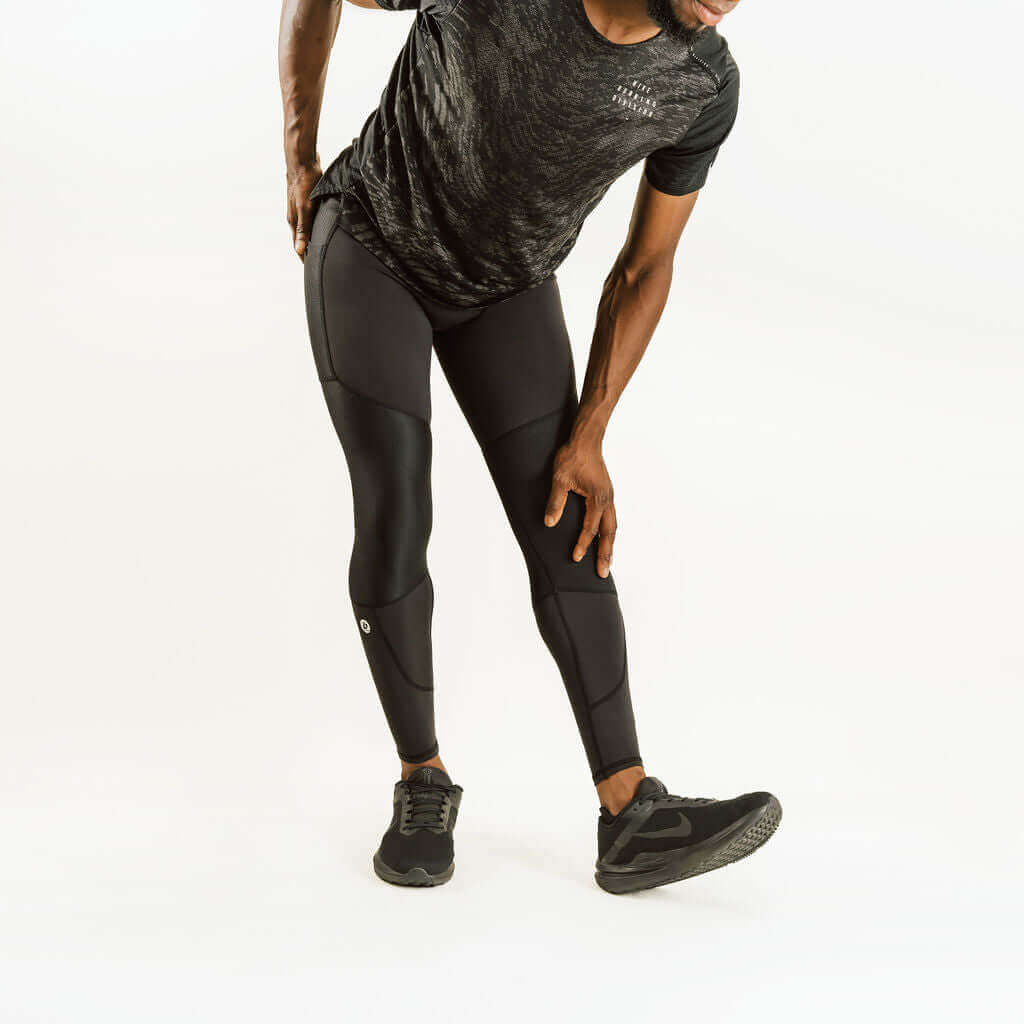


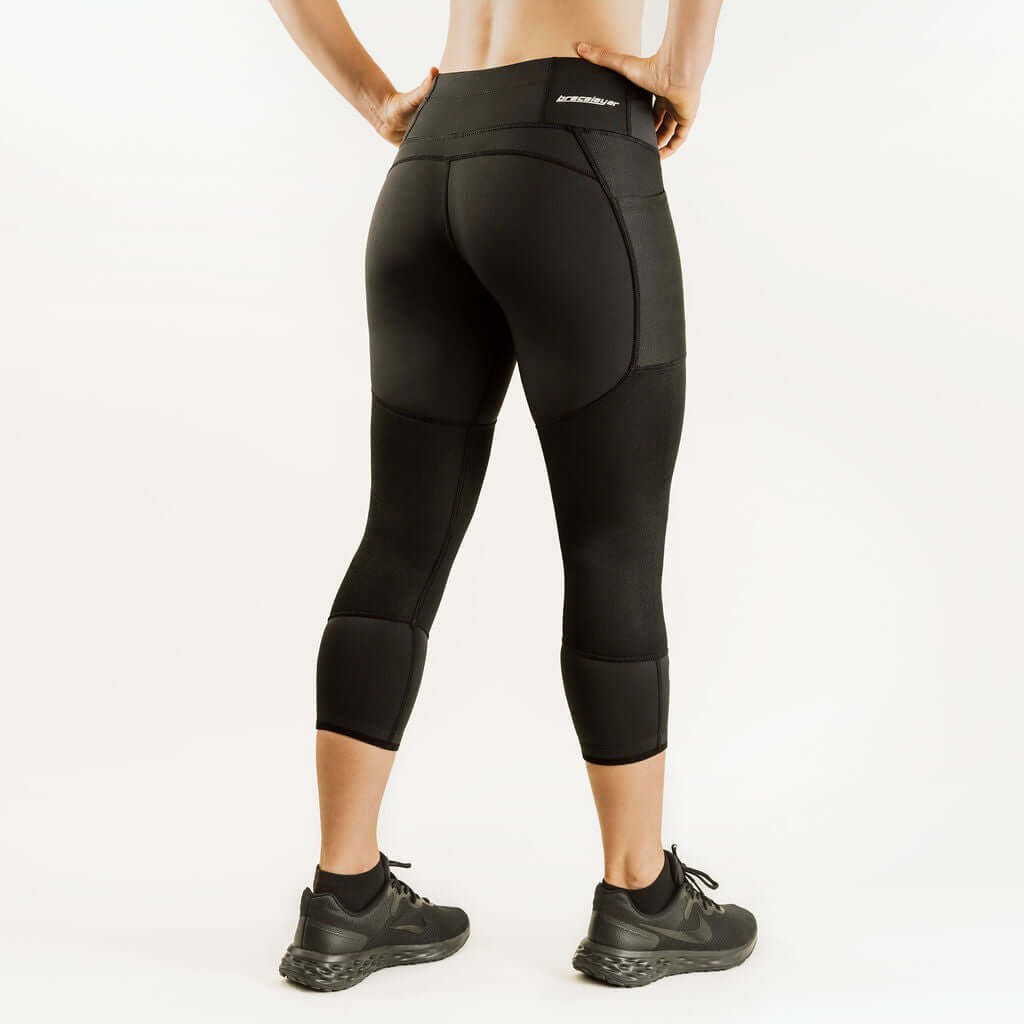


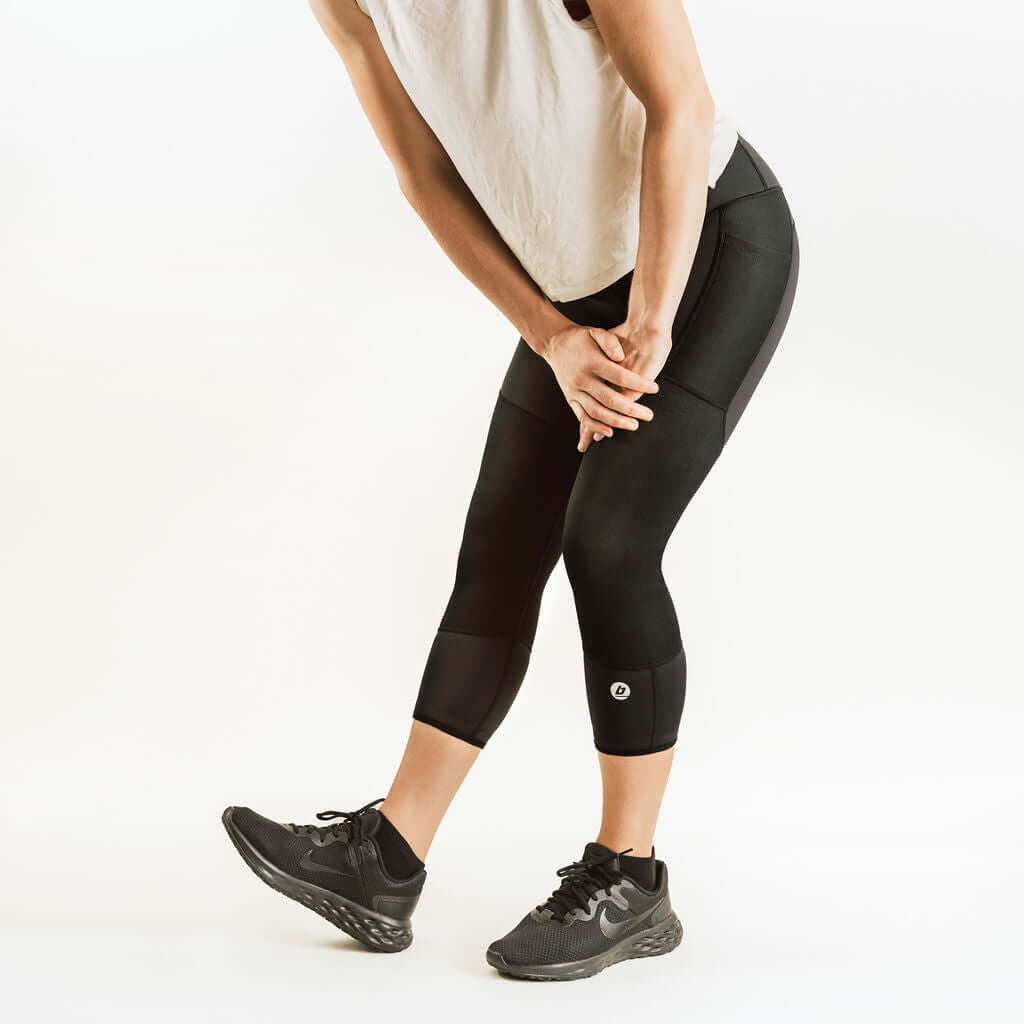

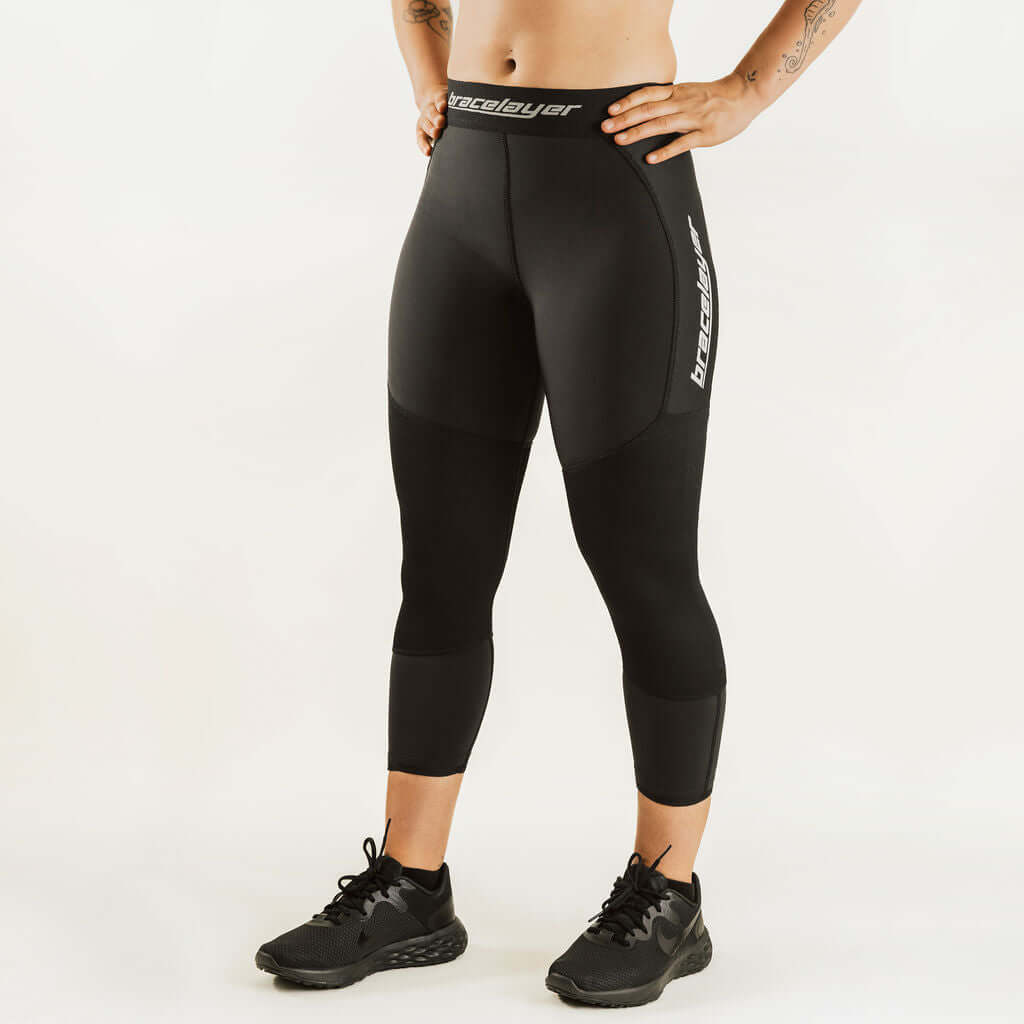
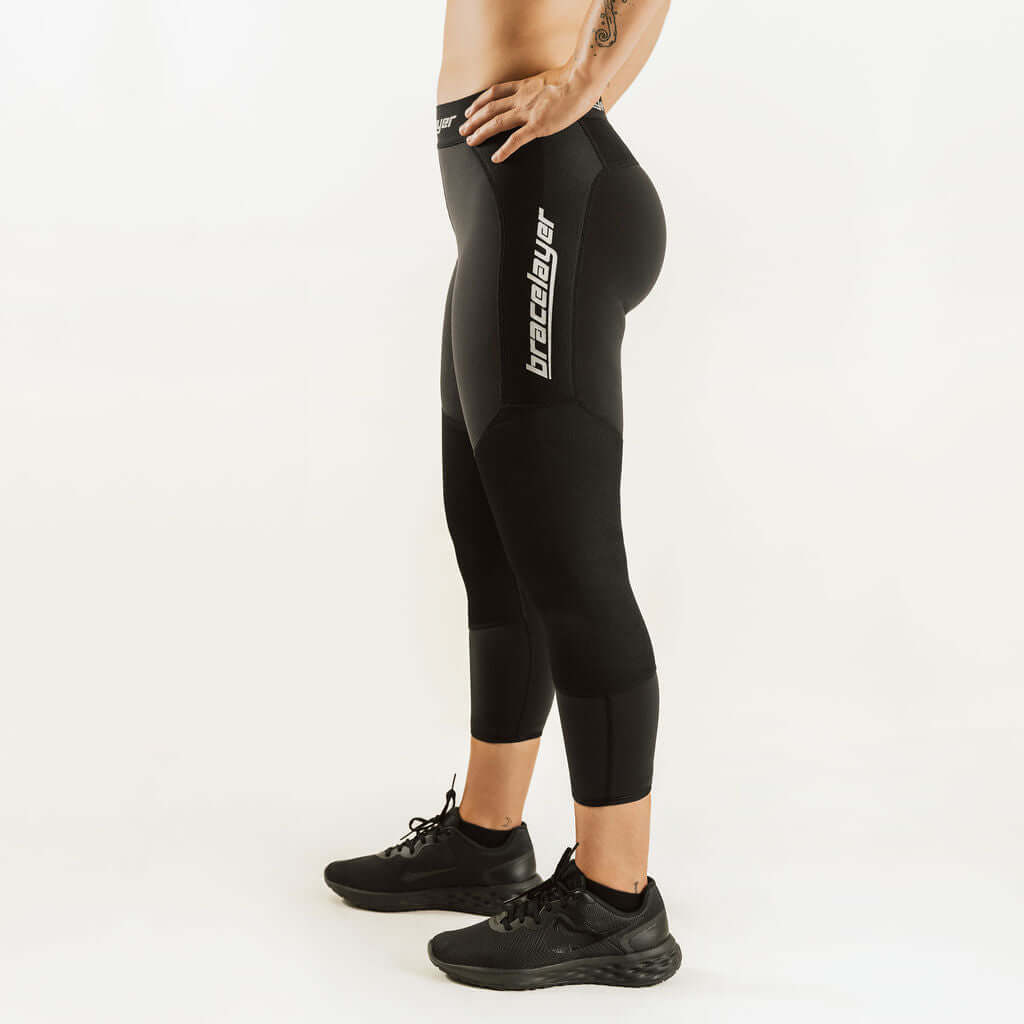

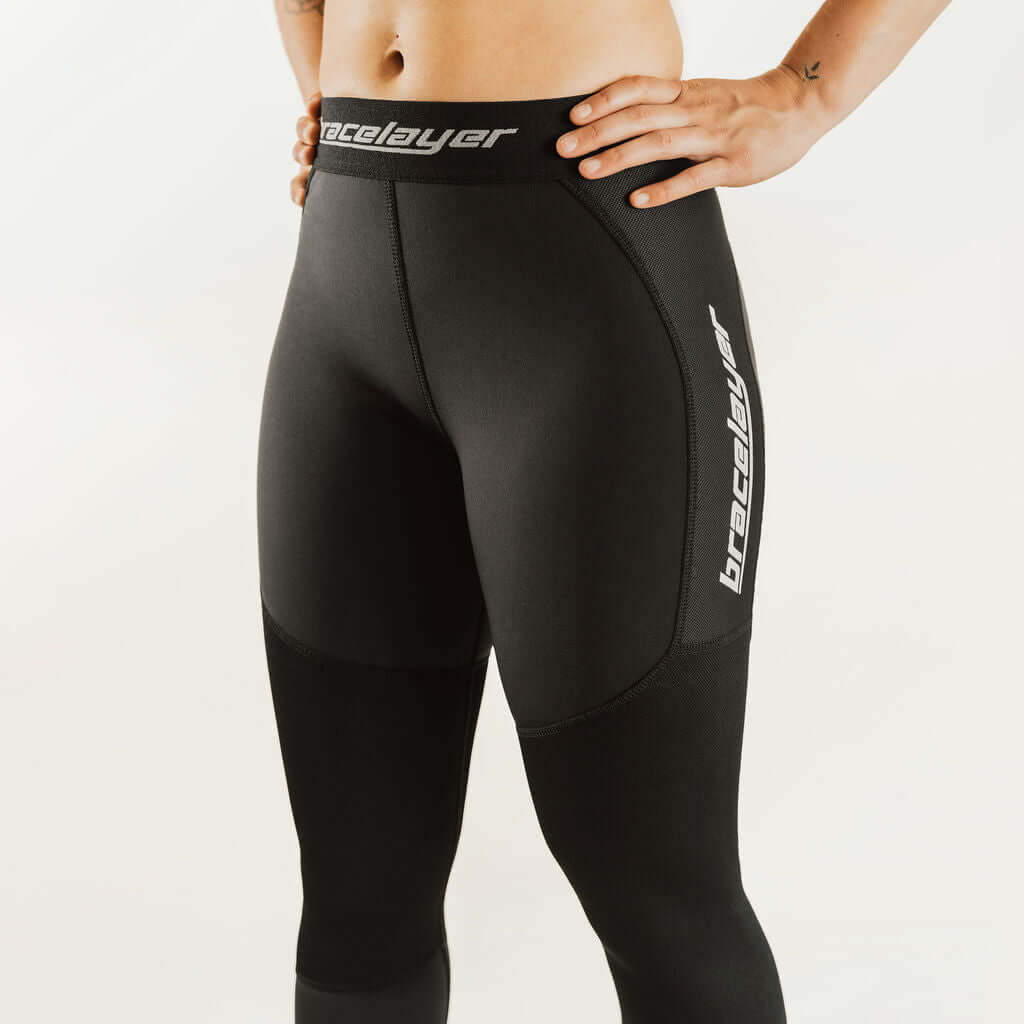
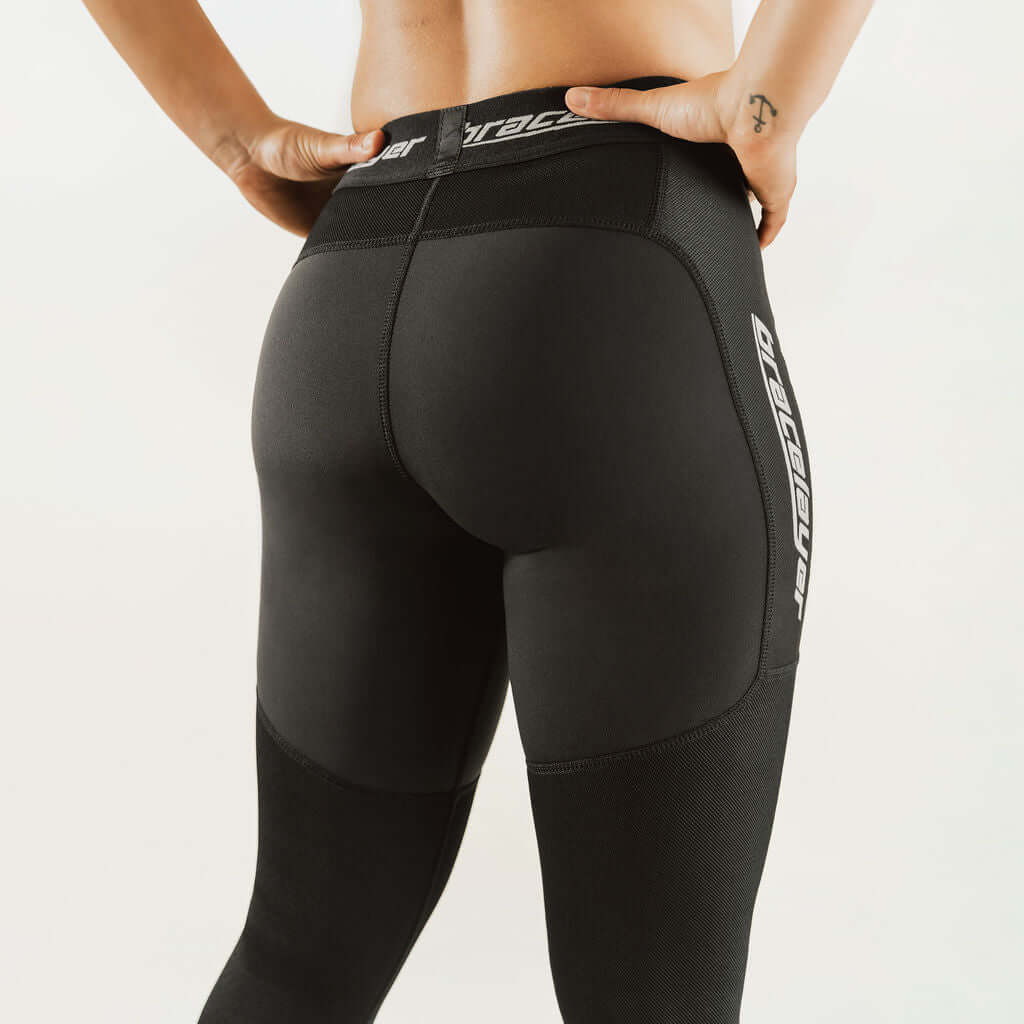
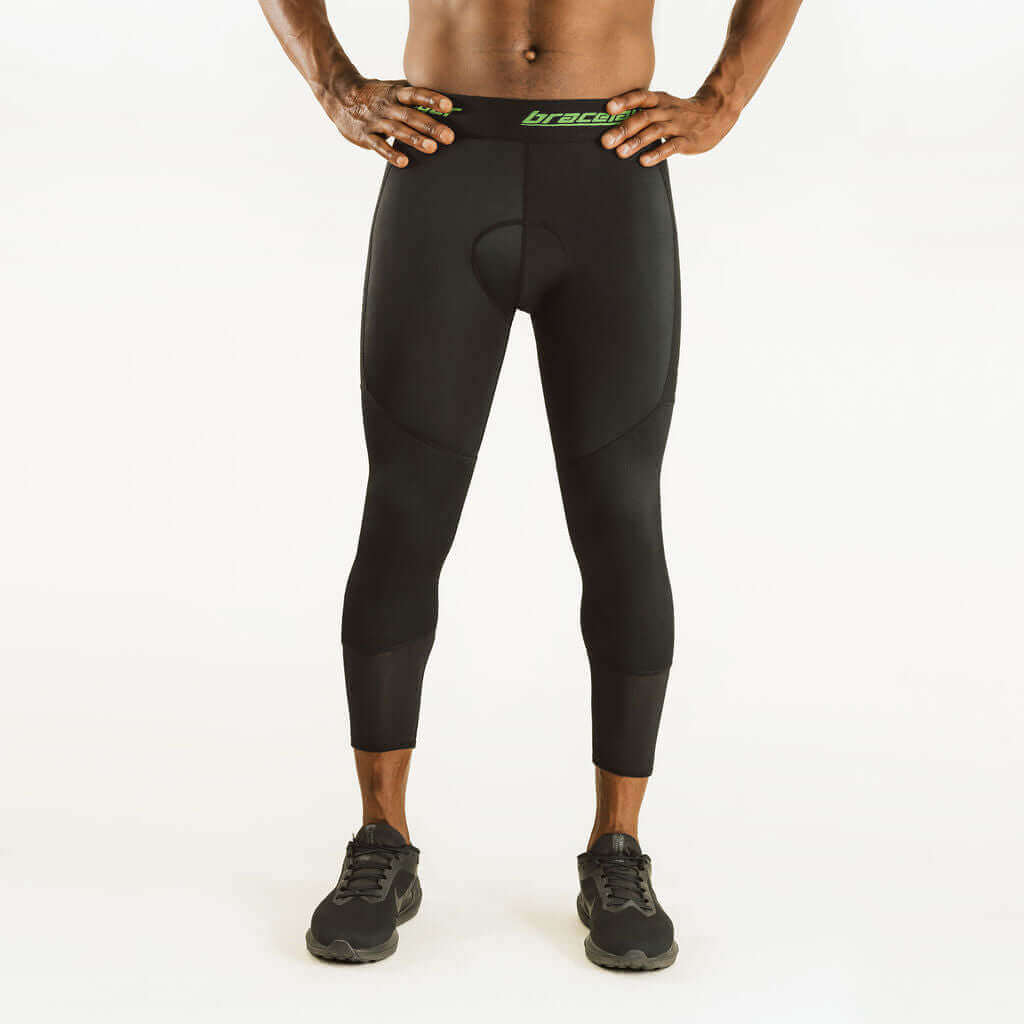
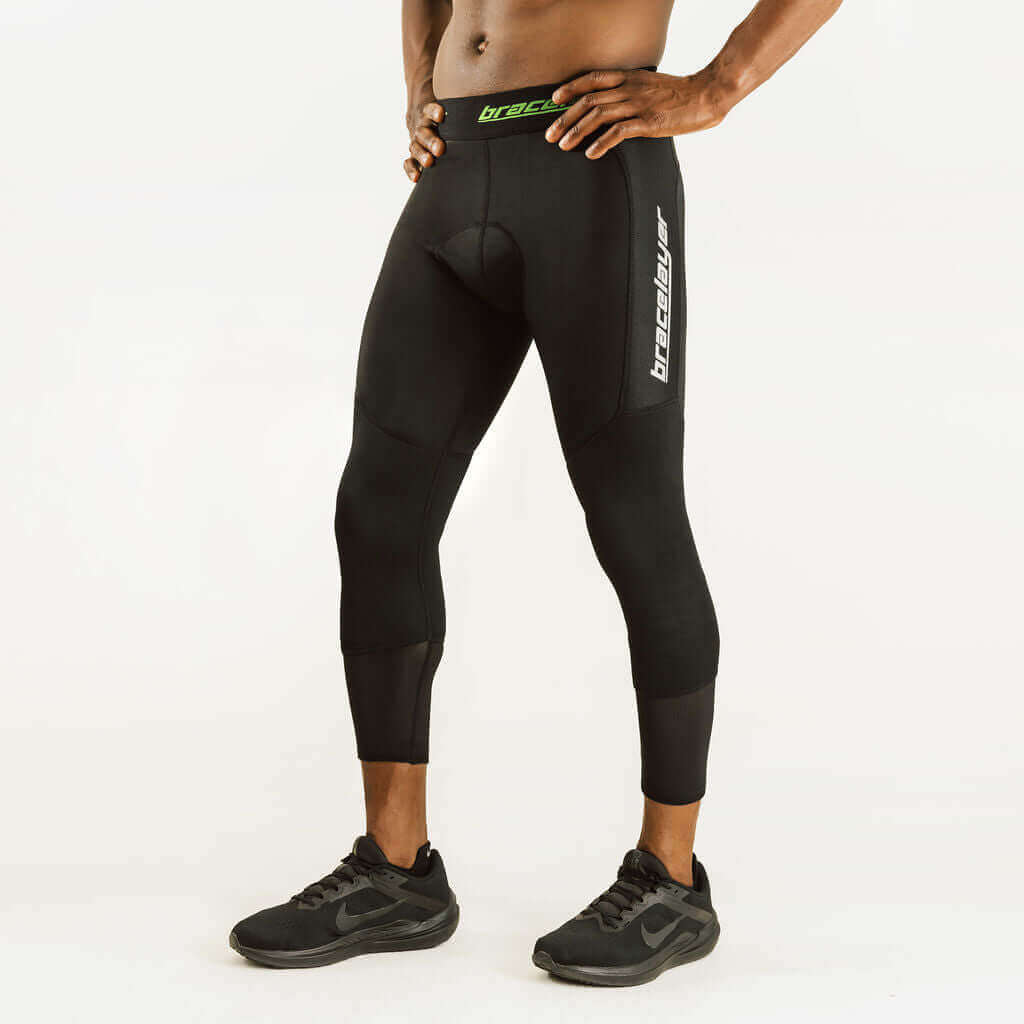
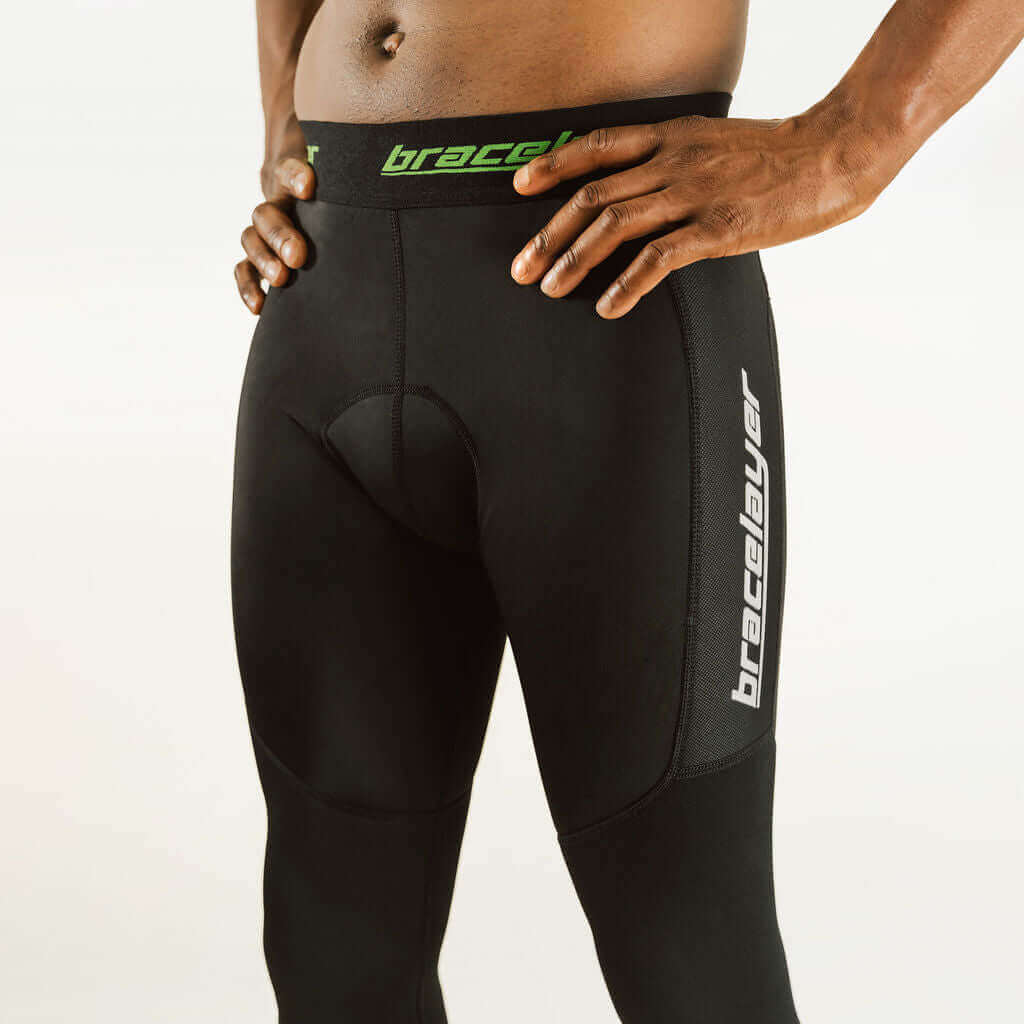
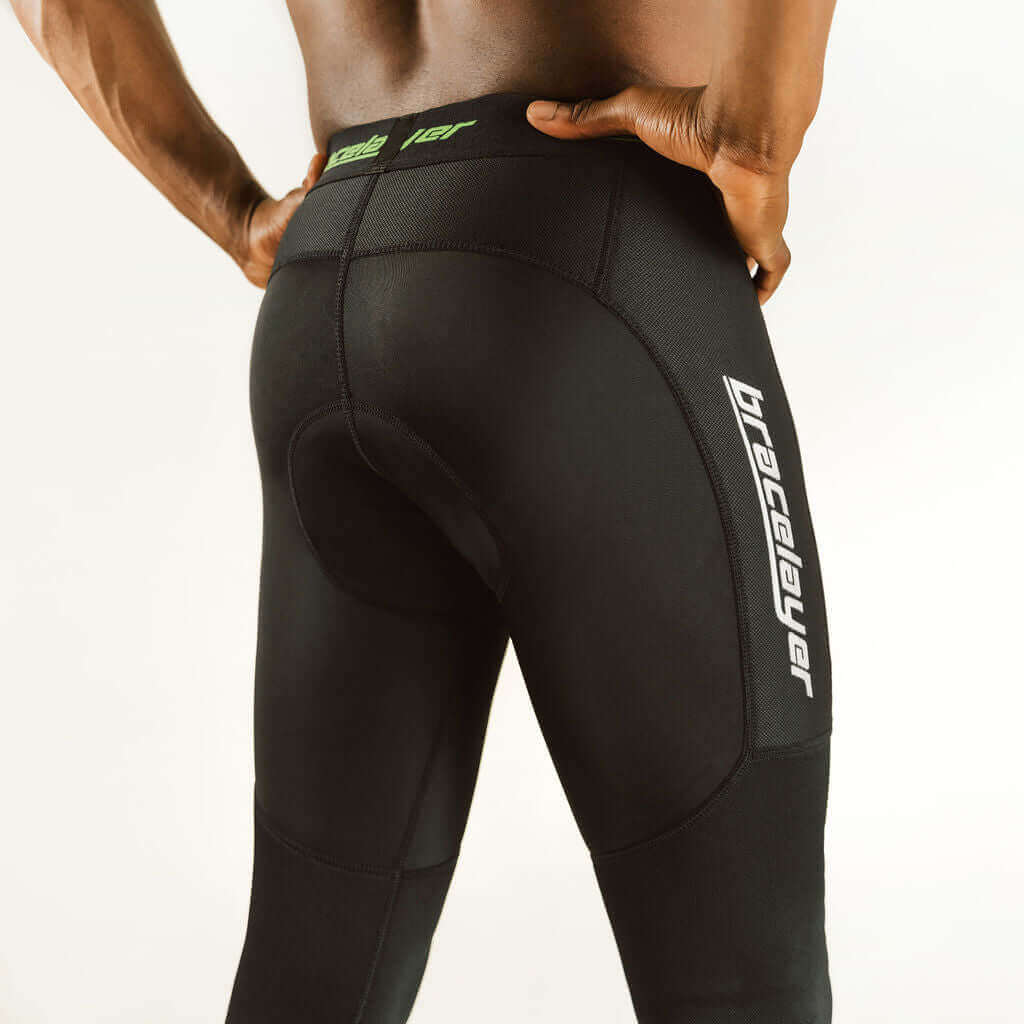


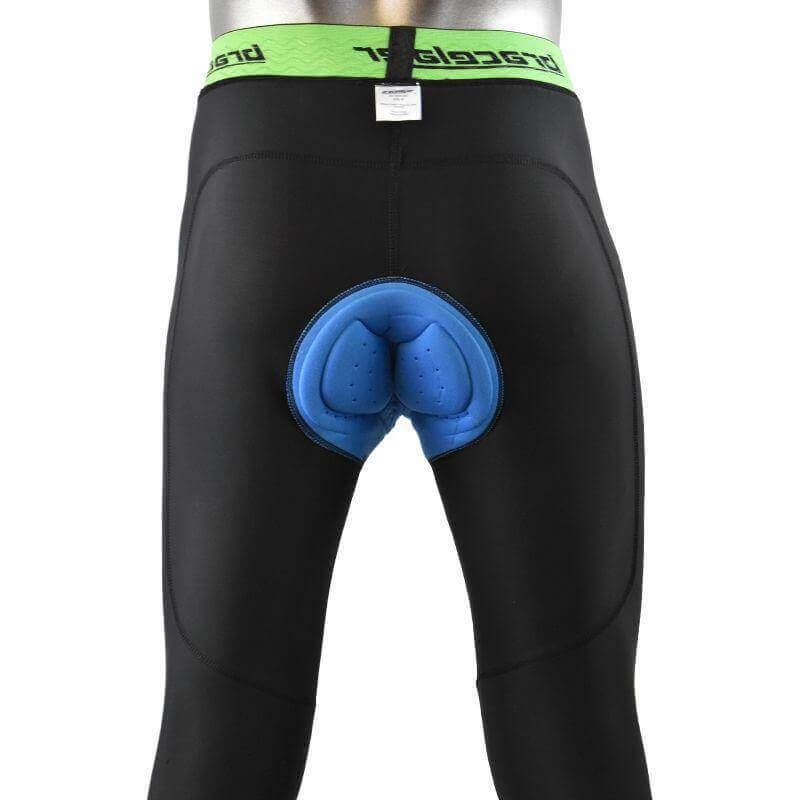

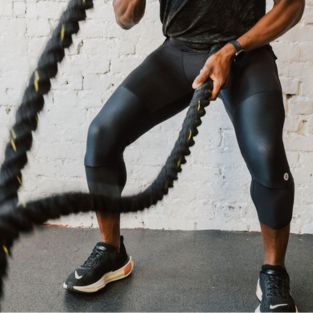
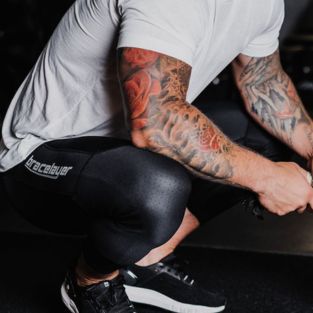
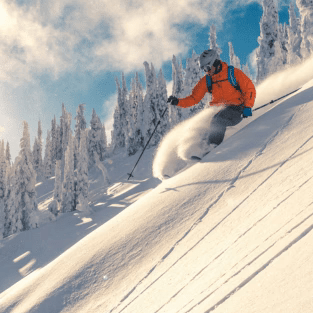
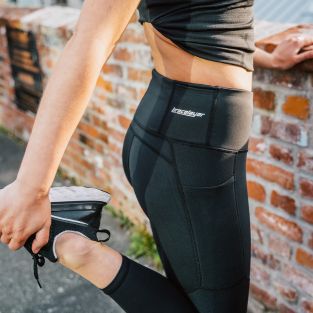
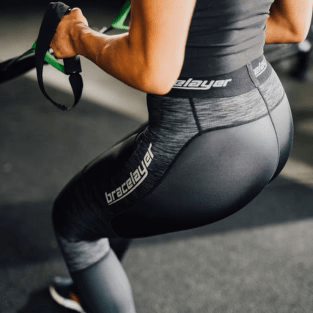
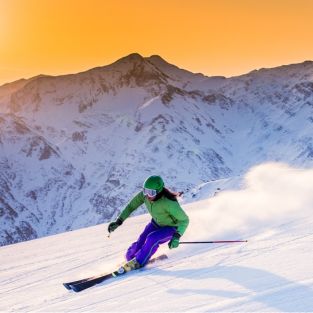

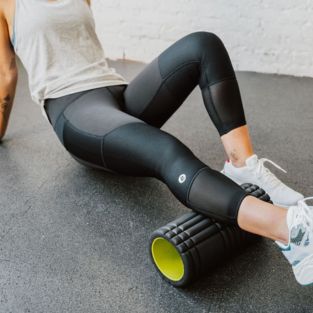
Leave a comment